Foreign nationals seeking seasonal employment in the United States must take note of recent changes in the H-2B visa program. As of April 18, 2025, the U.S. Citizenship and Immigration Services (USCIS) has confirmed that the cap for an additional 19,000 H-2B visas designated for returning workers in the early second half of fiscal year 2025 has been fully reached.
This update is particularly relevant for U.S. employers aiming to hire seasonal workers for job start dates between April 1 and May 14, 2025. The quota has been met, suggesting that the limit for this specific group of visas has likely been exhausted, and no new petitions under this allocation will be accepted.
The H-2B visa is a nonimmigrant work visa that enables U.S. employers to temporarily bring in foreign workers to fill non-agricultural roles during times when there are not enough American workers available to do the job. This visa category is commonly utilized by industries such as hospitality, landscaping, construction, seafood processing, as well as amusement and recreation. Its primary objective is to support U.S. businesses that face workforce shortages during peak seasons and other short-term labor demands.
Even though the 19,000 additional visas for returning workers are no longer available, 20,000 H-2B visas still remain for workers from a specific group of countries. These countries include El Salvador, Guatemala, Honduras, Haiti, Colombia, Ecuador, and Costa Rica. Importantly, foreign nationals from these seven nations do not have to meet the returning worker criteria that applied to the 19,000-cap visas.
This reserved set of visas serves a dual purpose: it provides more legal avenues for foreign employment in the U.S. and strengthens collaborative efforts with key regional partners. According to USCIS, “This carve-out aims to promote legal migration pathways and strengthen regional workforce partnerships.”
To be eligible for an H-2B visa, both the employer and the prospective employee must meet specific criteria. For U.S. employers, eligibility hinges on proving that their need for foreign labor is temporary—whether seasonal, based on peak load, intermittent, or a one-time occurrence. In addition, they must demonstrate that there are no qualified and available American workers to fill the roles and must secure a temporary labor certification from the U.S. Department of Labor.
On the other hand, foreign nationals must belong to a country approved for participation in the H-2B visa program. For the 19,000 returning worker allocation, eligibility required prior H-2B visa approval during fiscal years 2022, 2023, or 2024. However, the 20,000 reserved visas for the seven designated countries do not impose such a requirement.
The list of countries whose nationals are eligible for the H-2B visa program is determined each year by the Secretary of Homeland Security, in coordination with the Secretary of Labor and the Secretary of State. The latest list, effective as of November 8, 2024, includes the following nations: Andorra, Argentina, Australia, Austria, Barbados, Belgium, Belize, Bolivia, Bosnia and Herzegovina, Brazil, Brunei, Bulgaria, Canada, Chile, Colombia, Costa Rica, Croatia, Cyprus, Czech Republic, Denmark, Dominican Republic, Ecuador, El Salvador, Estonia, Eswatini, Fiji, Finland, France, Germany, Greece, Grenada, Guatemala, Haiti, Honduras, Hungary, Iceland, Ireland, Israel, Italy, Jamaica, Japan, Kiribati, Latvia, Liechtenstein, Lithuania, Luxembourg, Madagascar, Malta, Mauritius, Mexico, Monaco, Mongolia, Montenegro, Mozambique, Nauru, Netherlands, New Zealand, Nicaragua, North Macedonia, Norway, Panama, Papua New Guinea, Paraguay, Peru, Philippines, Poland, Portugal, Republic of Cyprus, Romania, Saint Lucia, San Marino, Serbia, Singapore, Slovakia, Slovenia, Solomon Islands, South Africa, South Korea, Spain, St. Vincent and the Grenadines, Sweden, Switzerland, Taiwan, Thailand, Timor-Leste, Turkey, Tuvalu, Ukraine, United Kingdom, United States, Uruguay, and Vanuatu.
This comprehensive list highlights the global reach of the H-2B visa program. However, the seven designated Central and South American countries—El Salvador, Guatemala, Honduras, Haiti, Colombia, Ecuador, and Costa Rica—have been specifically carved out in this latest allotment of 20,000 visas, making it easier for nationals of these countries to participate without prior H-2B visa history.
For potential workers from these regions, the opportunity remains significant. If you are a national of one of these countries and are seeking seasonal work in the US, exploring the H-2B visa could be a viableoption.
Employers should also take note of what steps to take now that the cap for returning workers has been filled. If a business is facing serious operational challenges due to labor shortages, it might still be eligible to submit a petition—provided it plans to hire workers from the 20,000-reserved pool. Otherwise, the USCIS has made it clear that new applications under the returning worker category will no longer be considered.
Additionally, employers must comply with all documentation and filing protocols, including the submission of Form I-129 and all labor certification requirements. Failure to meet these administrative obligations can result in delays or denials, even if the employer is otherwise eligible.
The key message here is that while one pathway has closed, another remains open. The H-2B visa continues to play a pivotal role for industries in the U.S. experiencing seasonal workforce shortages. Moreover, it provides a vital, lawful route for foreign workers who want to contribute to the U.S. economy on a temporary basis.
While the early second-half cap for returning H-2B workers has been filled, there’s still a significant opportunity for employers and workers from seven eligible countries. The H-2B program remains a critical lifeline for industries facing labour shortages and a valuable legal pathway for foreign workers seeking temporary employment in the U.S.
In summary, even though the specific allocation for returning workers under the H-2B program has reached its limit, hopeful applicants from select Central and South American nations still have a substantial chance of securing seasonal employment in the United States. U.S. employers struggling with labor gaps should pivot toward this remaining option if they wish to meet staffing needs for the upcoming season.

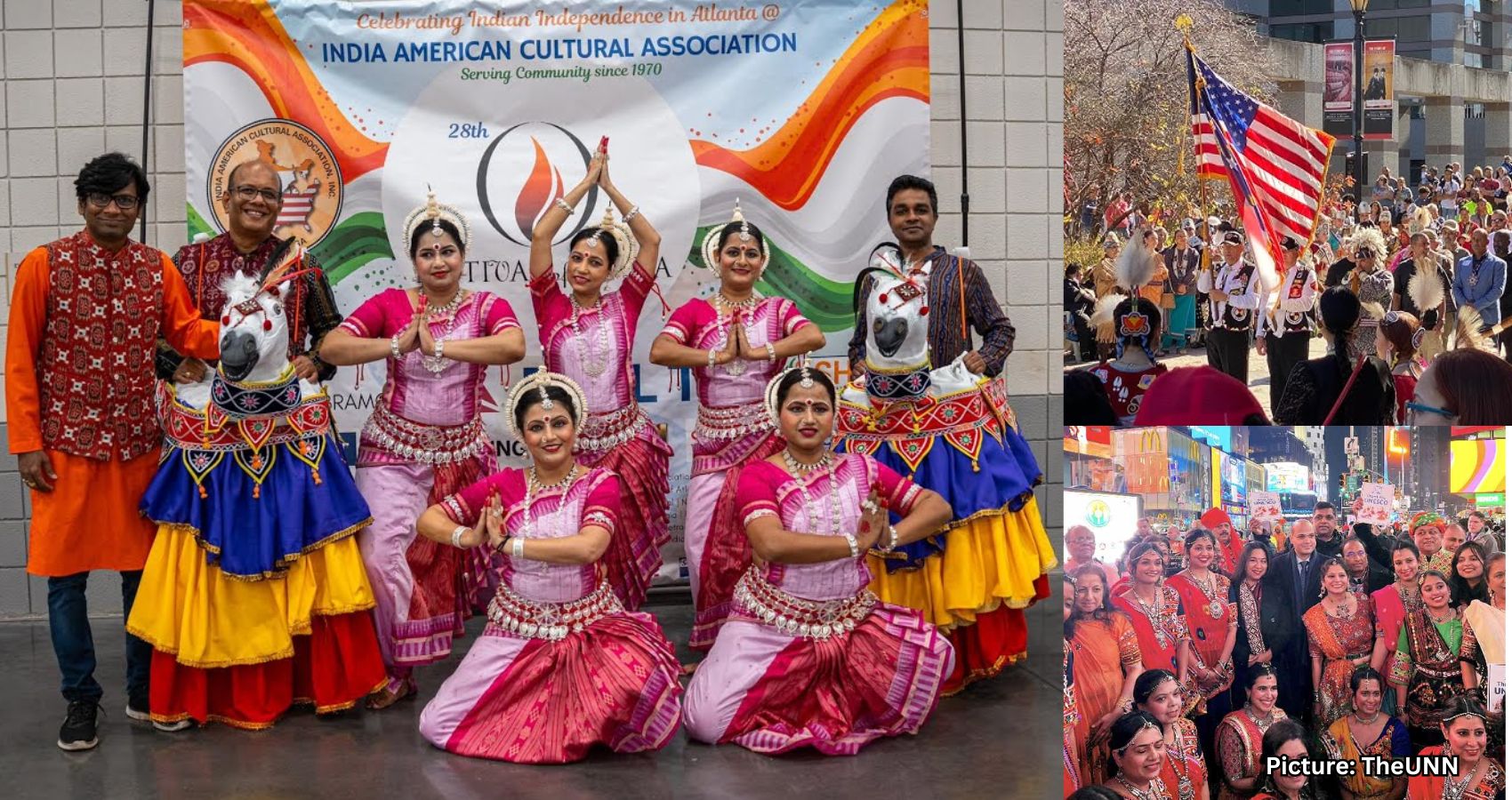
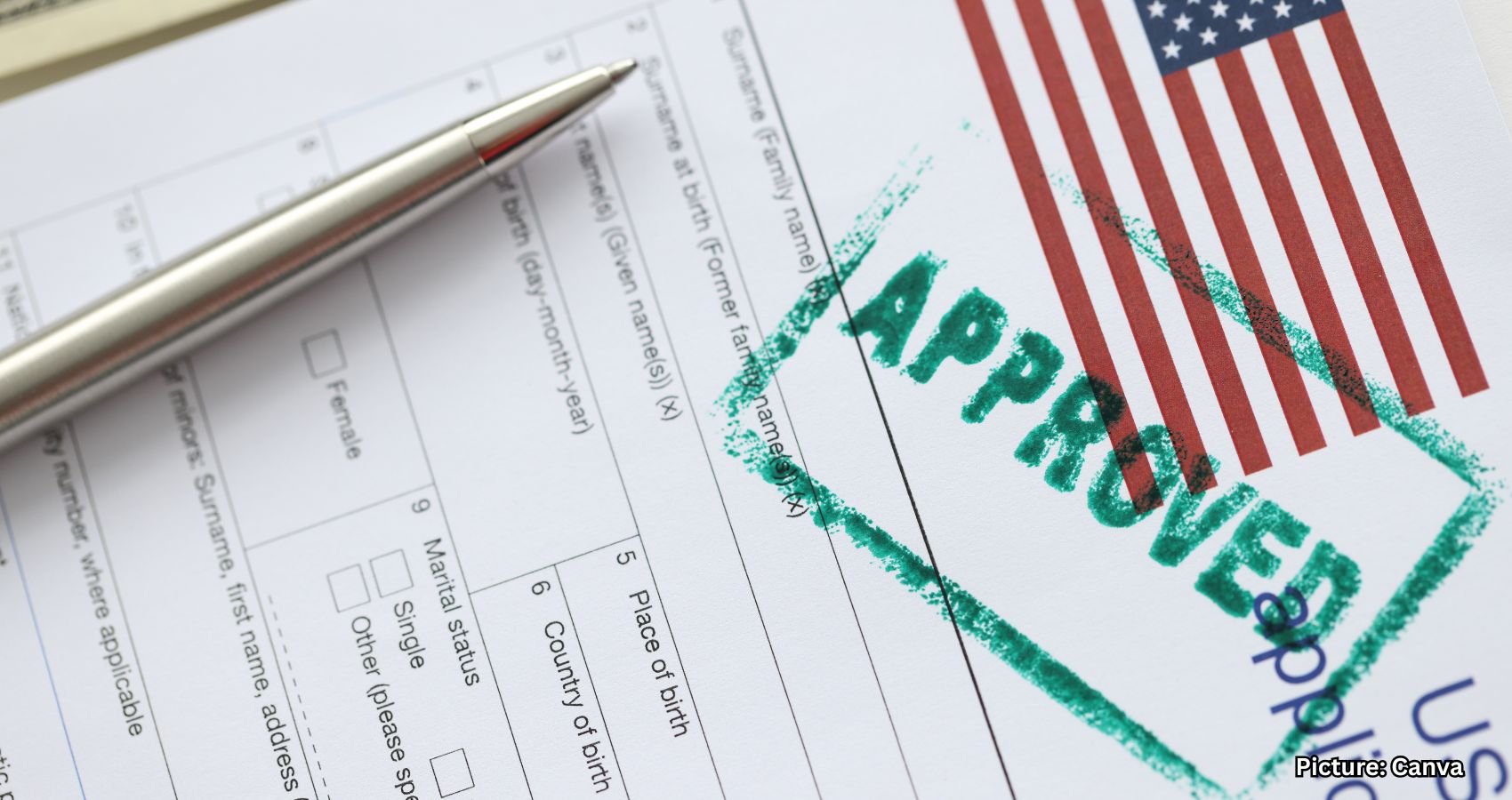
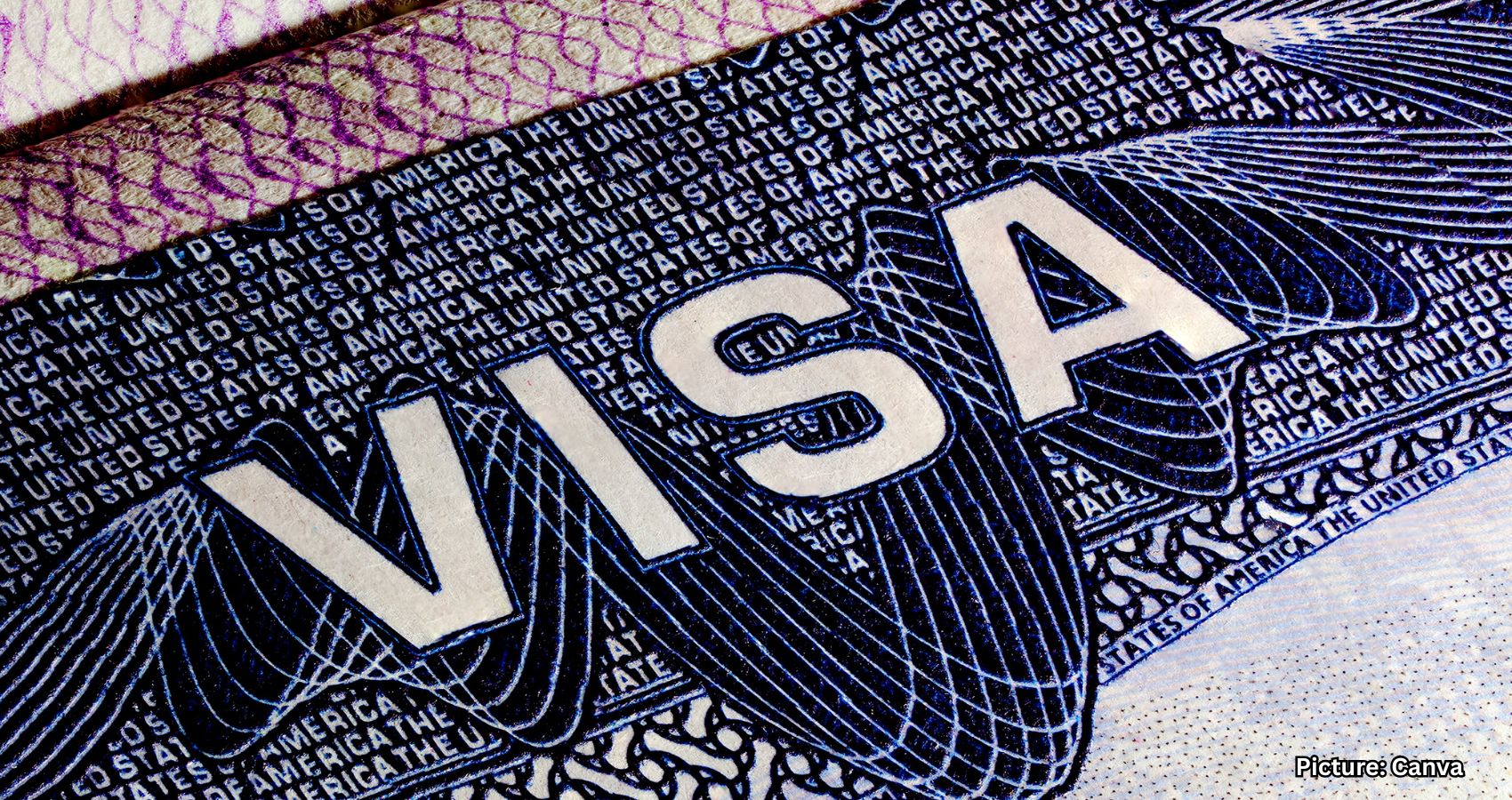



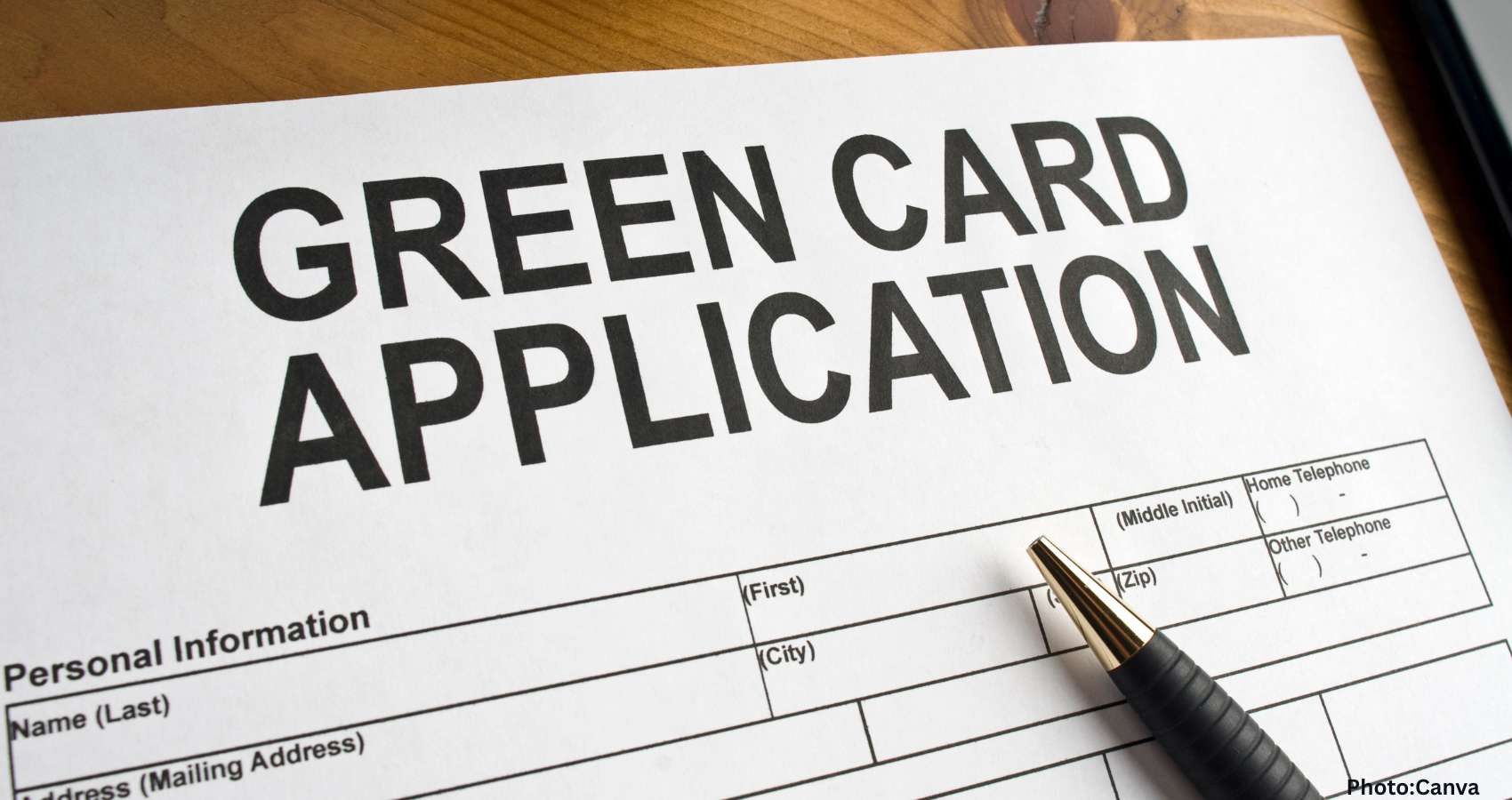
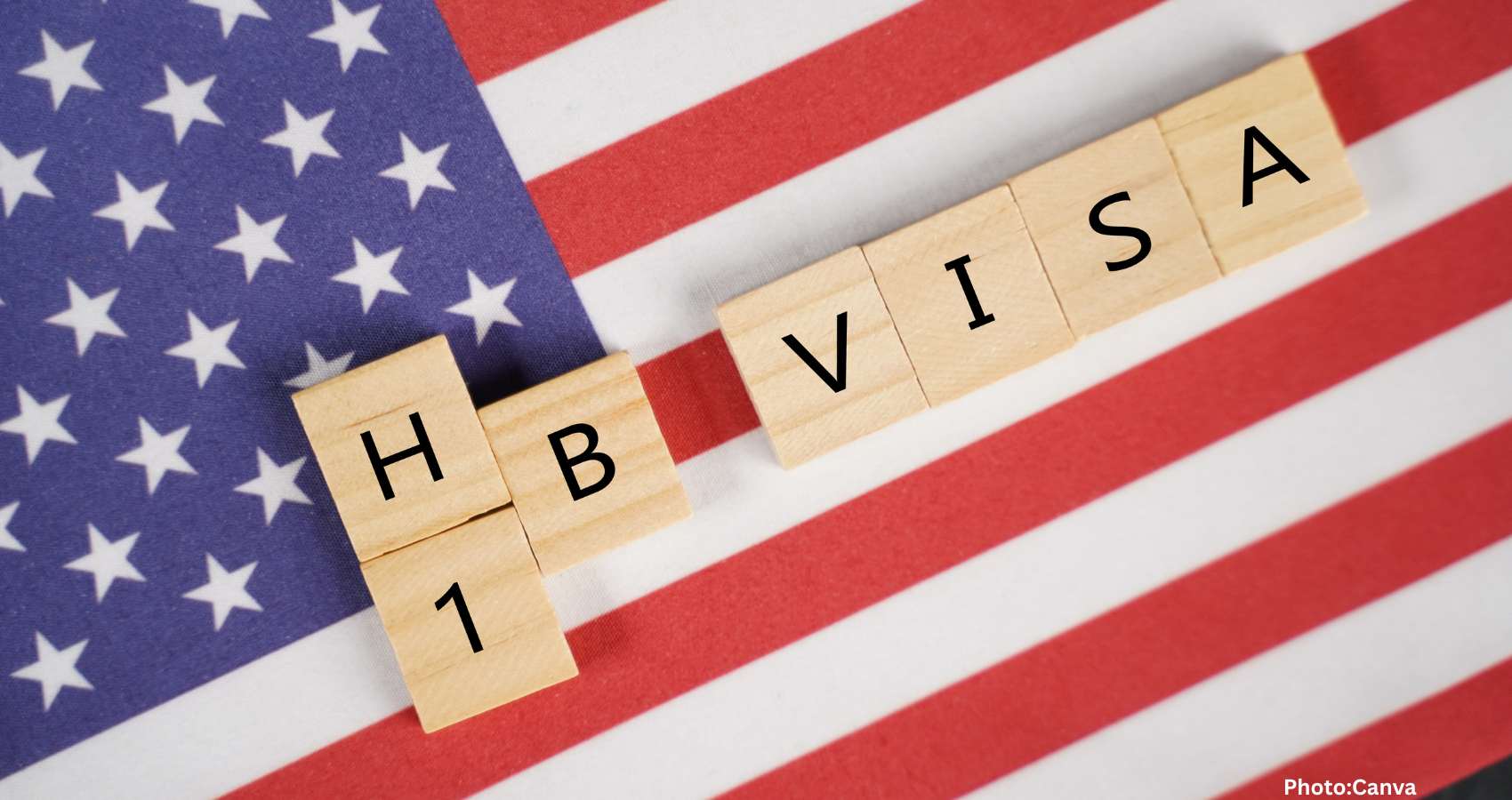
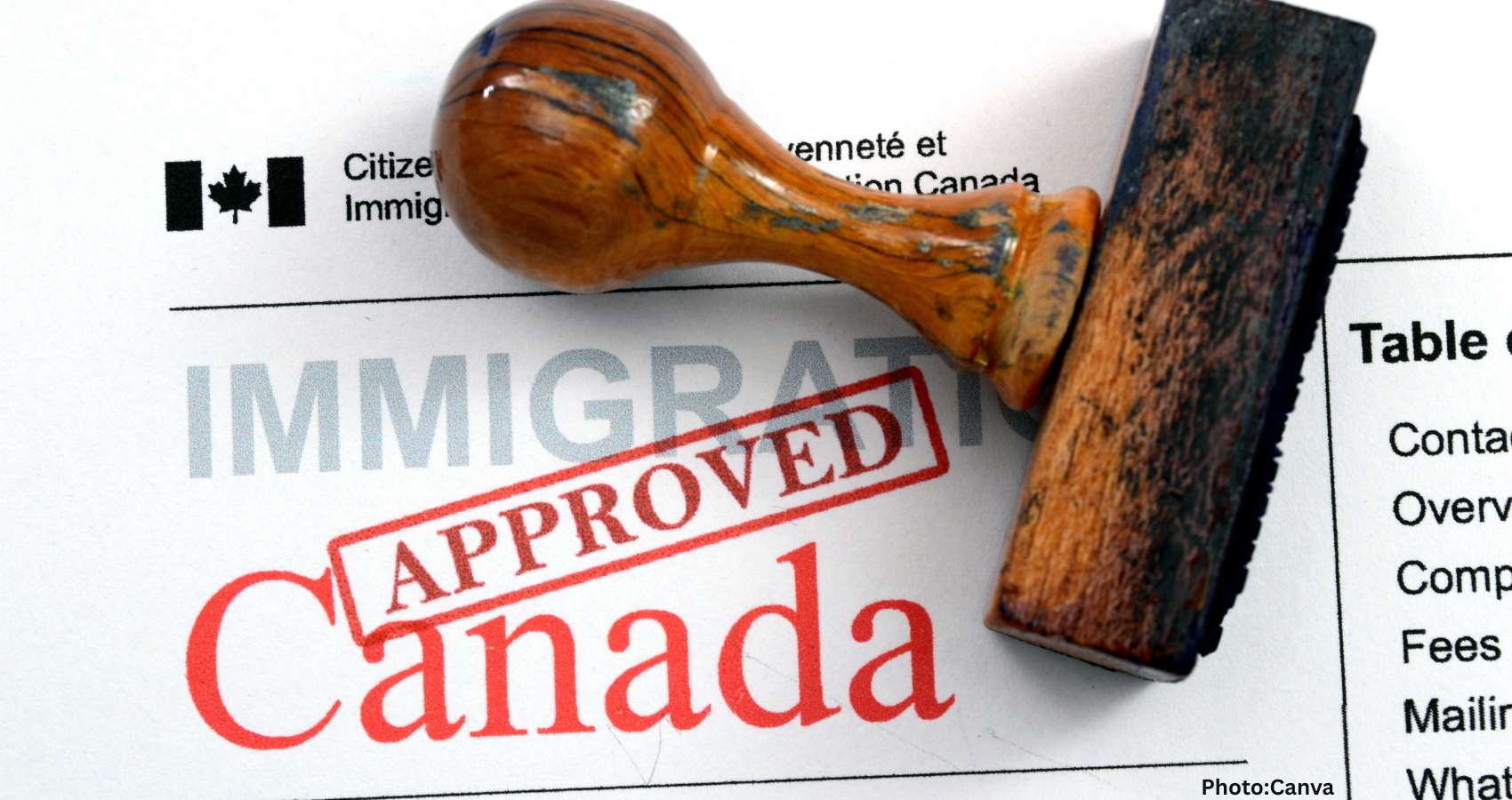
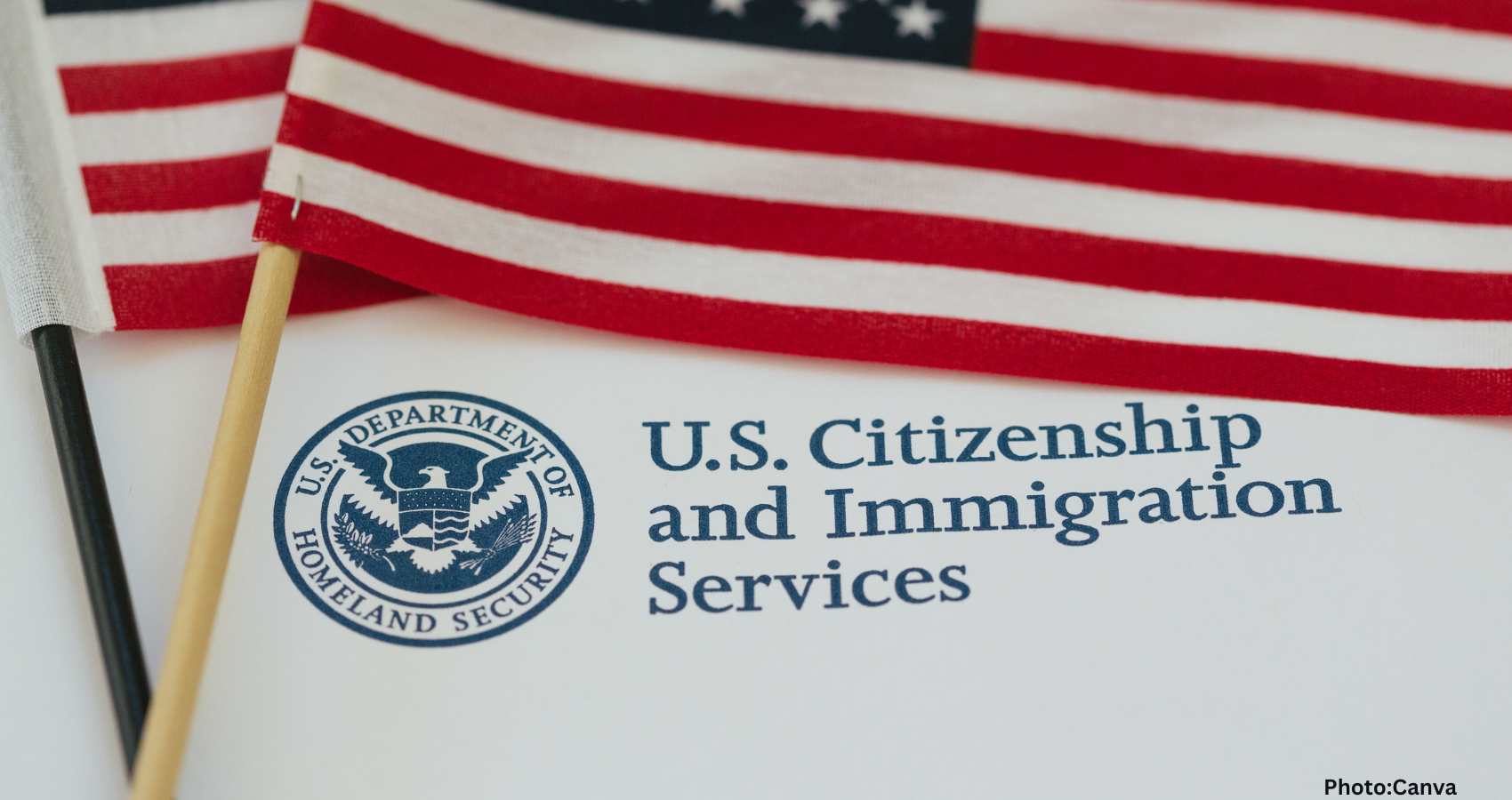
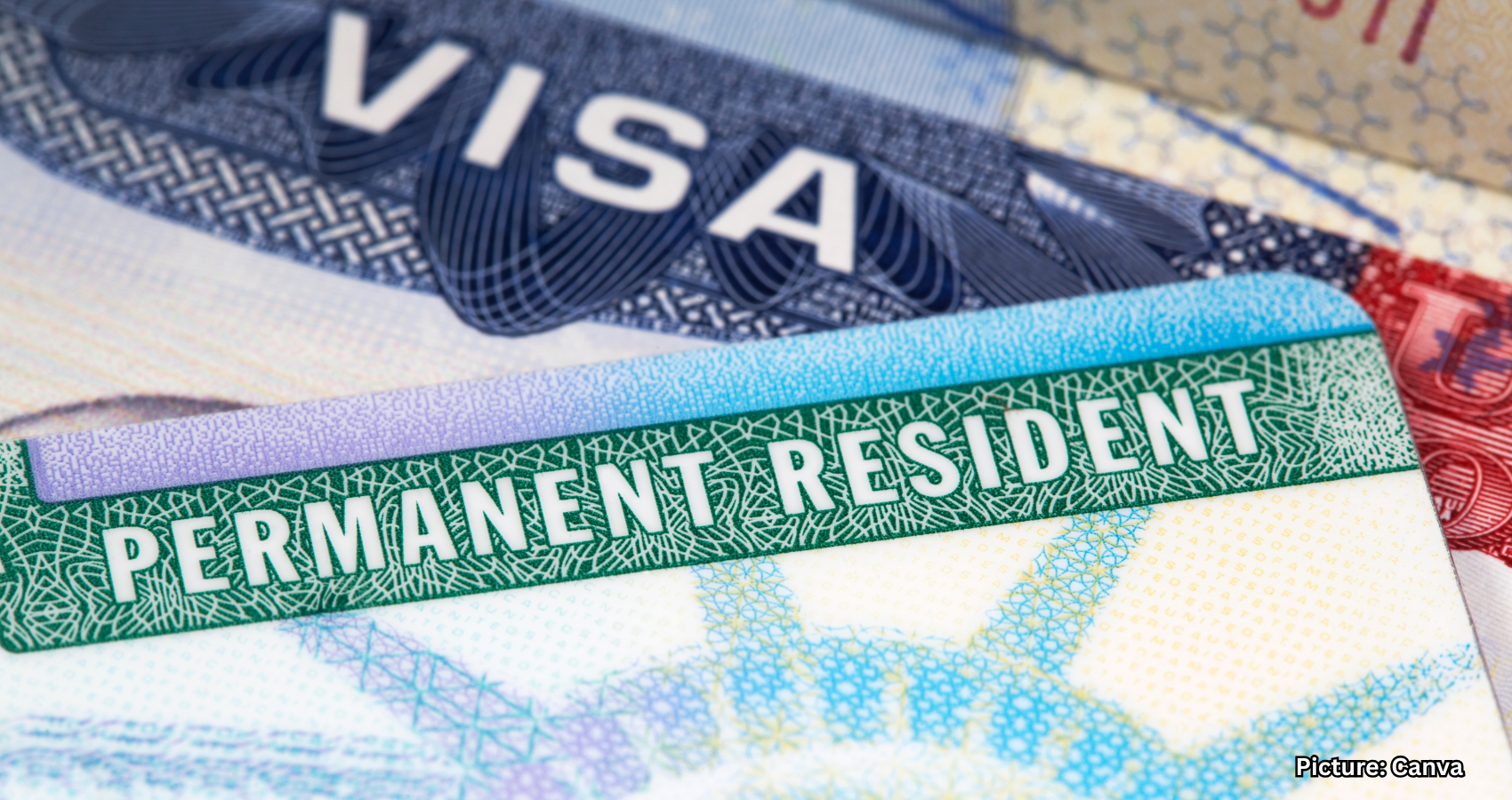
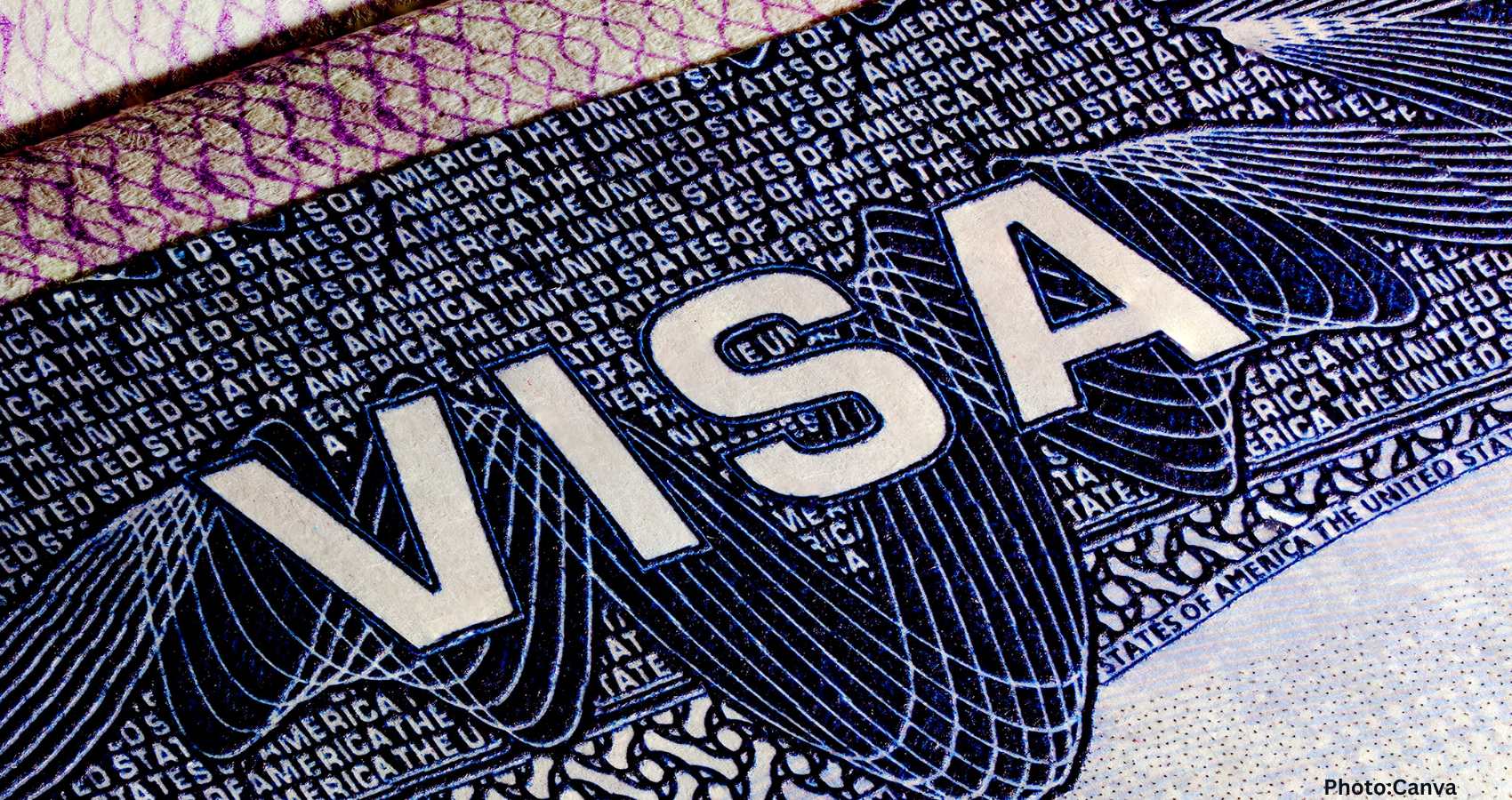
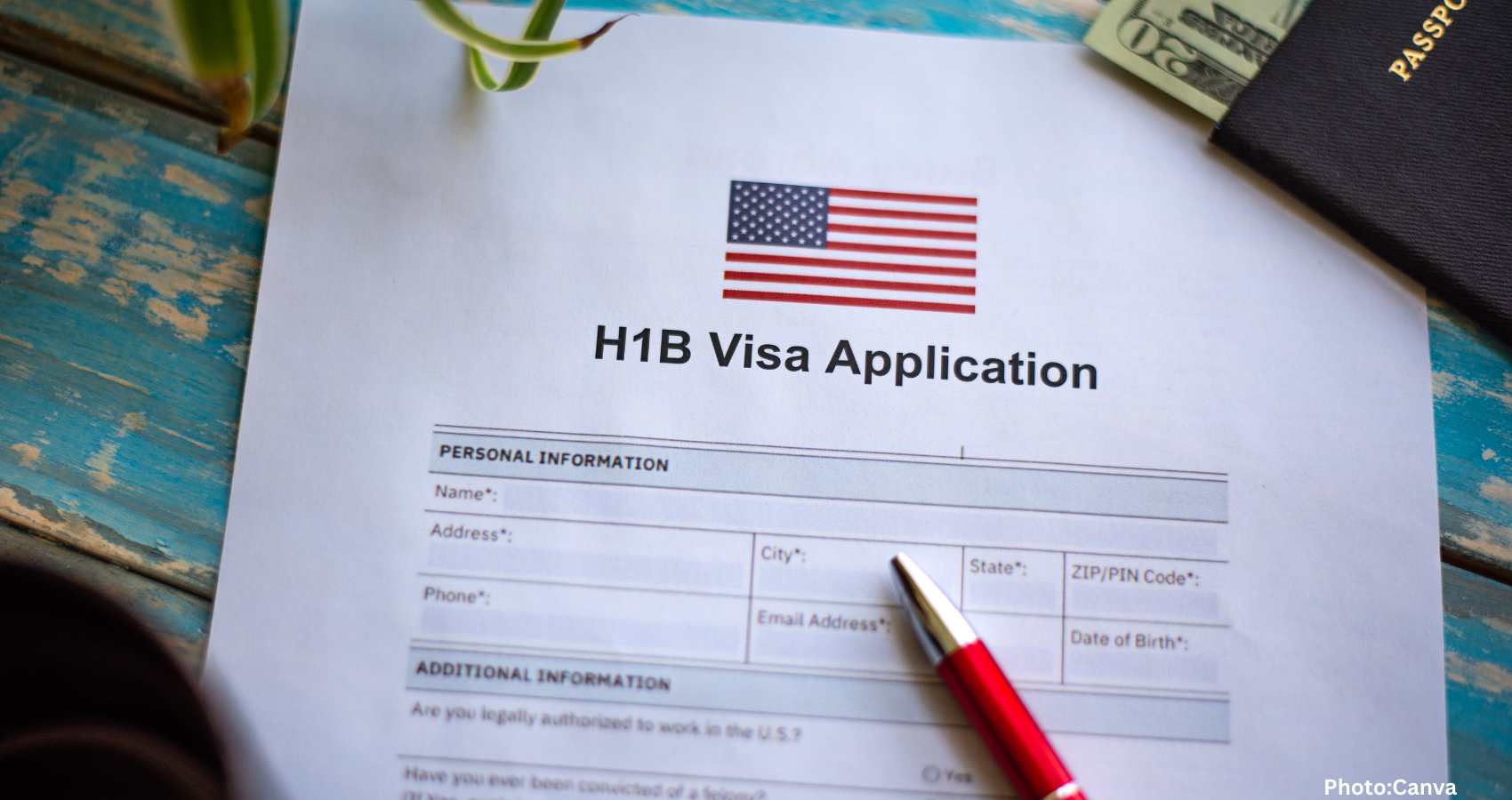
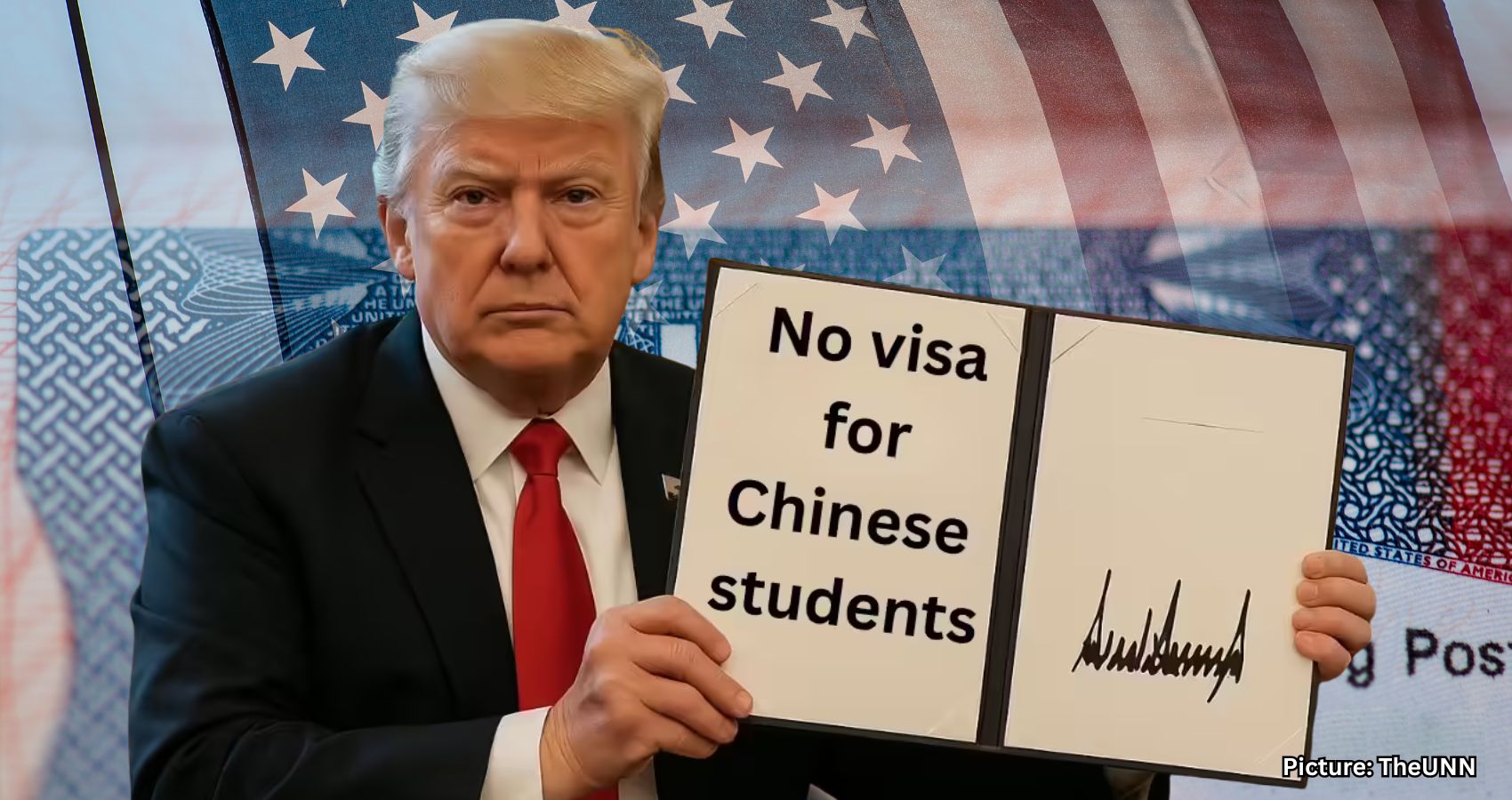



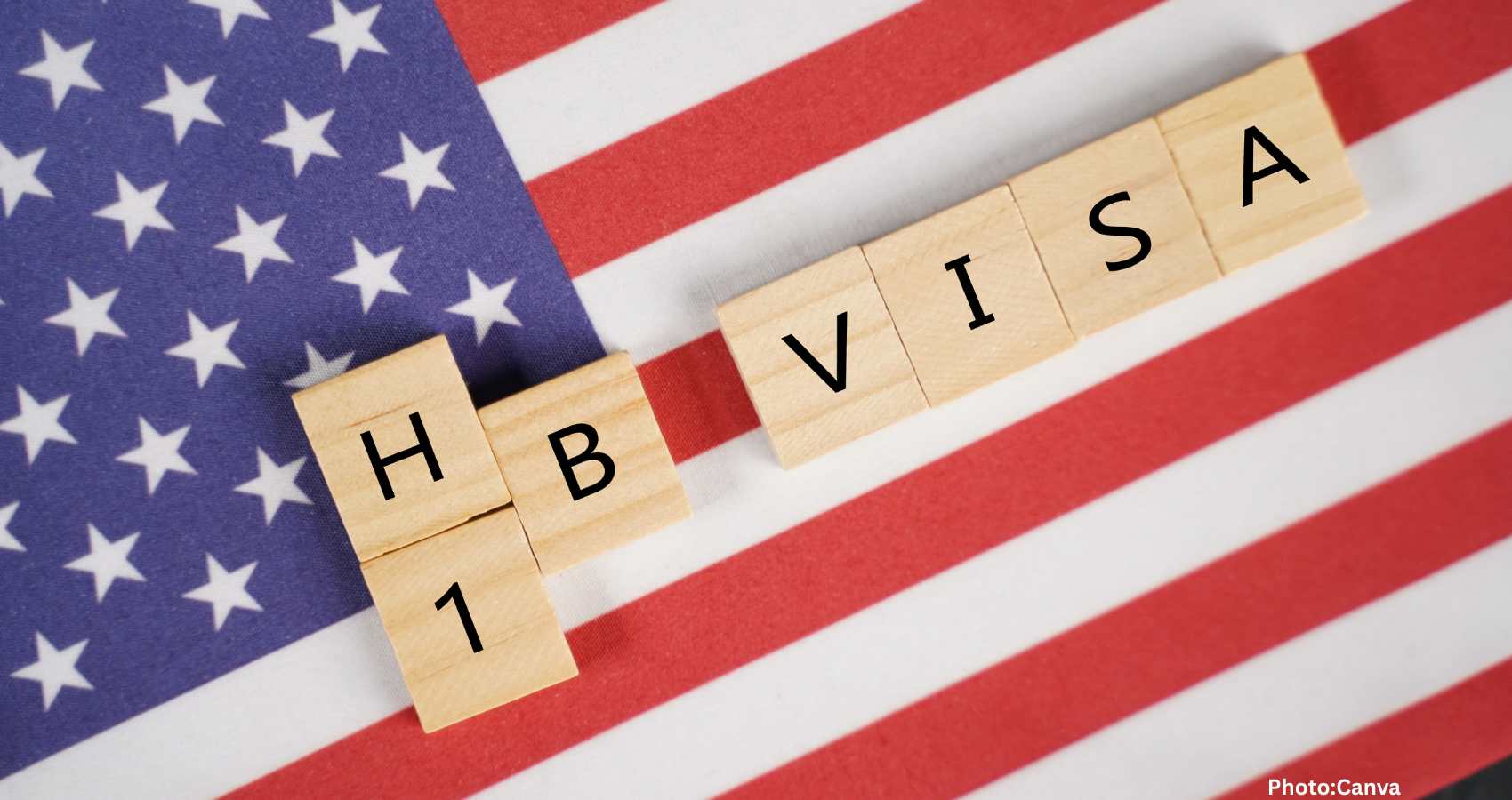
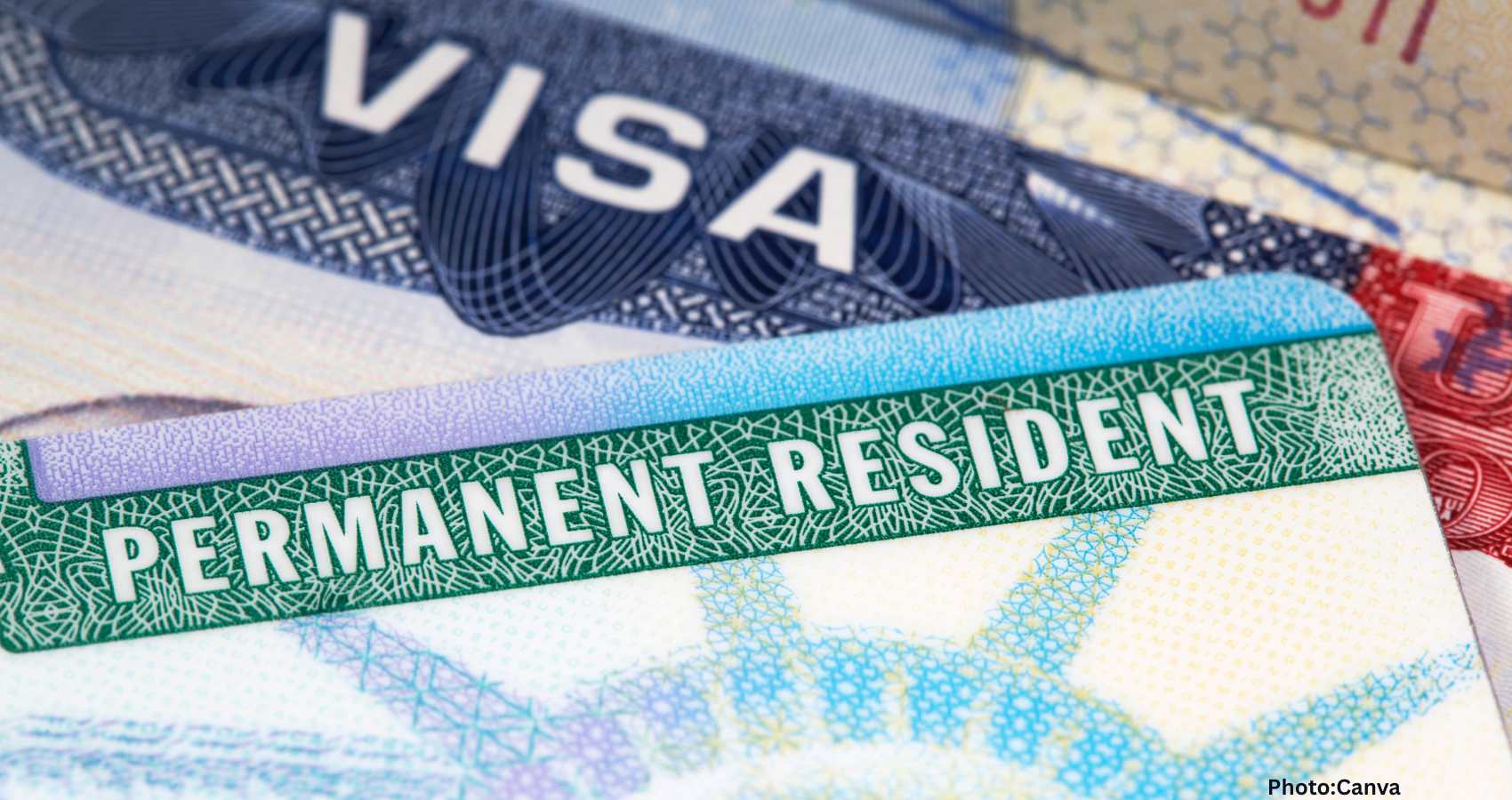

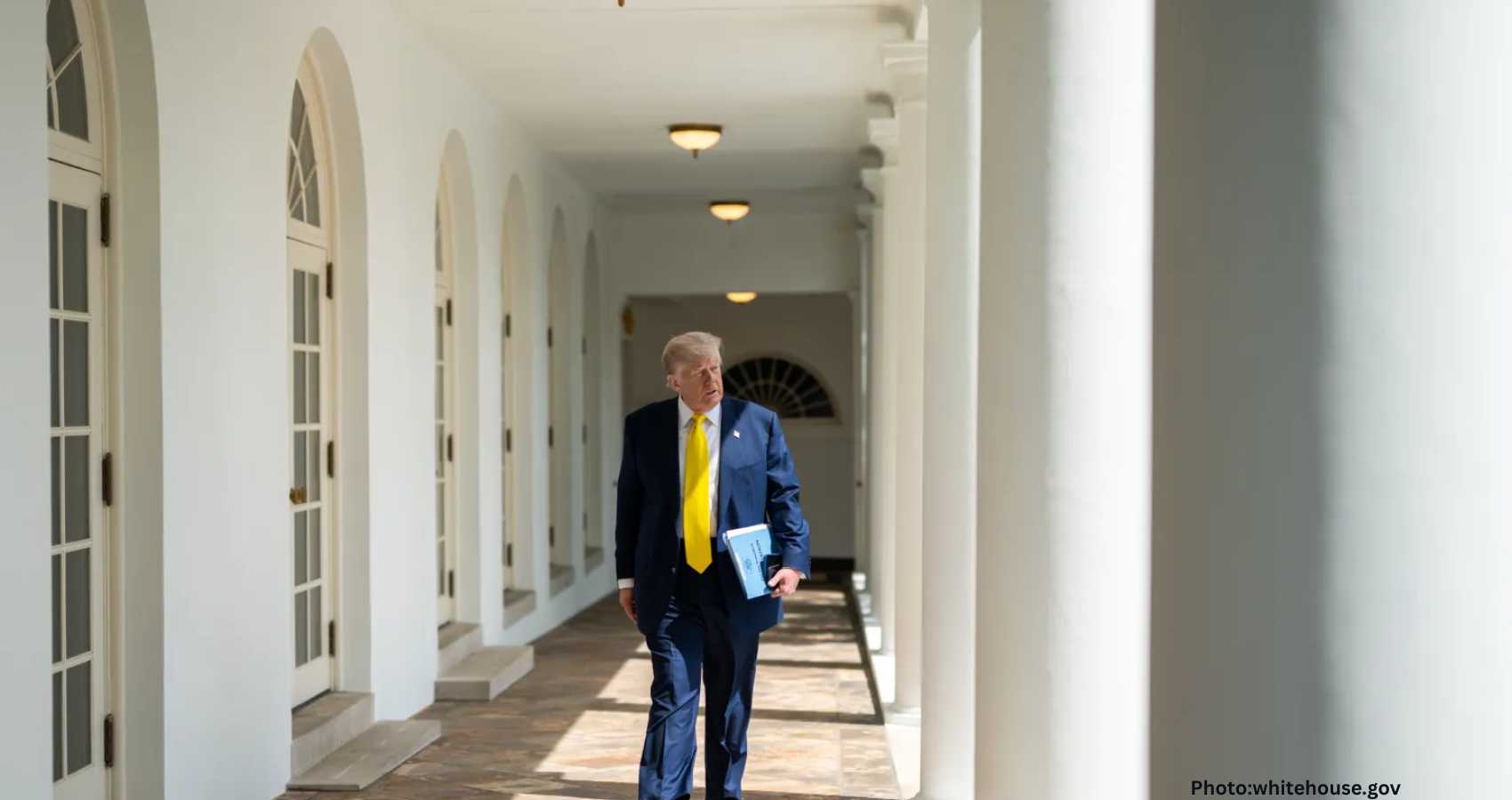
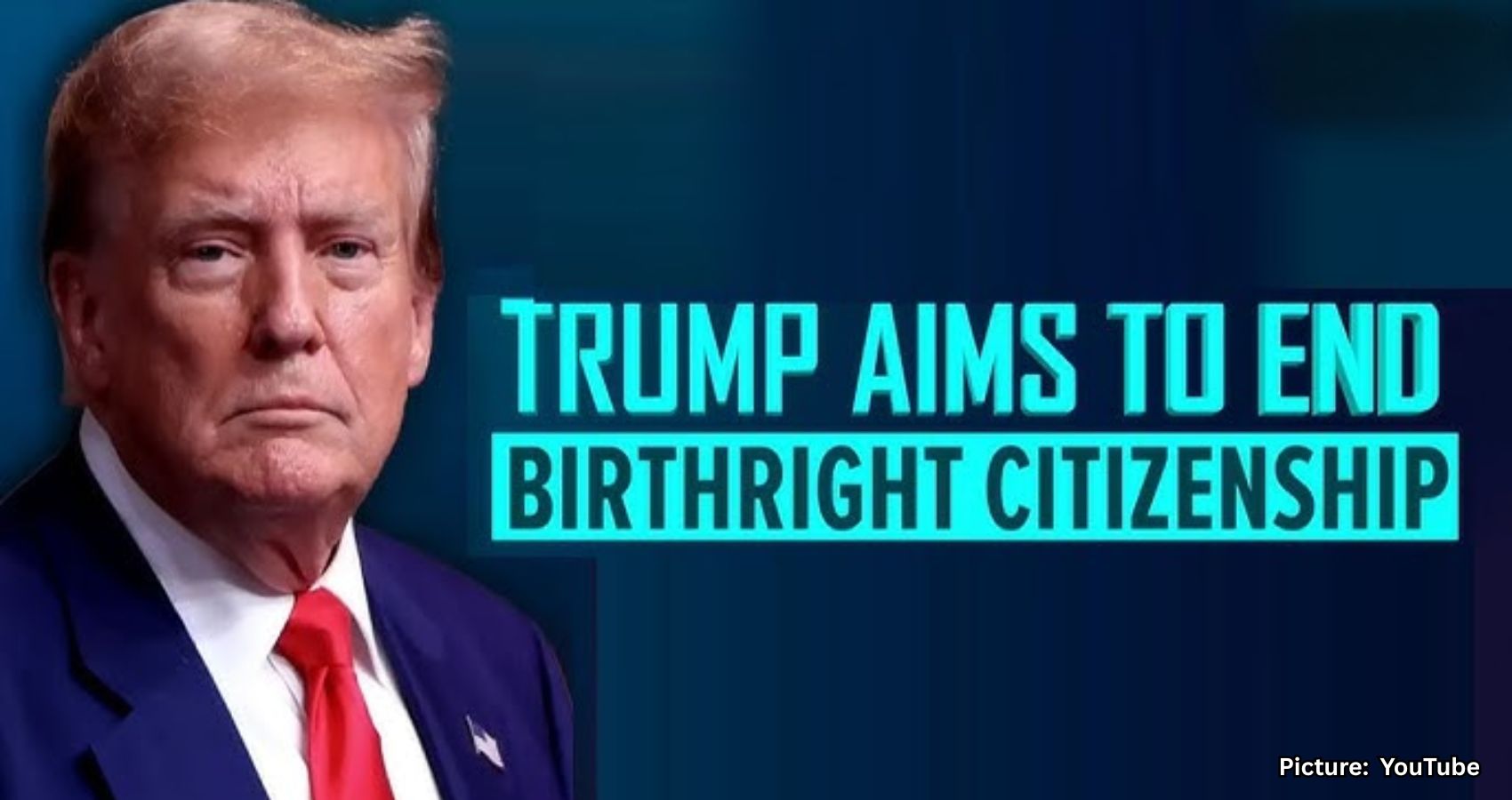
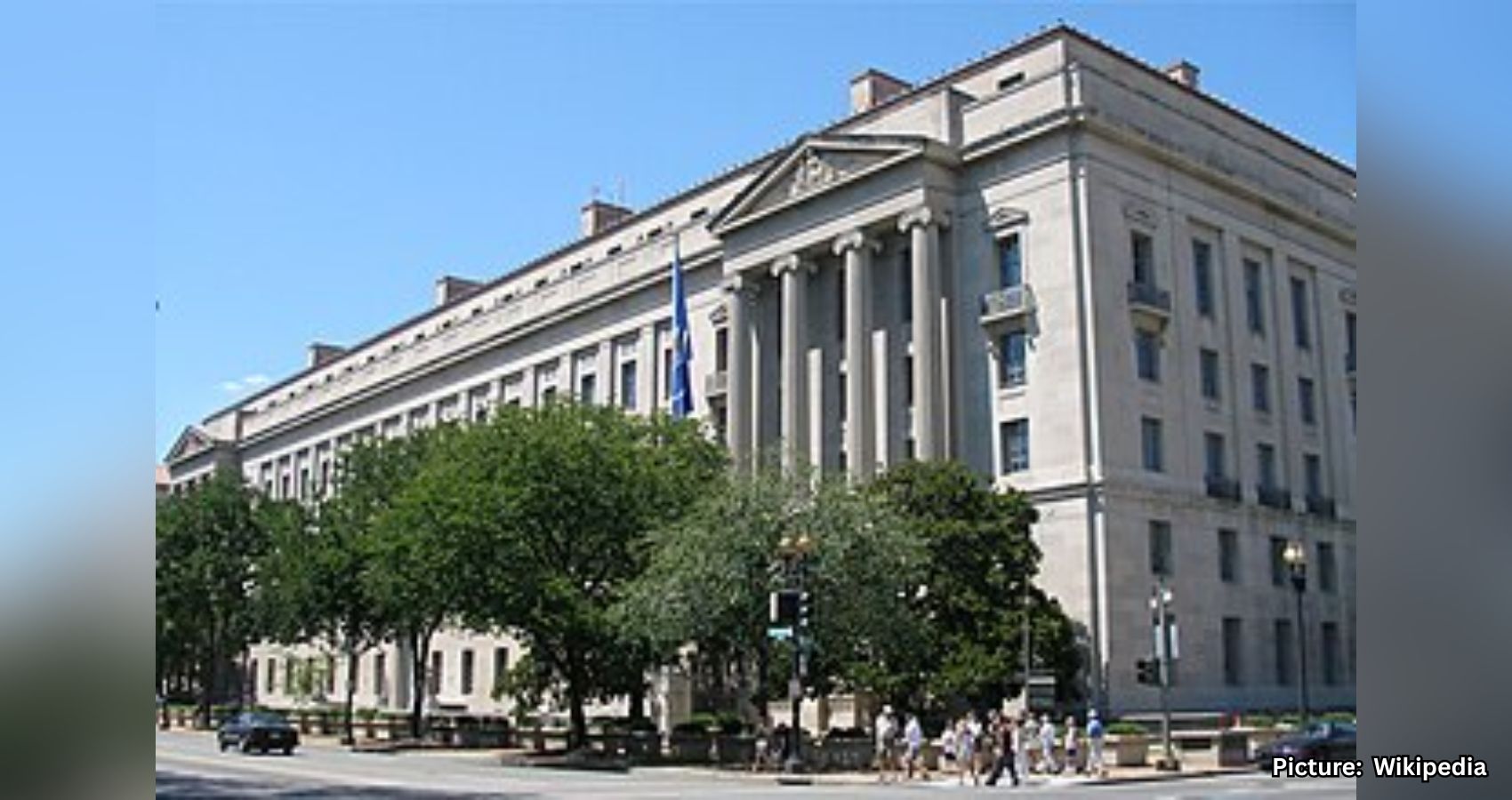
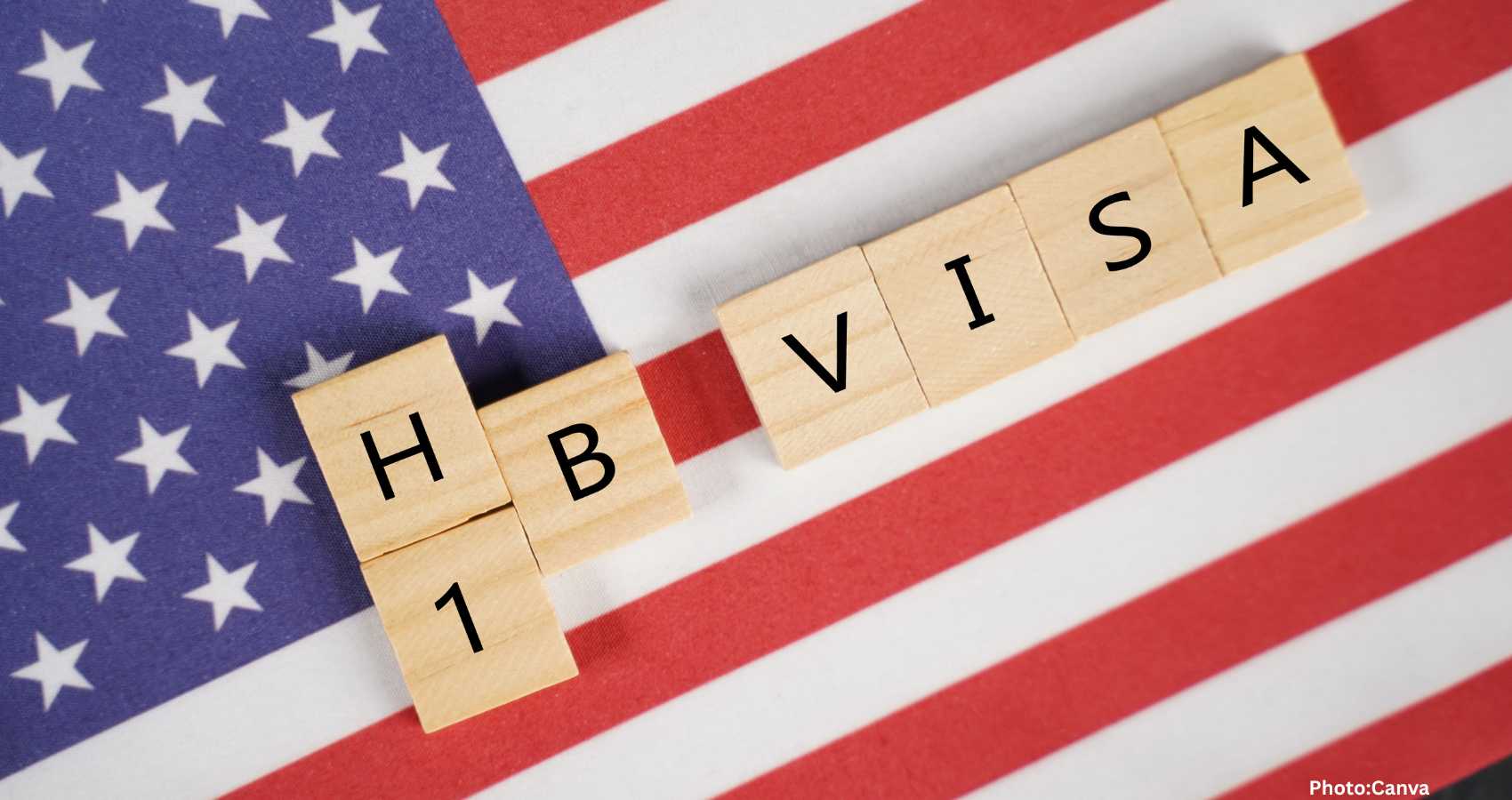




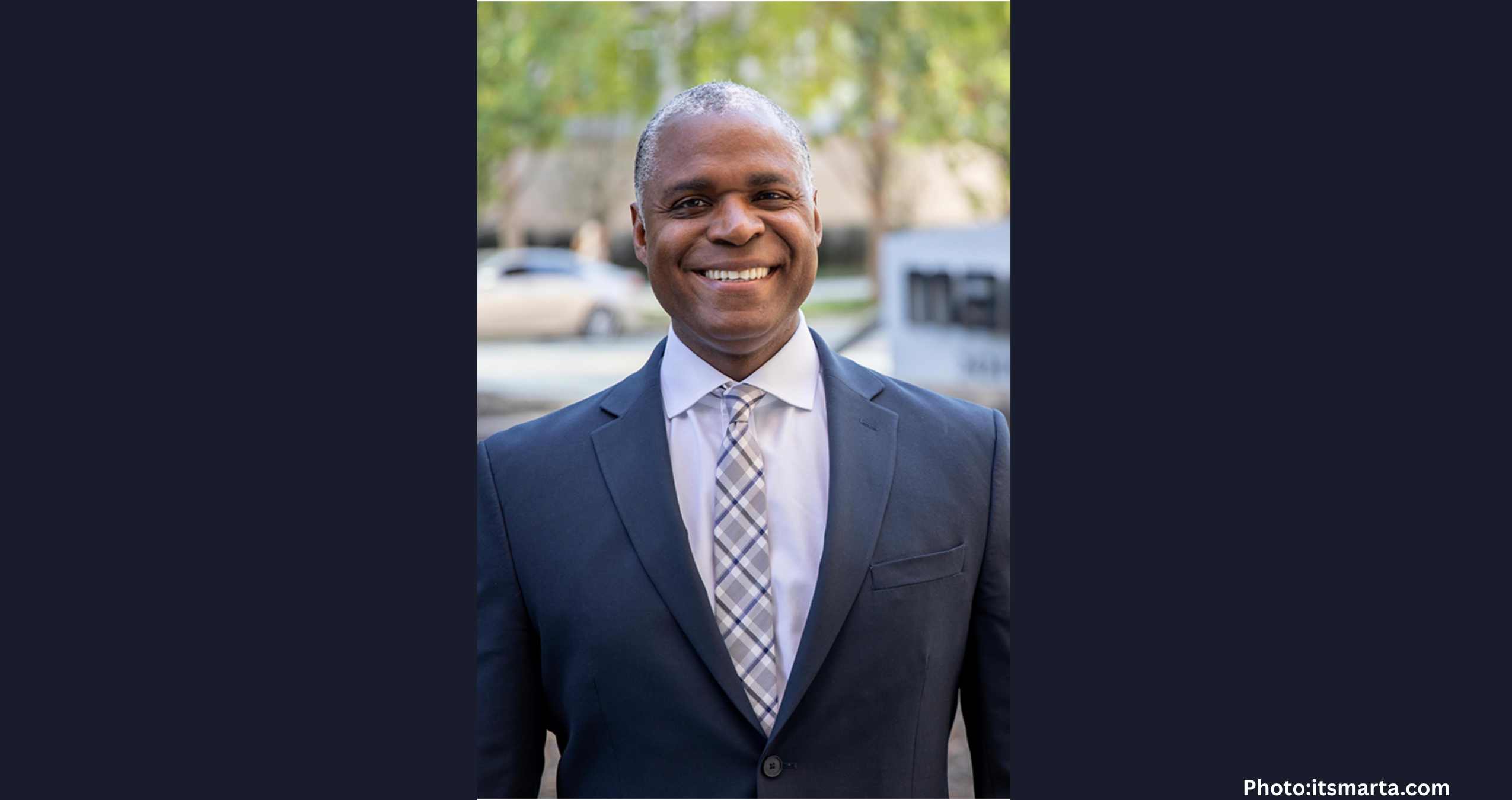
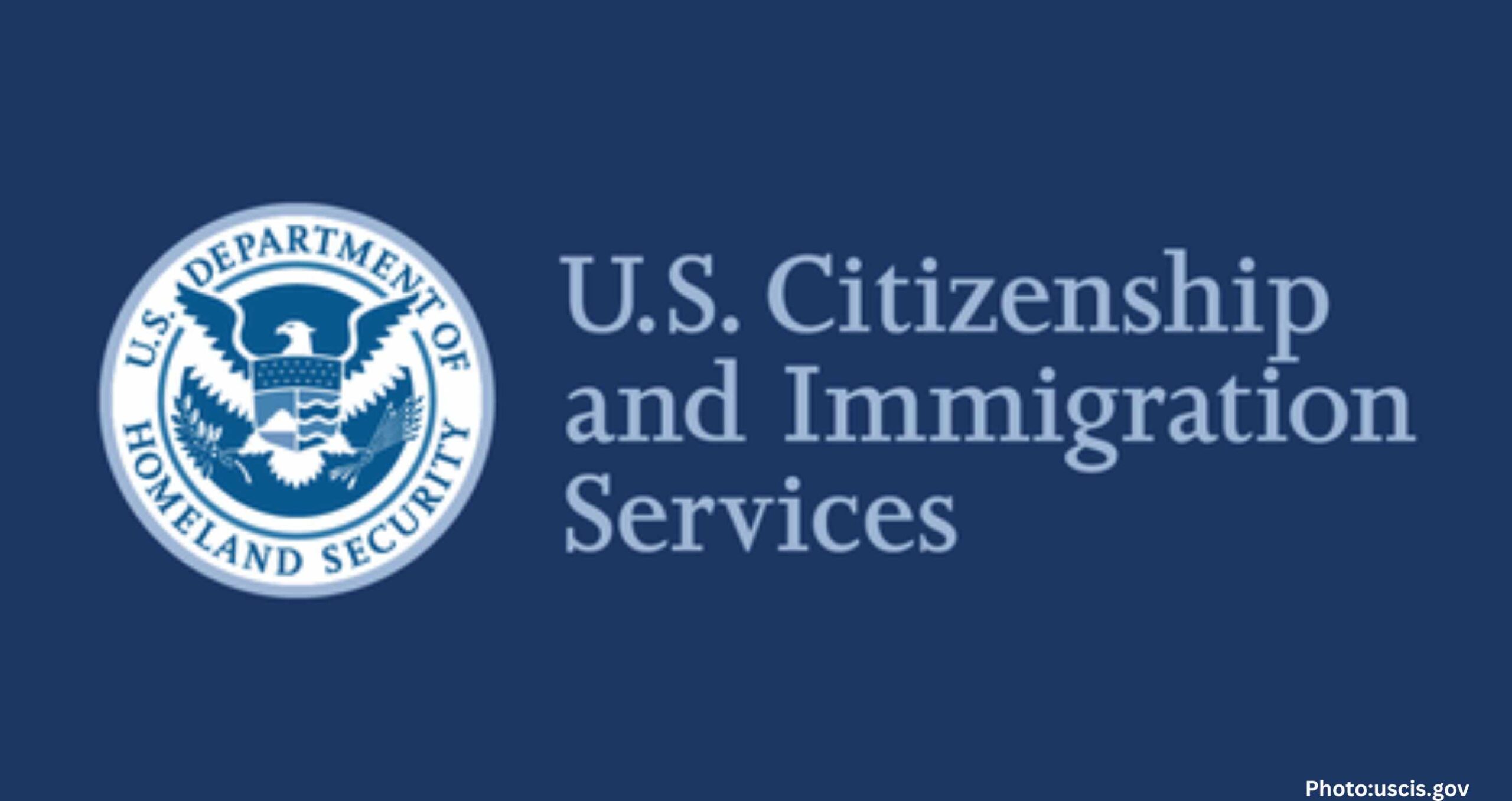
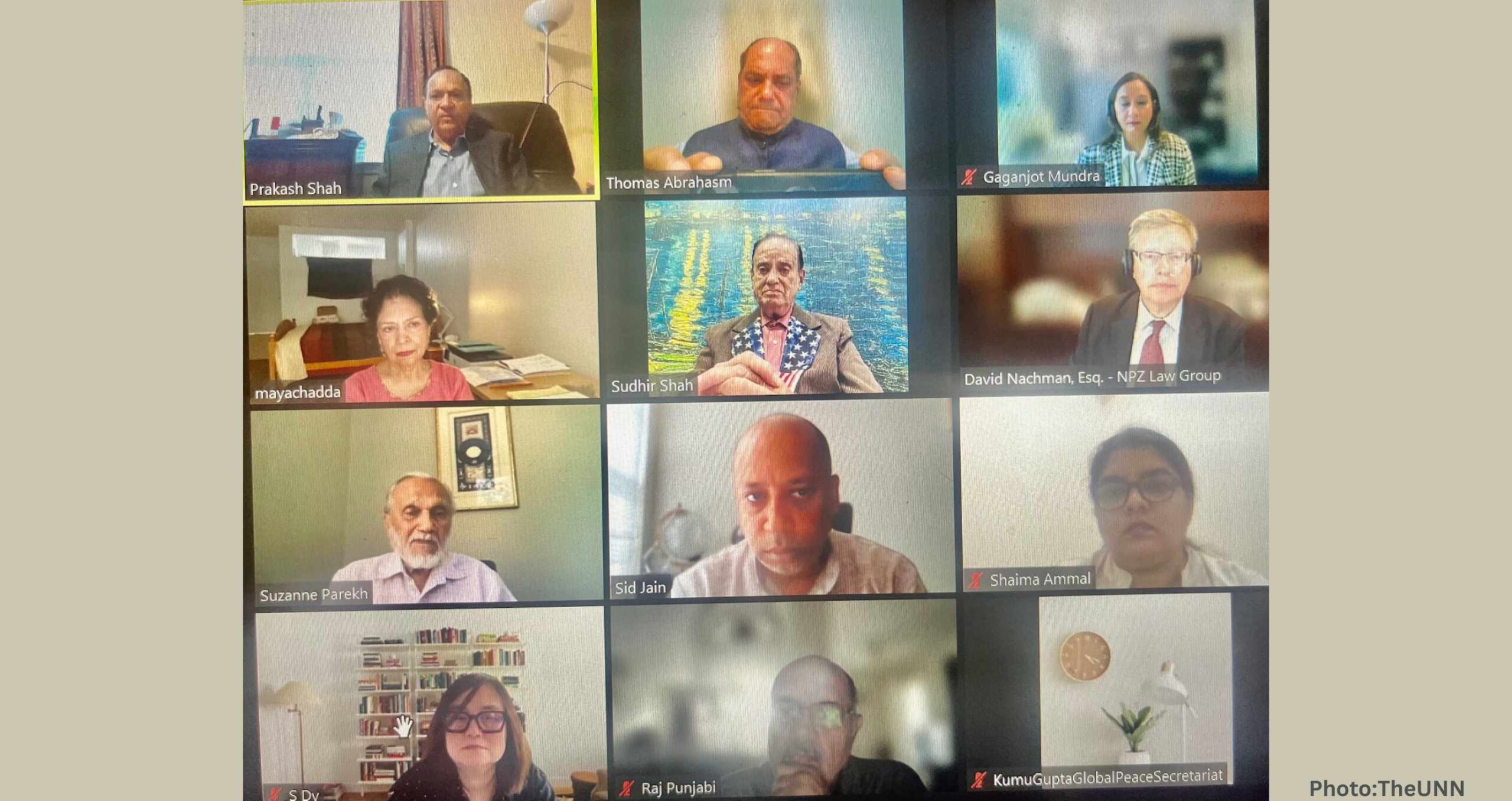
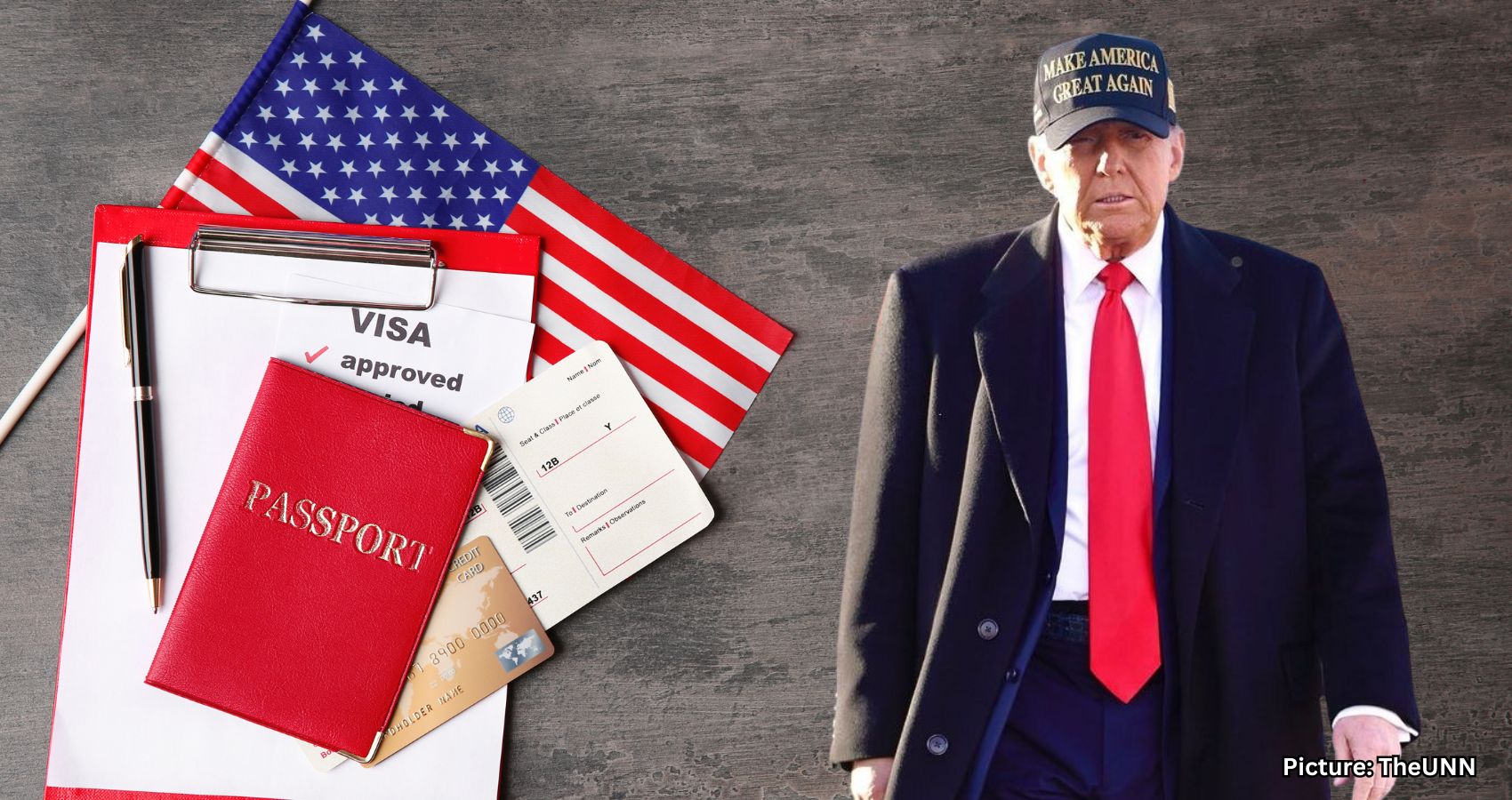



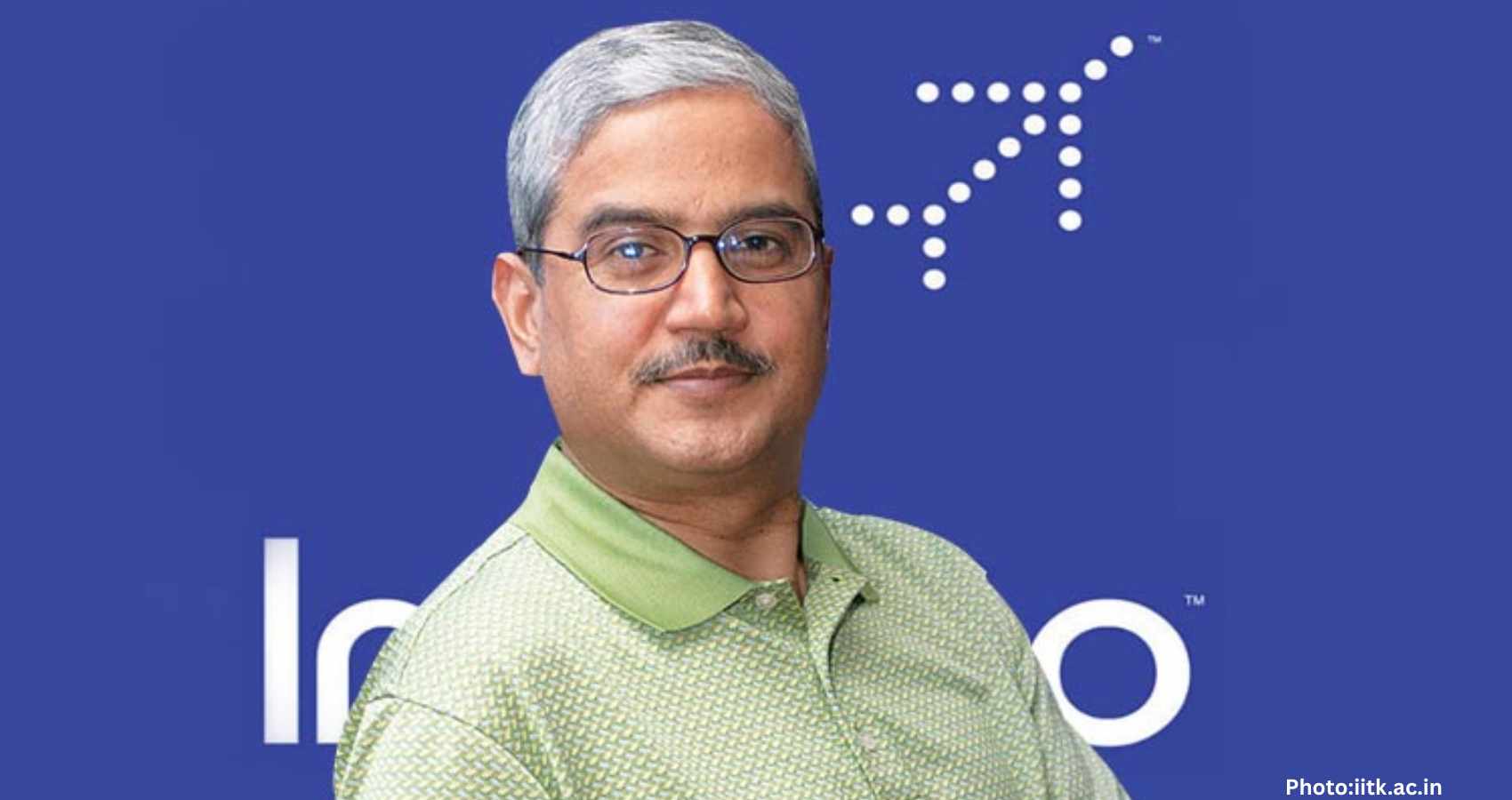
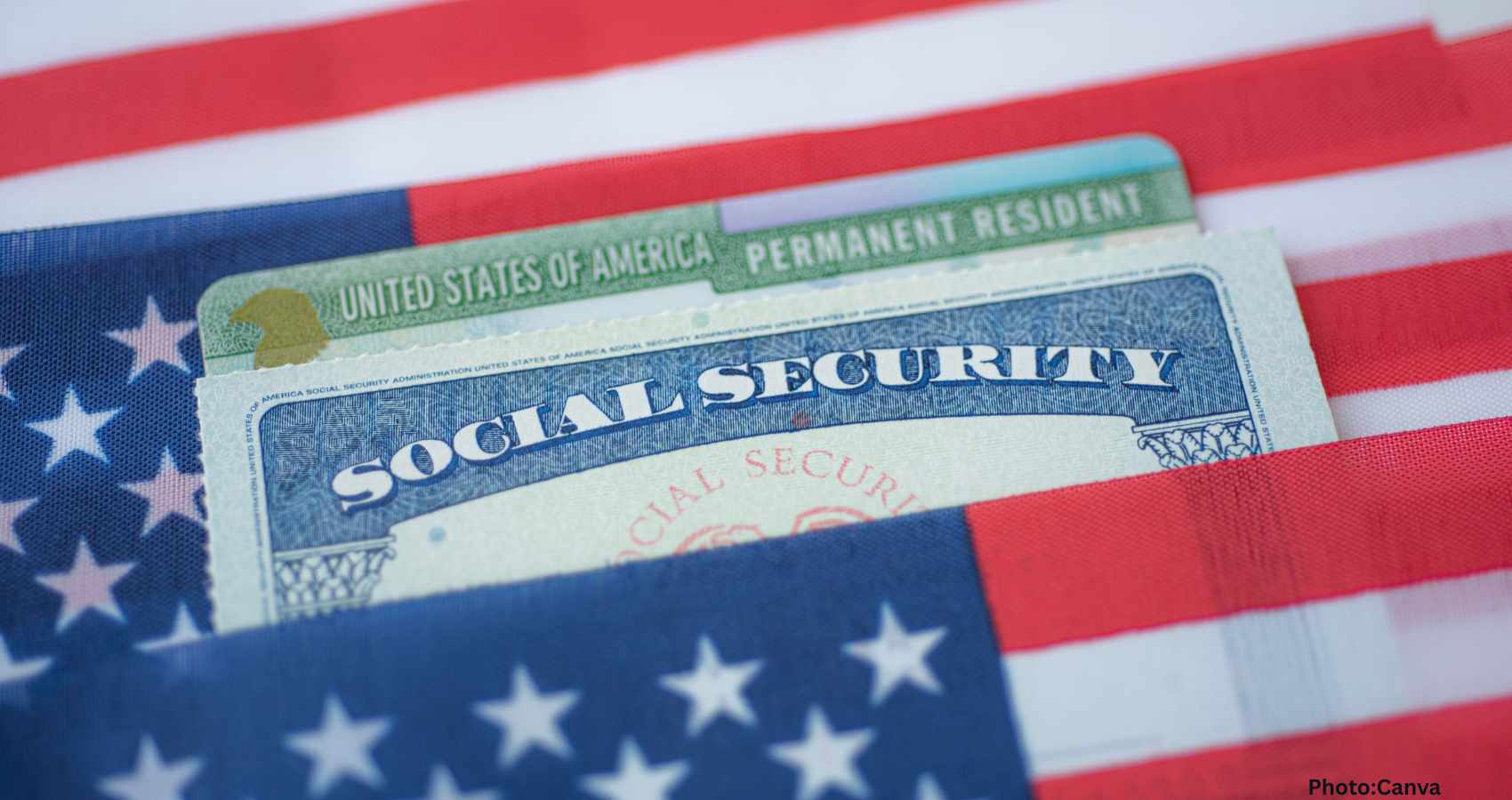
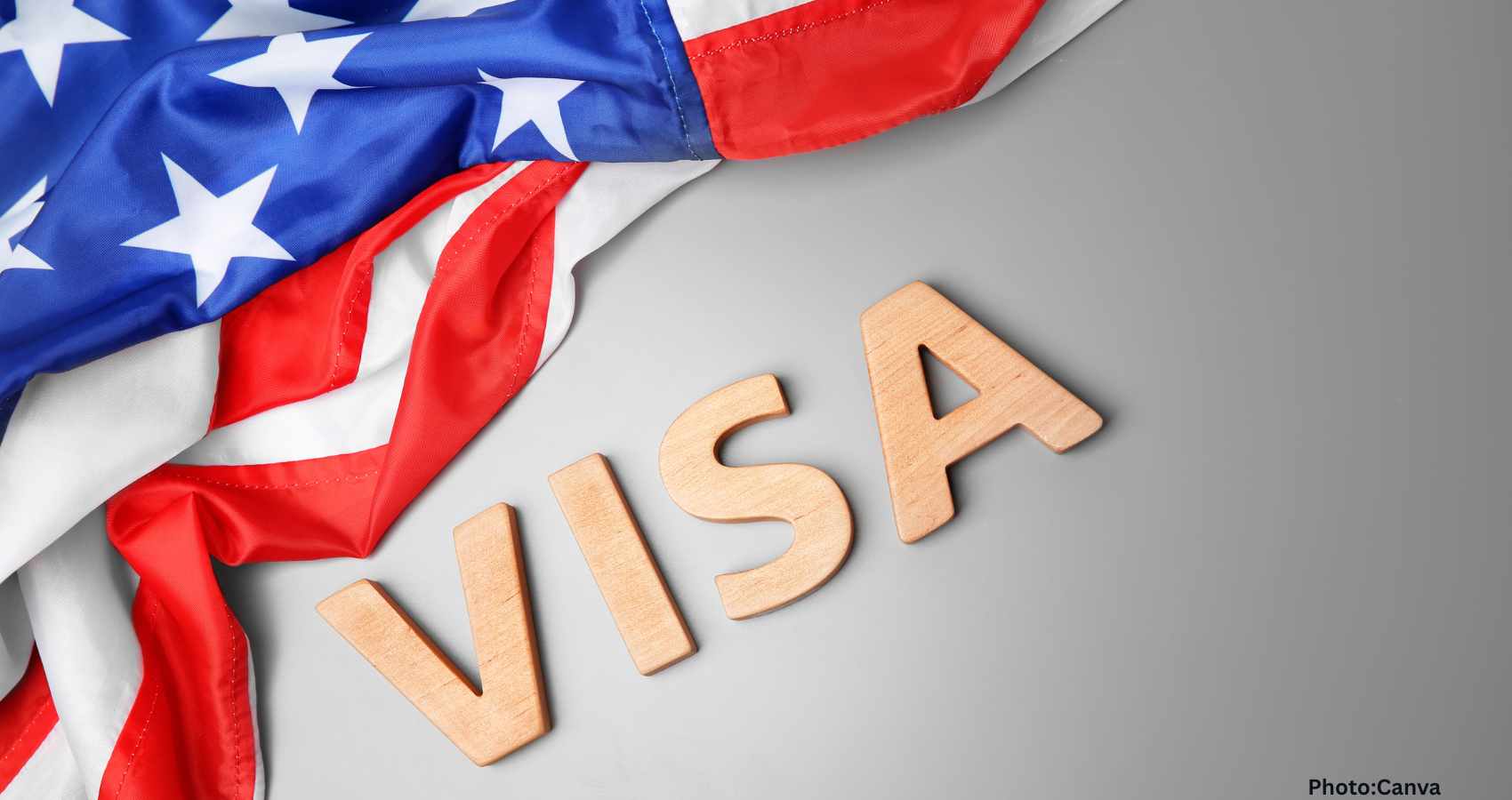
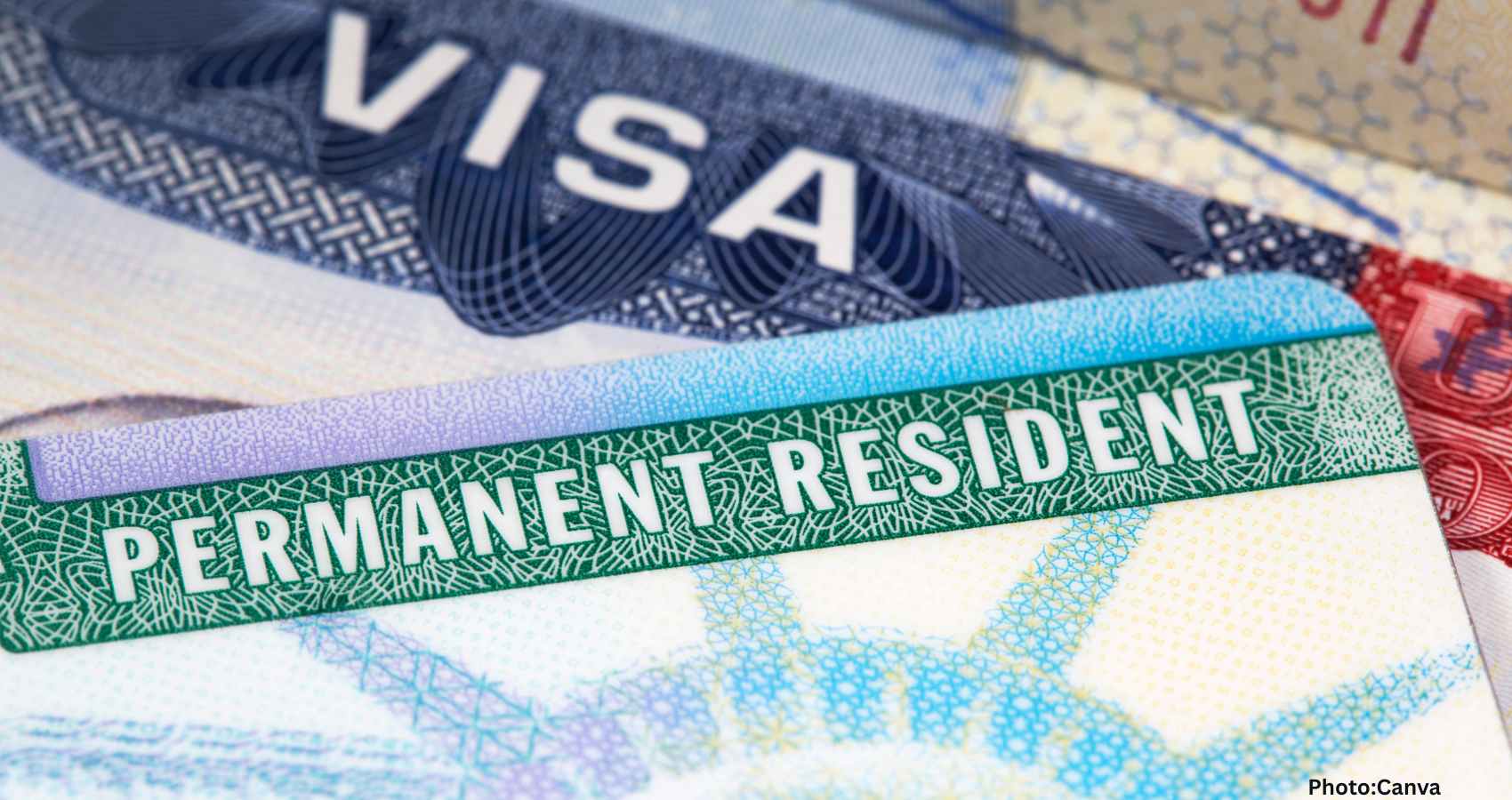



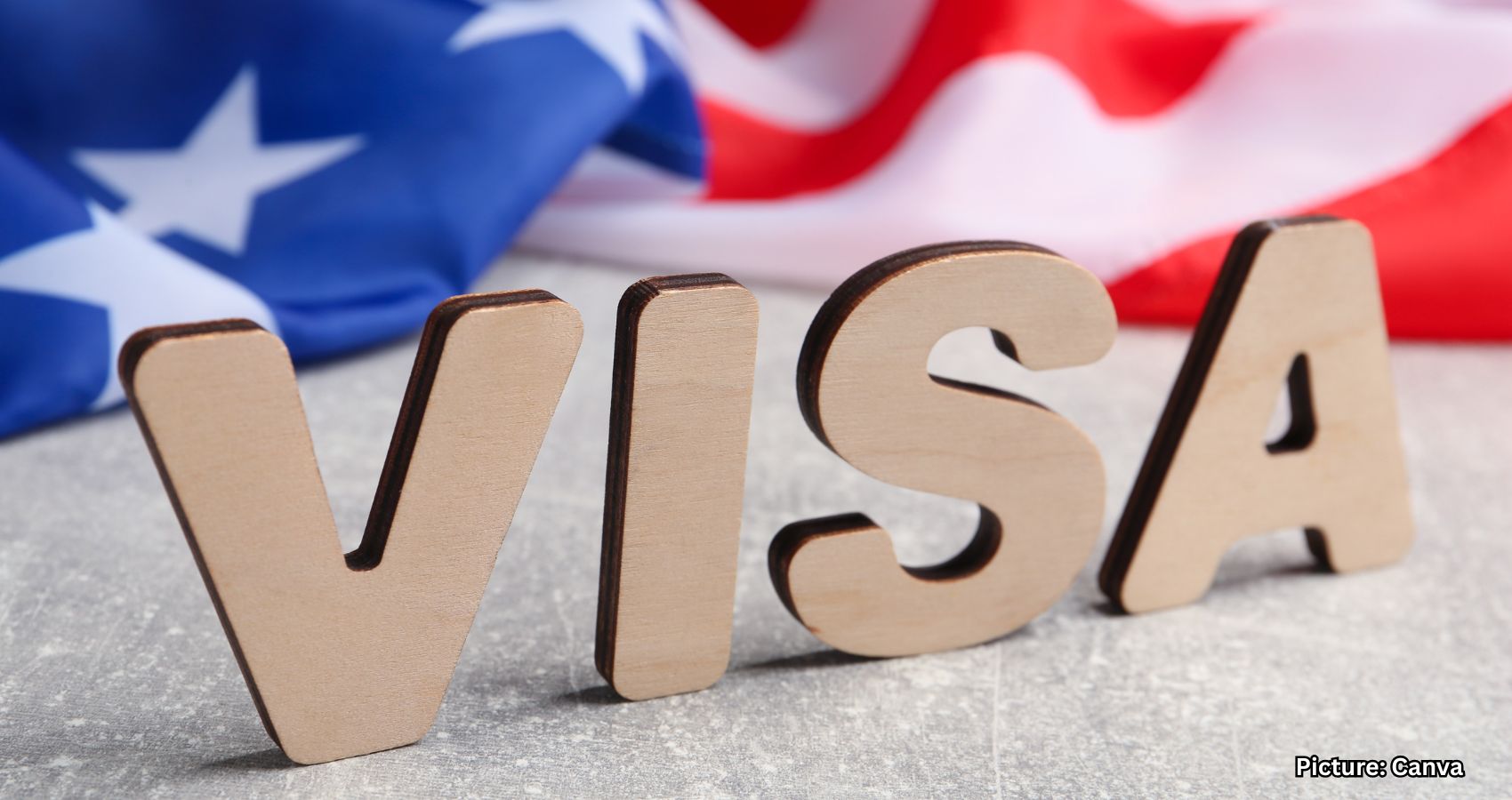

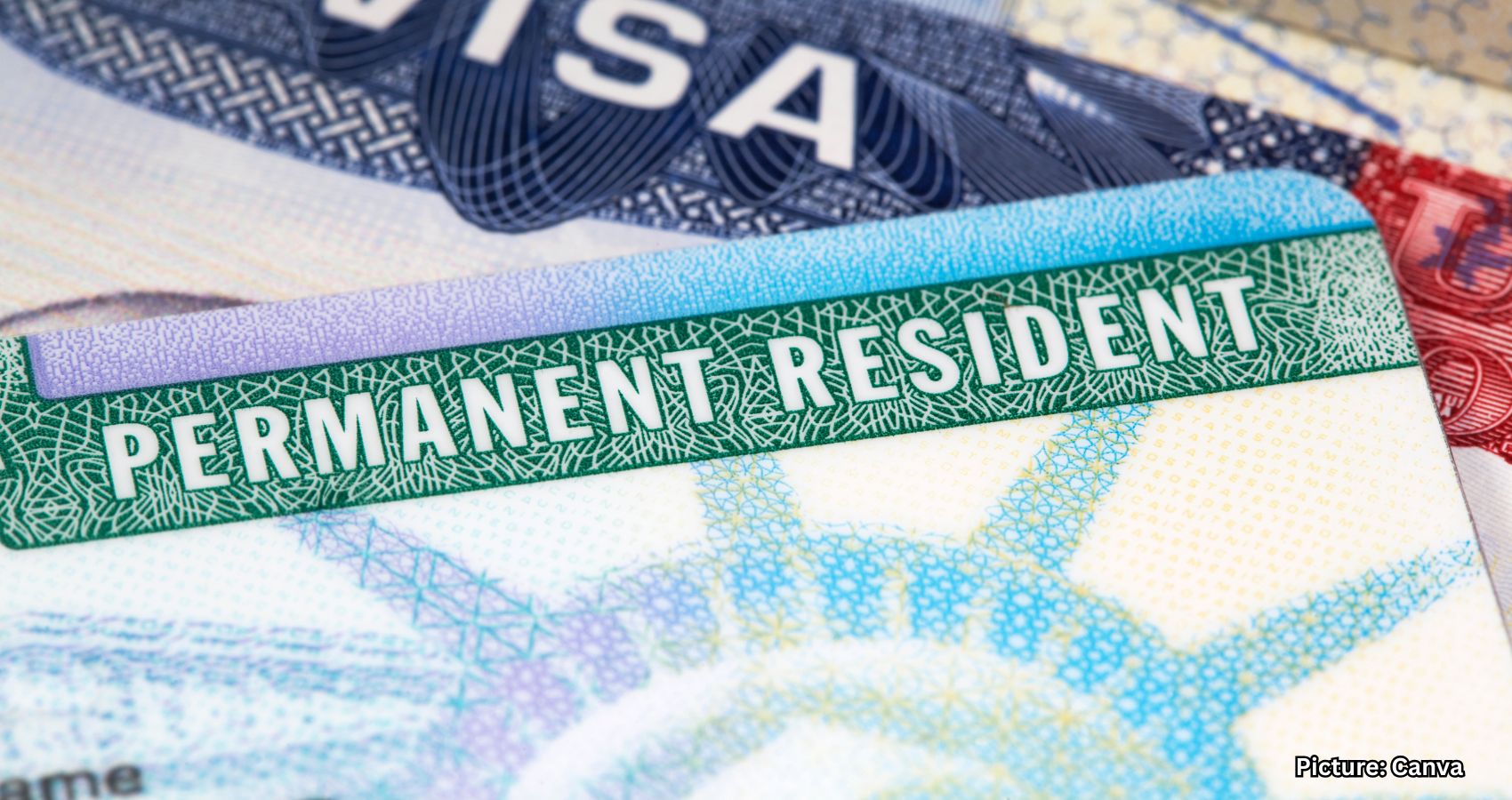


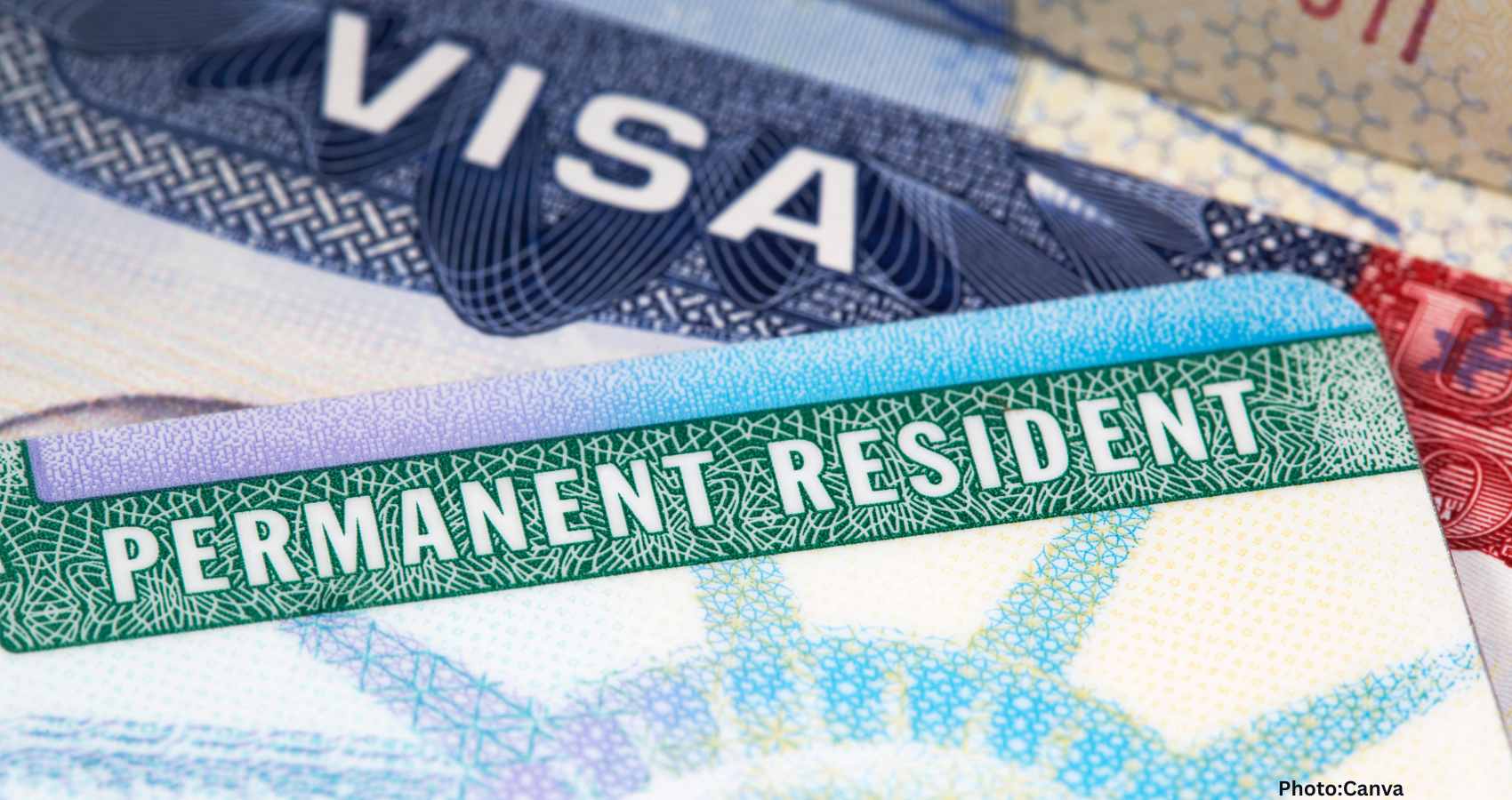
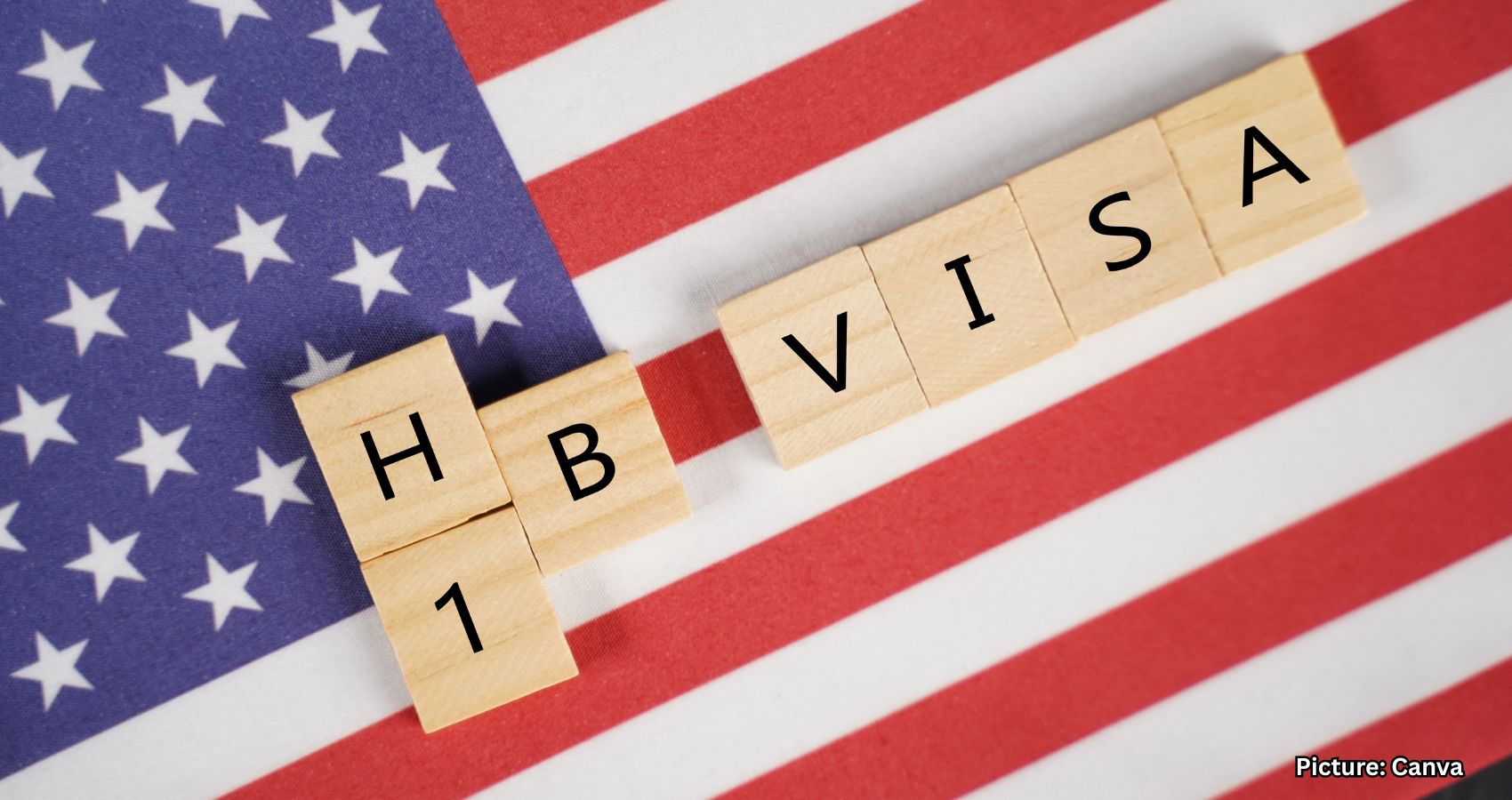

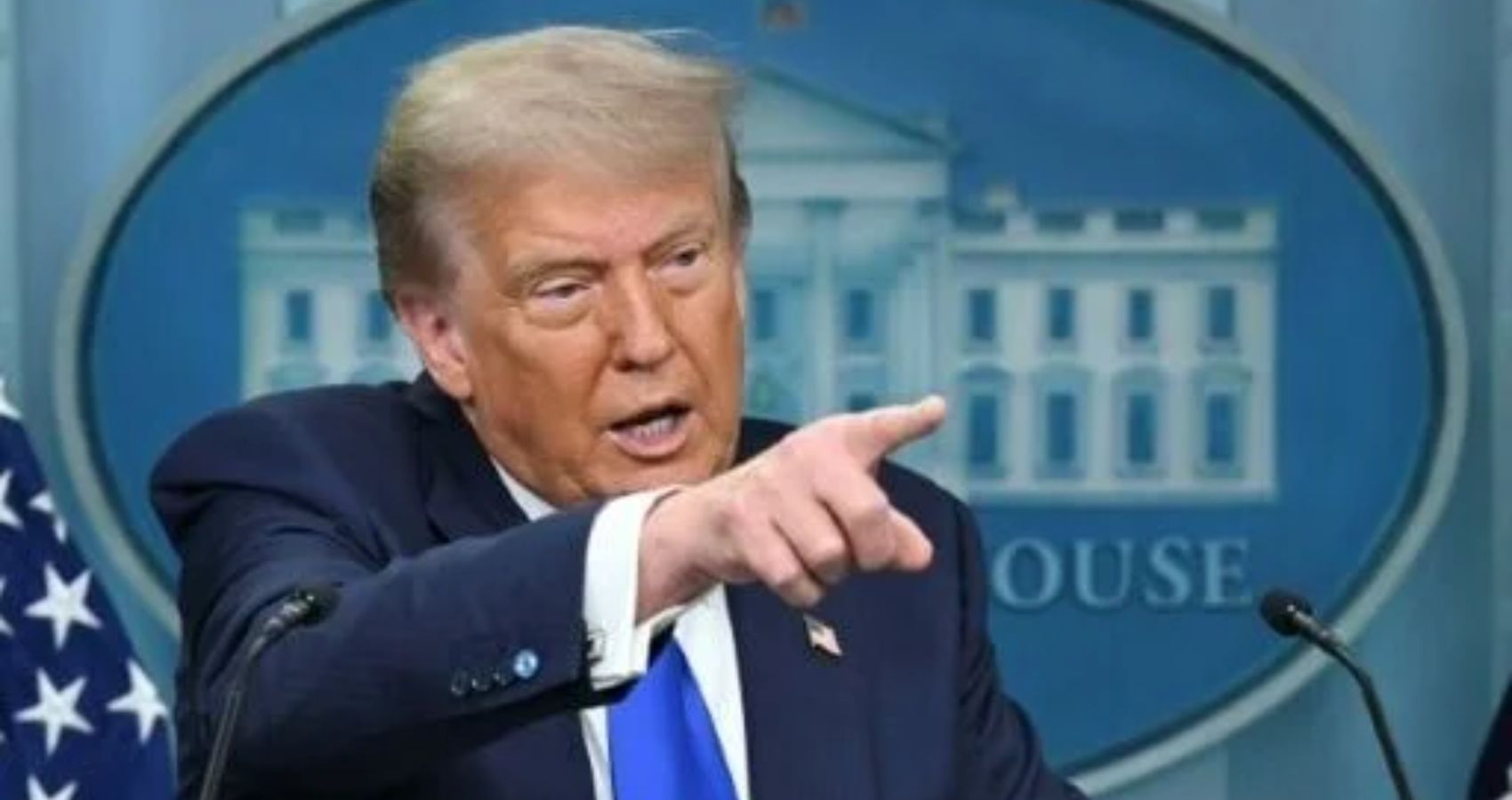

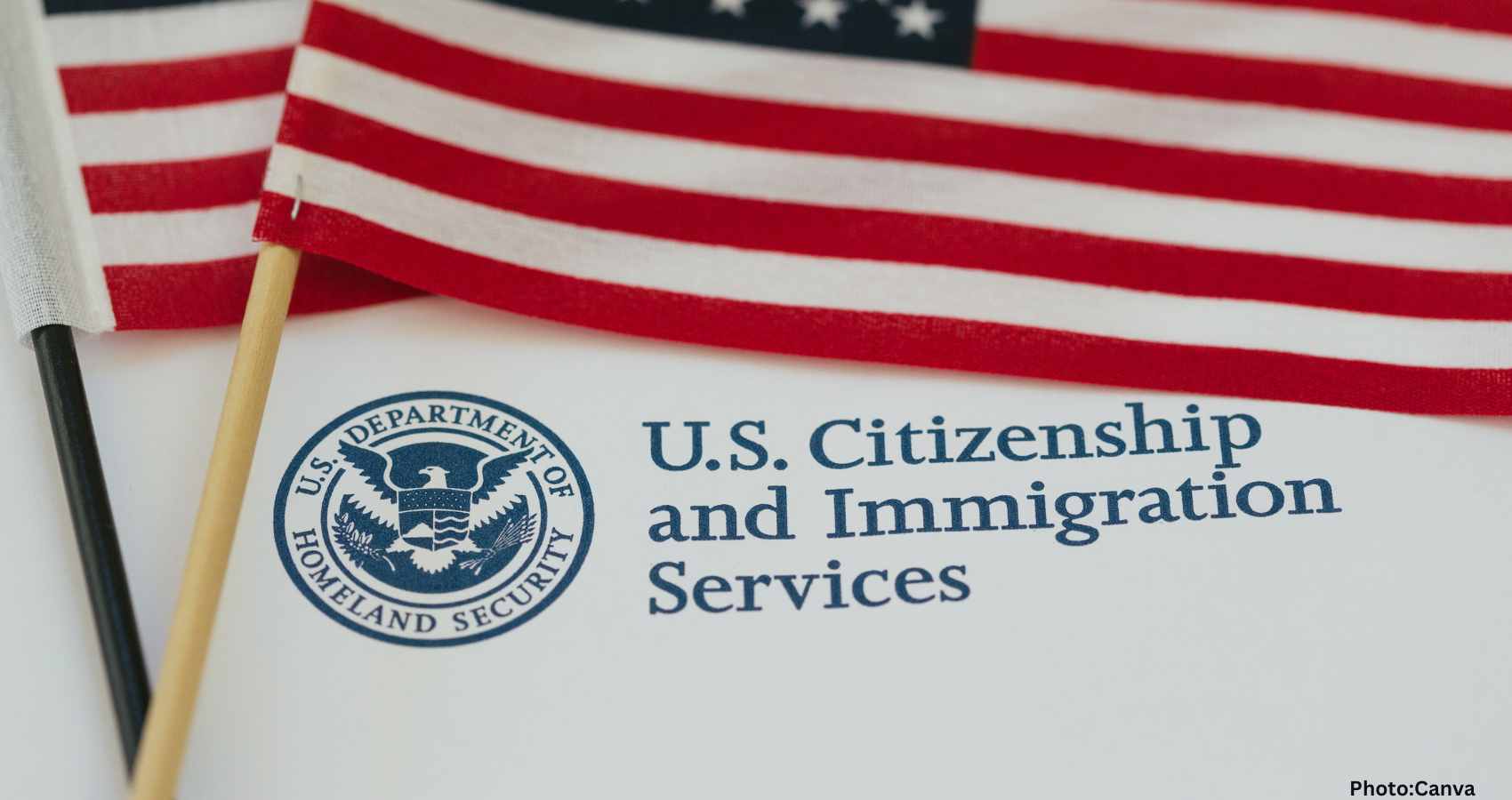

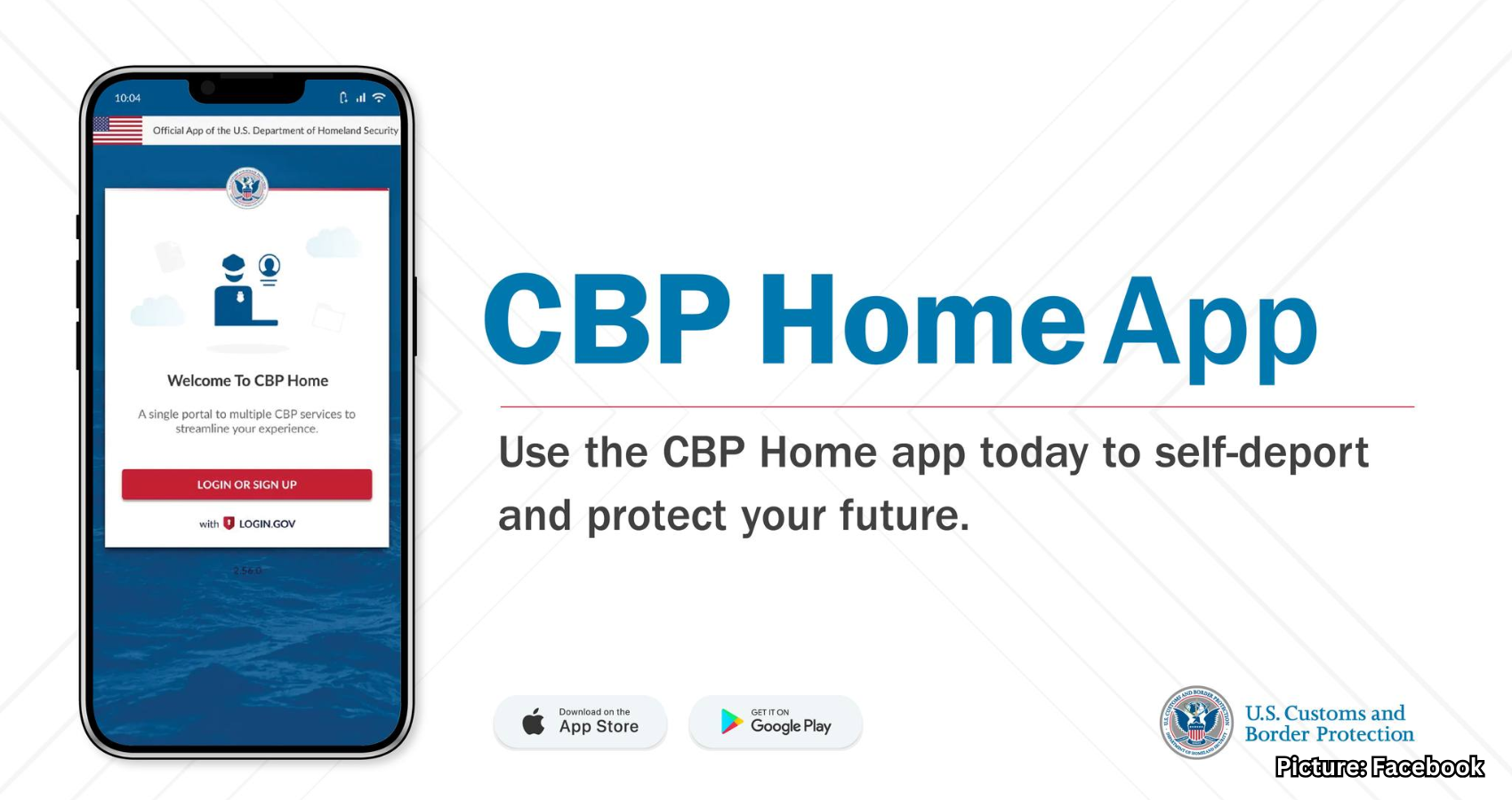
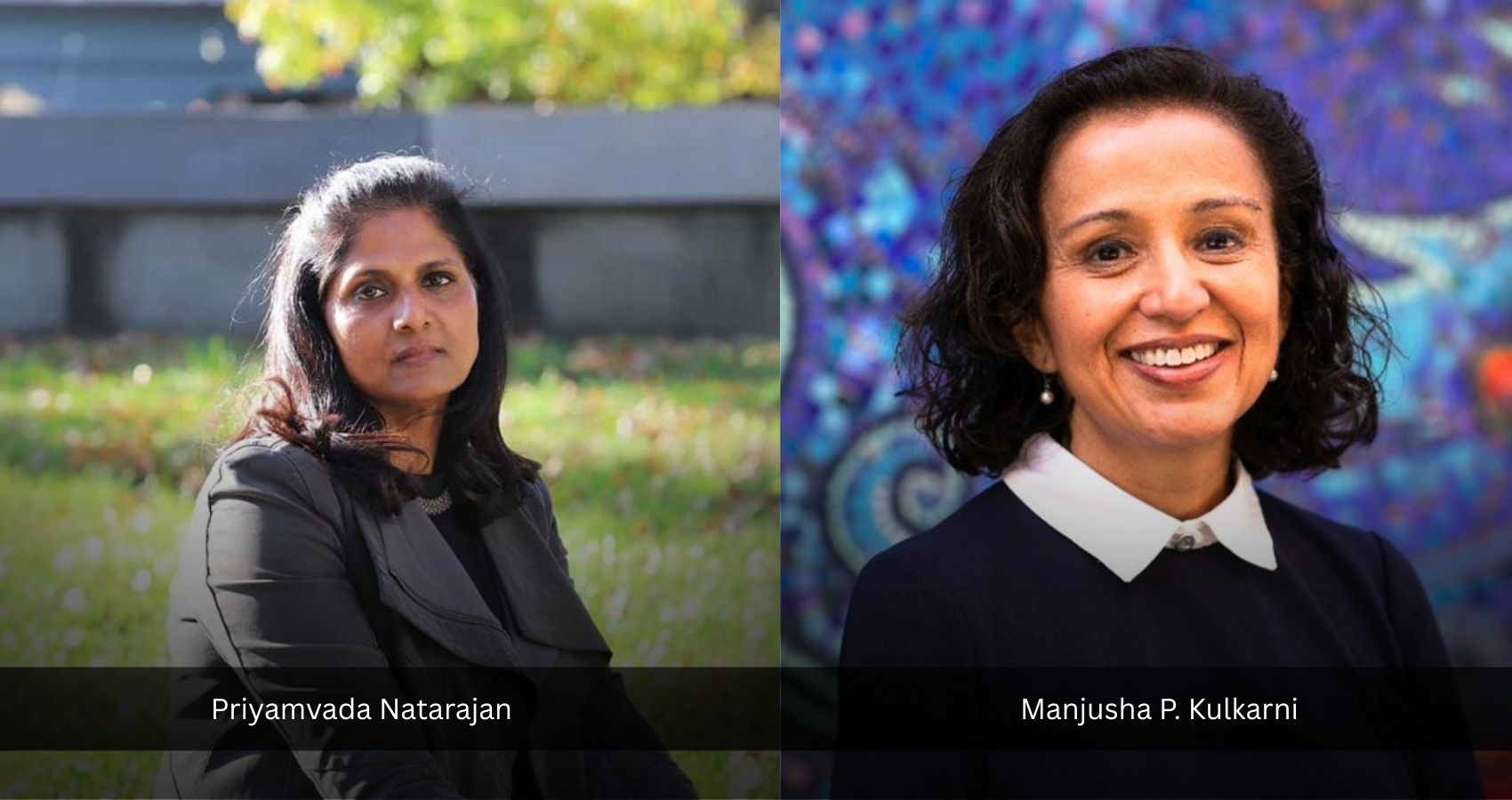

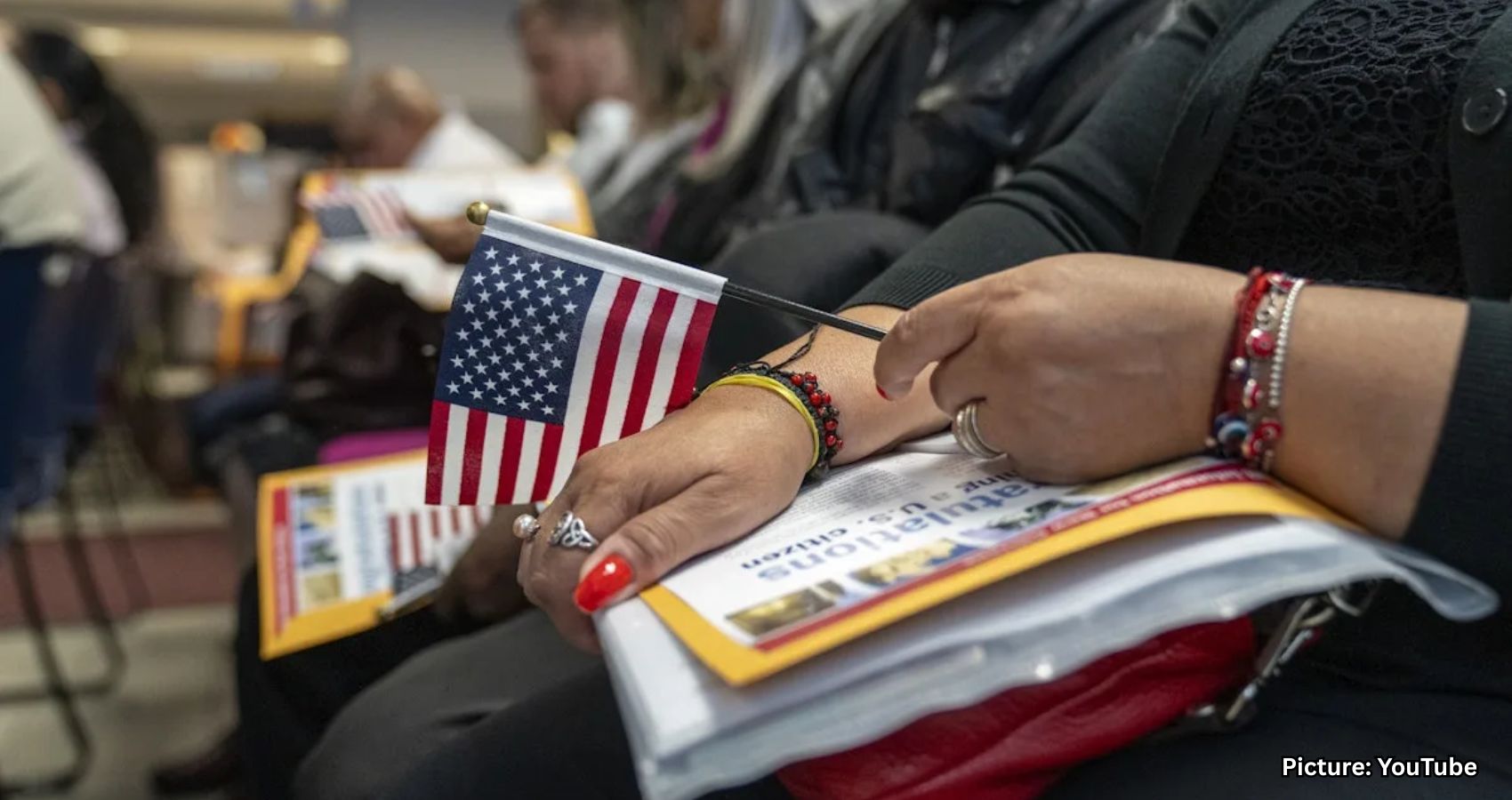
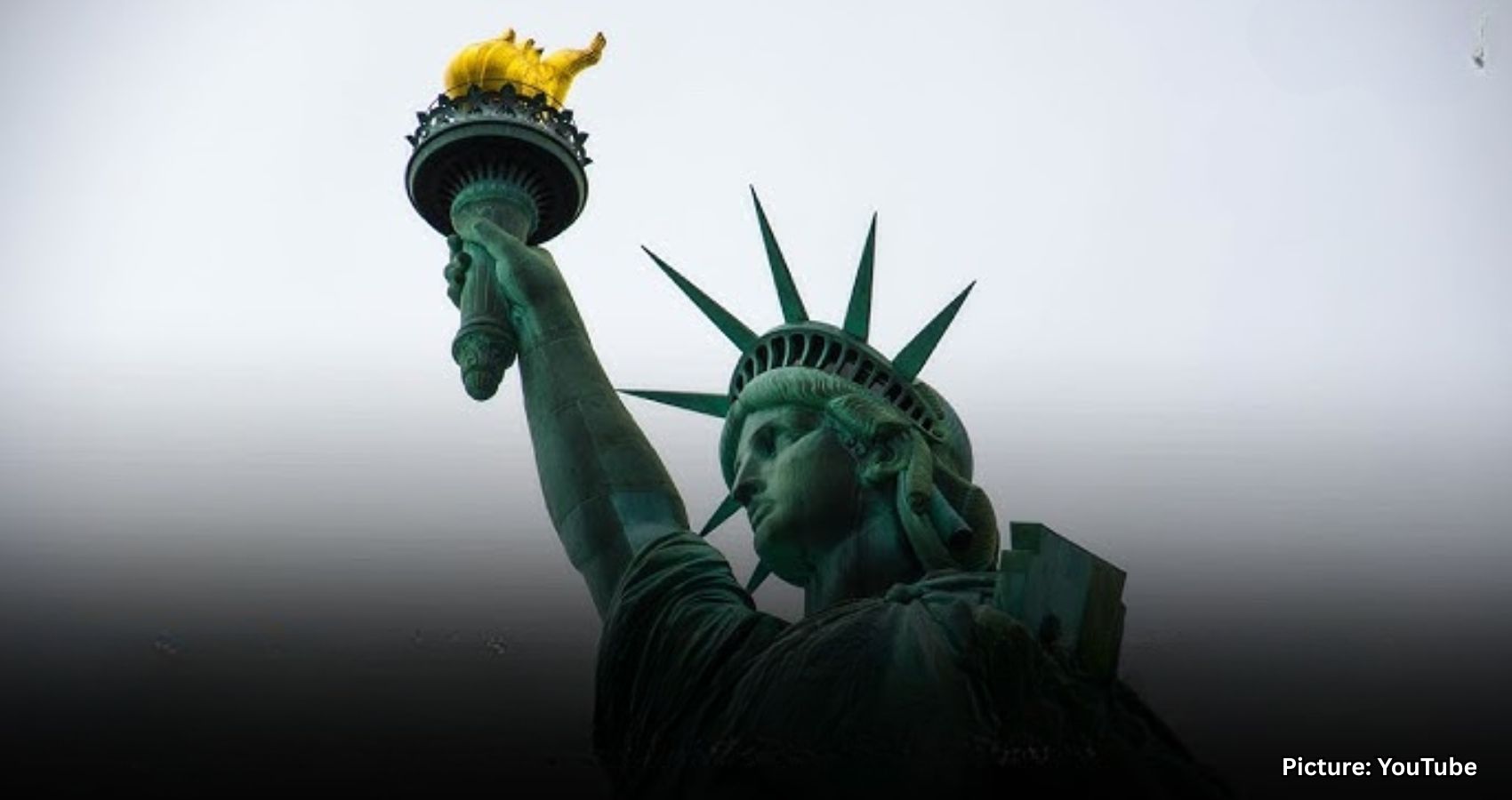

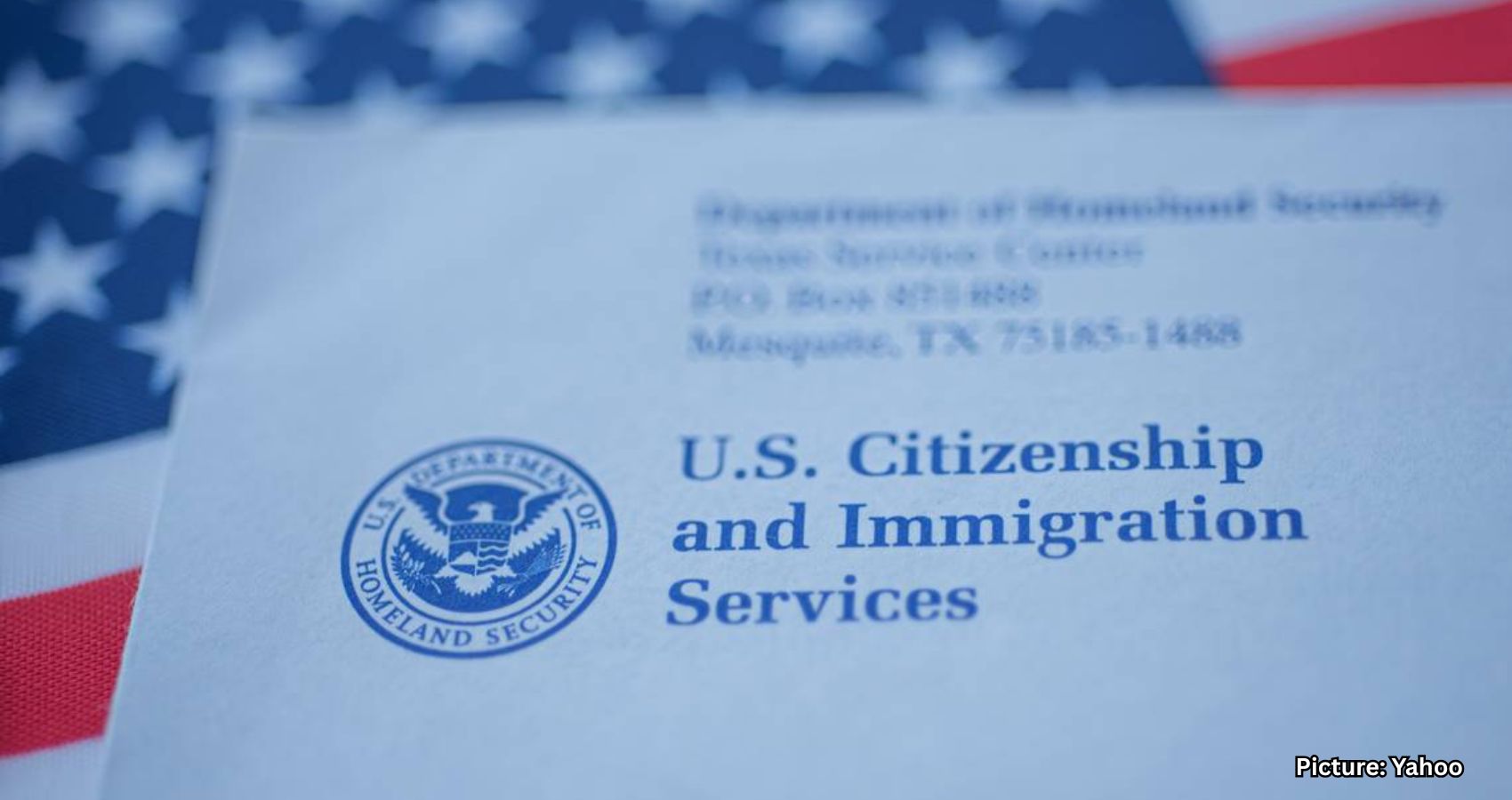
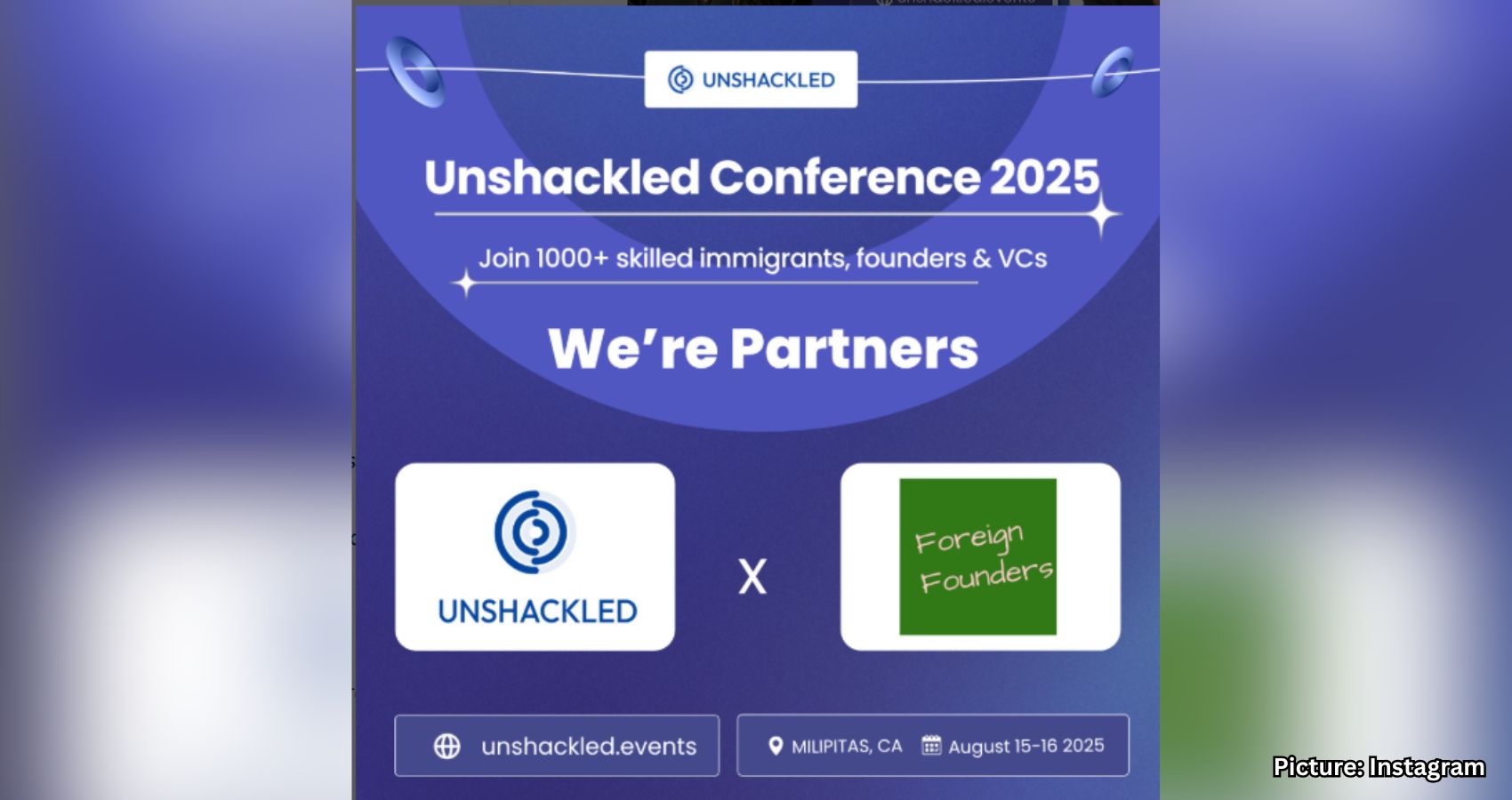
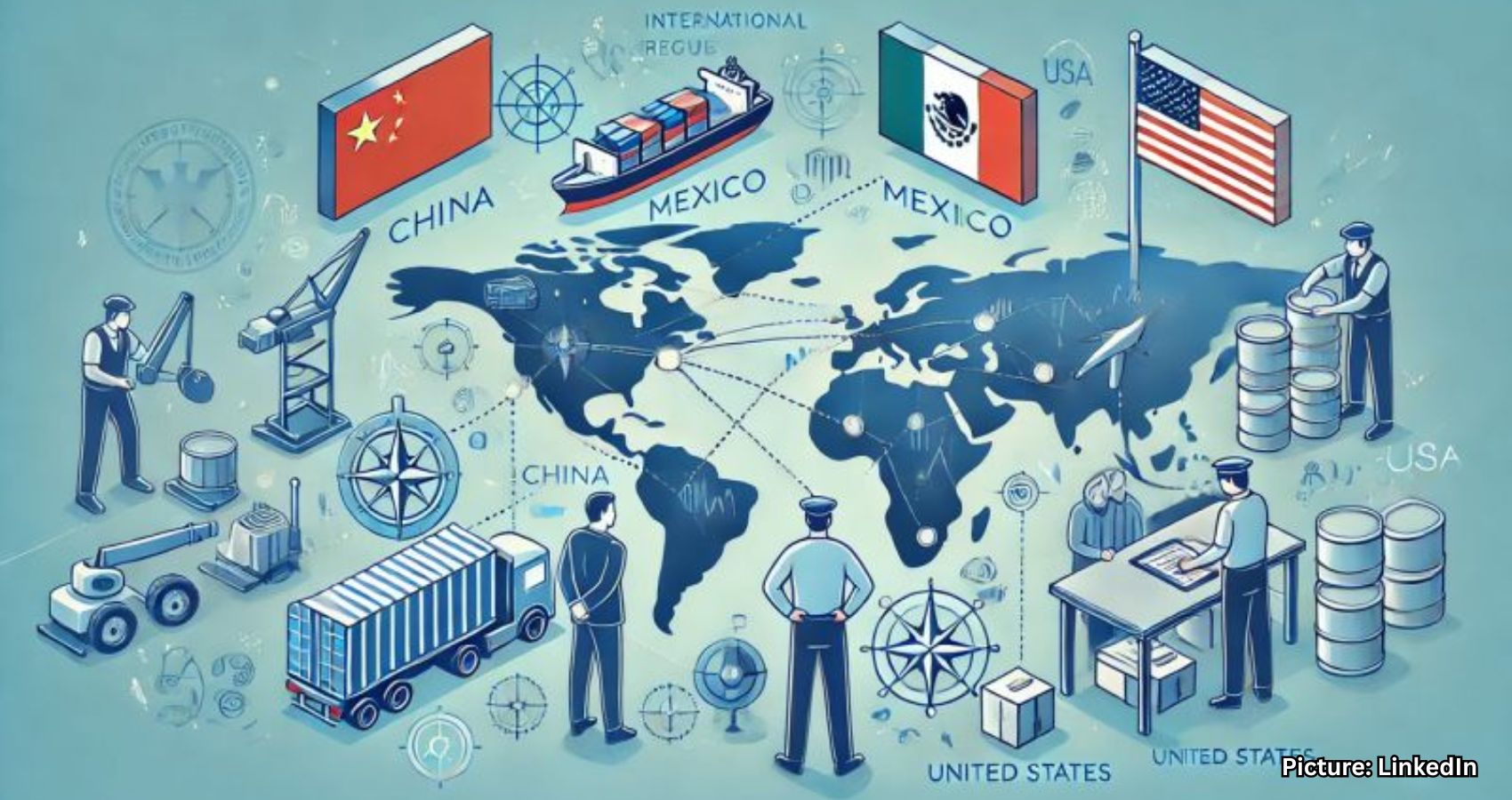
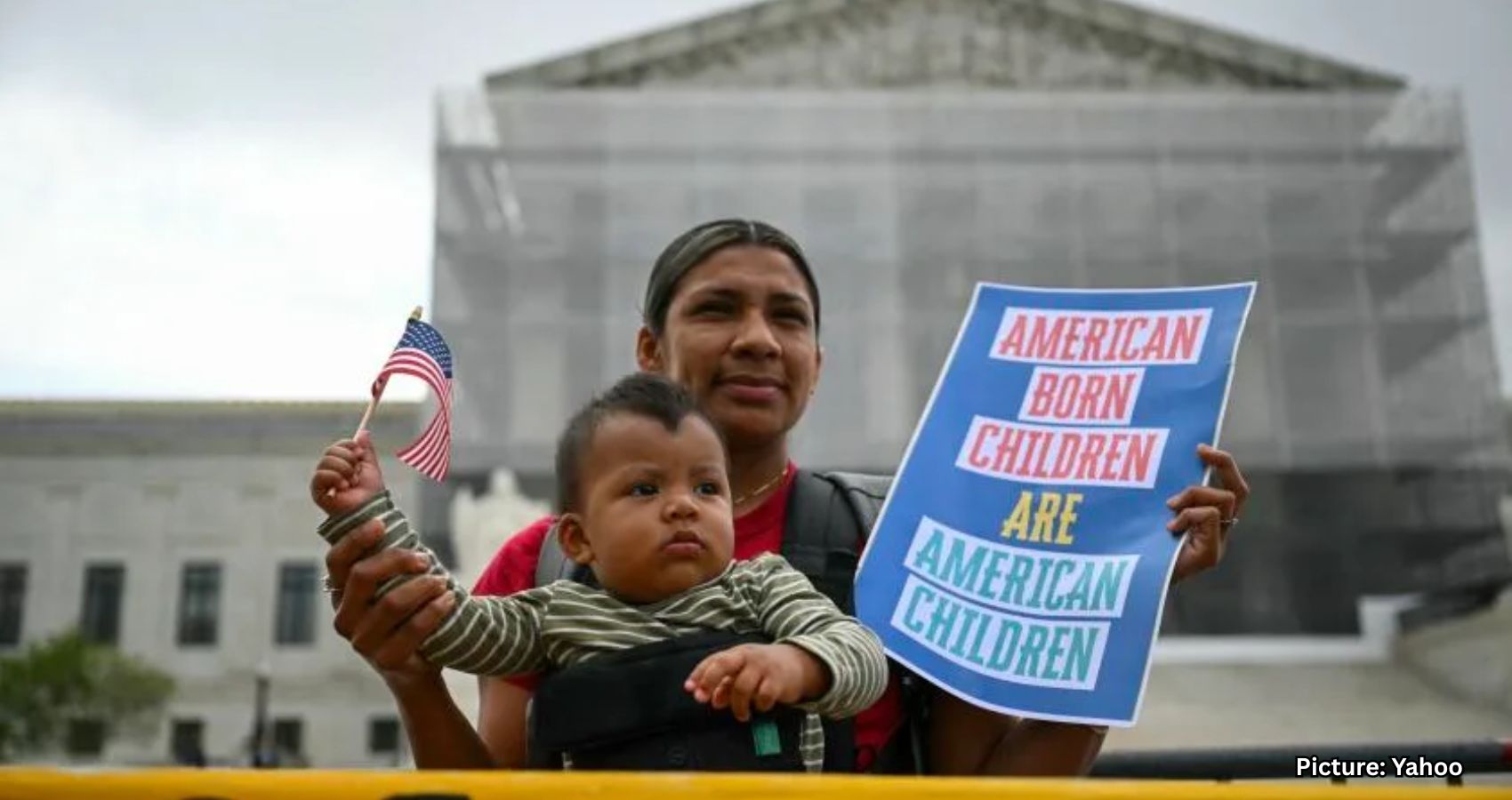
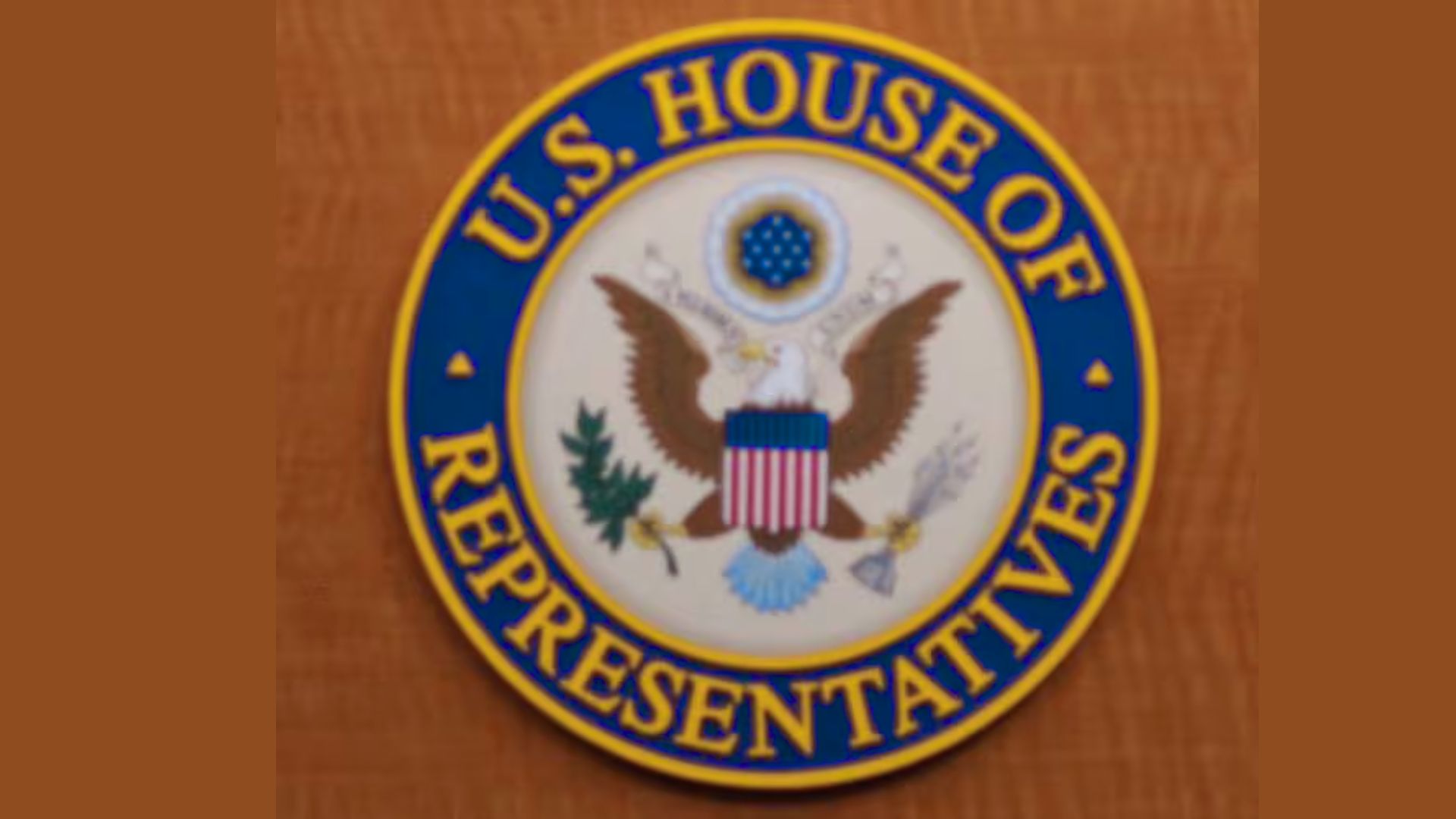

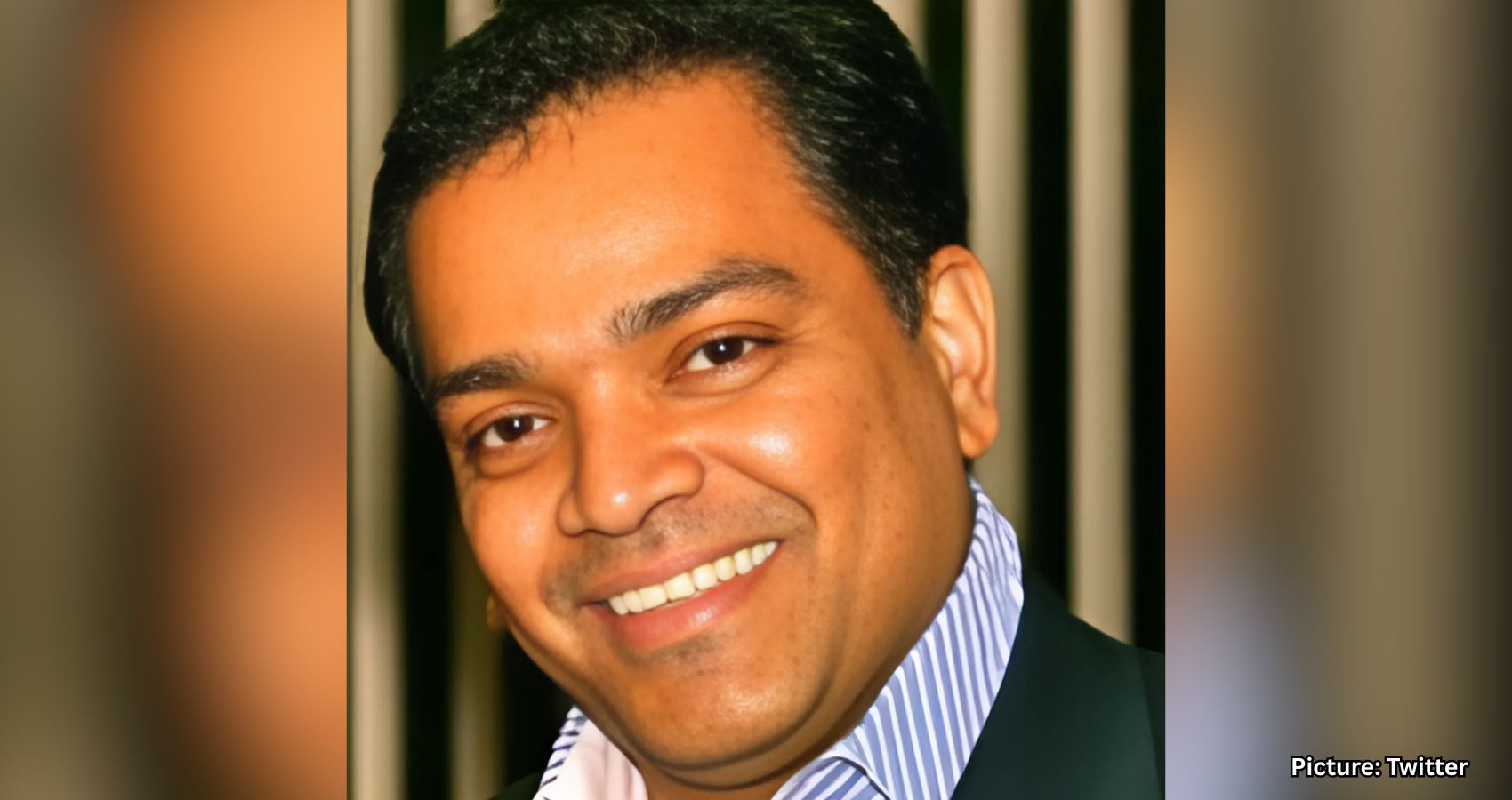
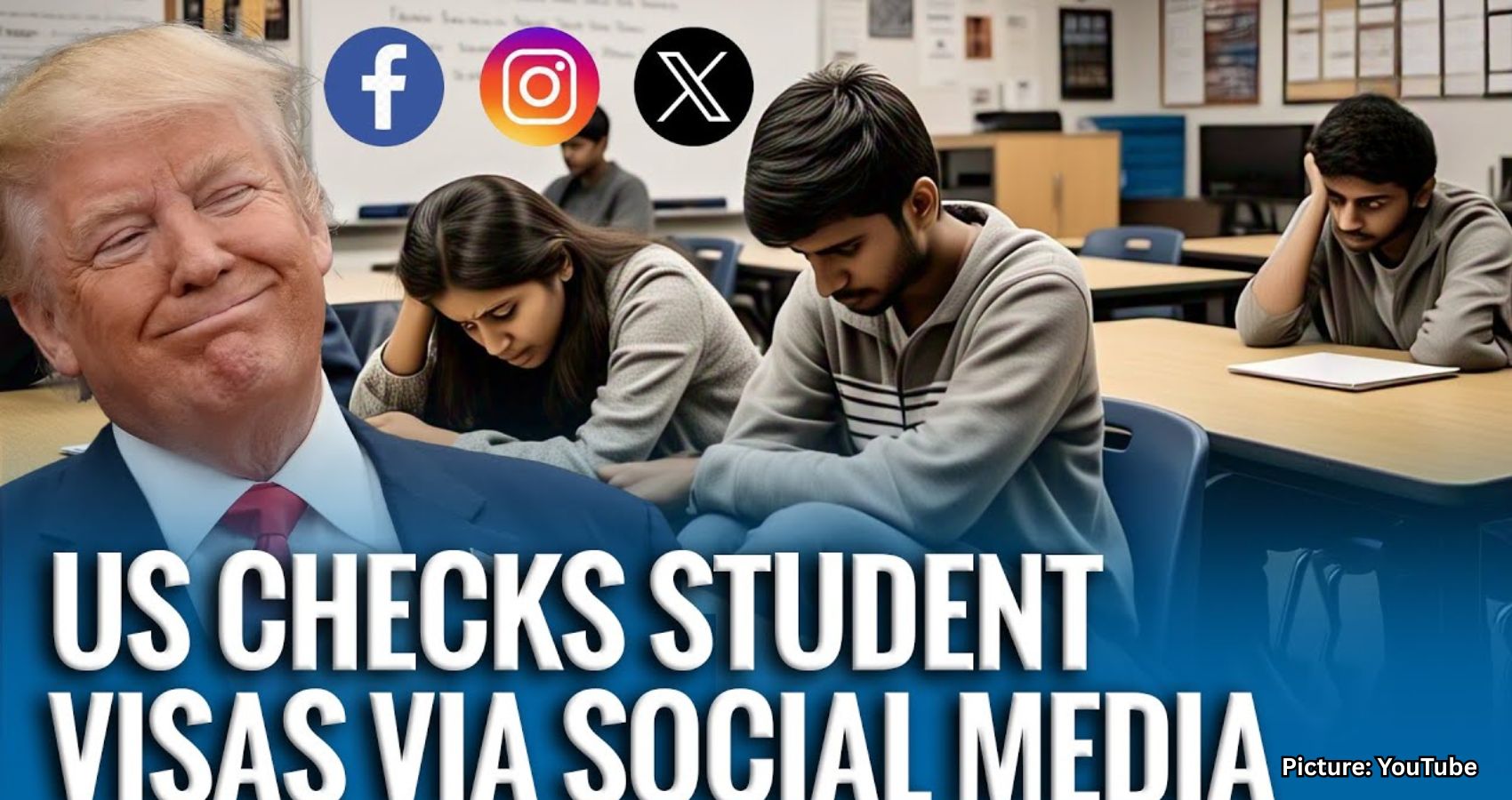
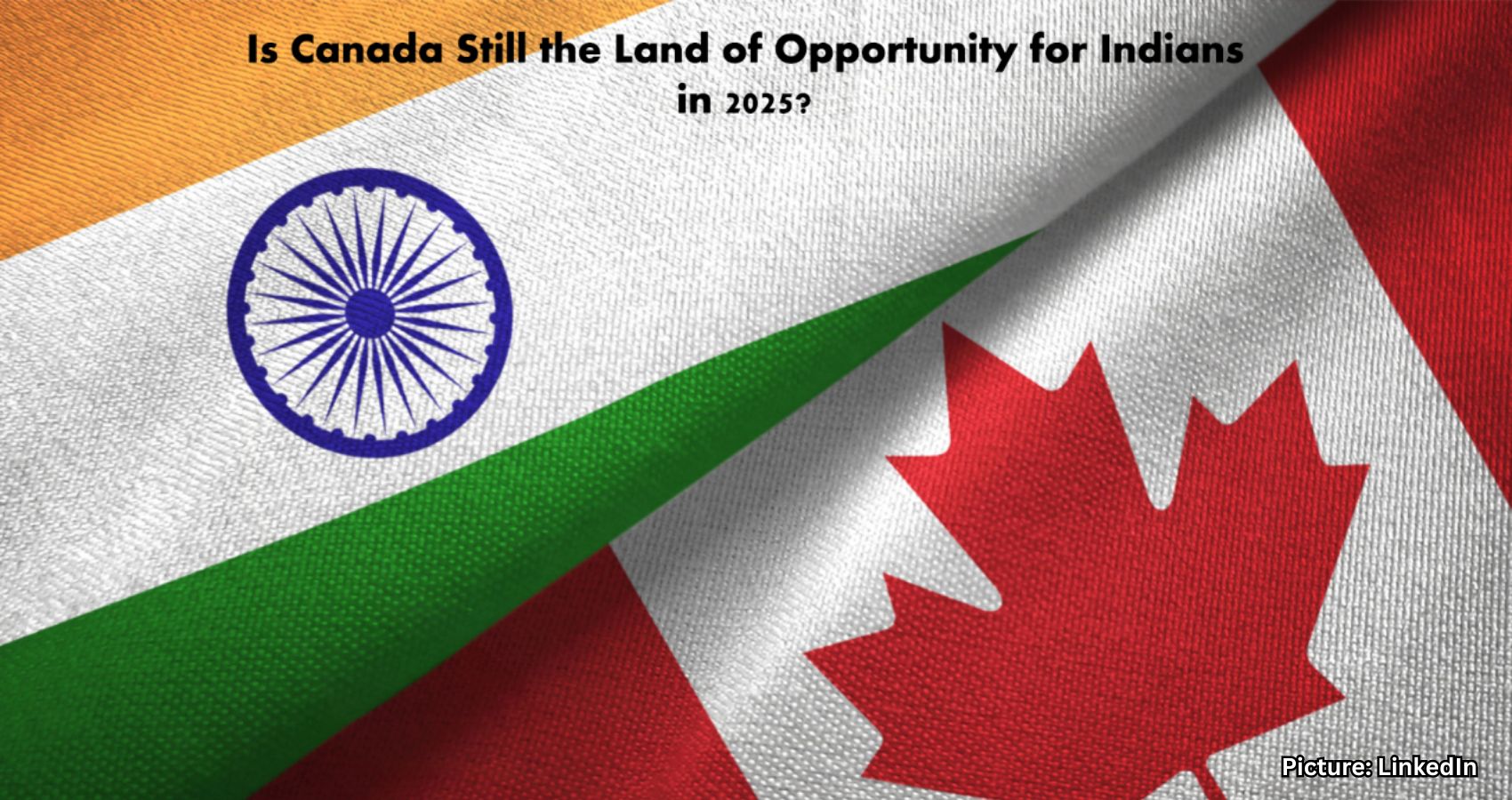
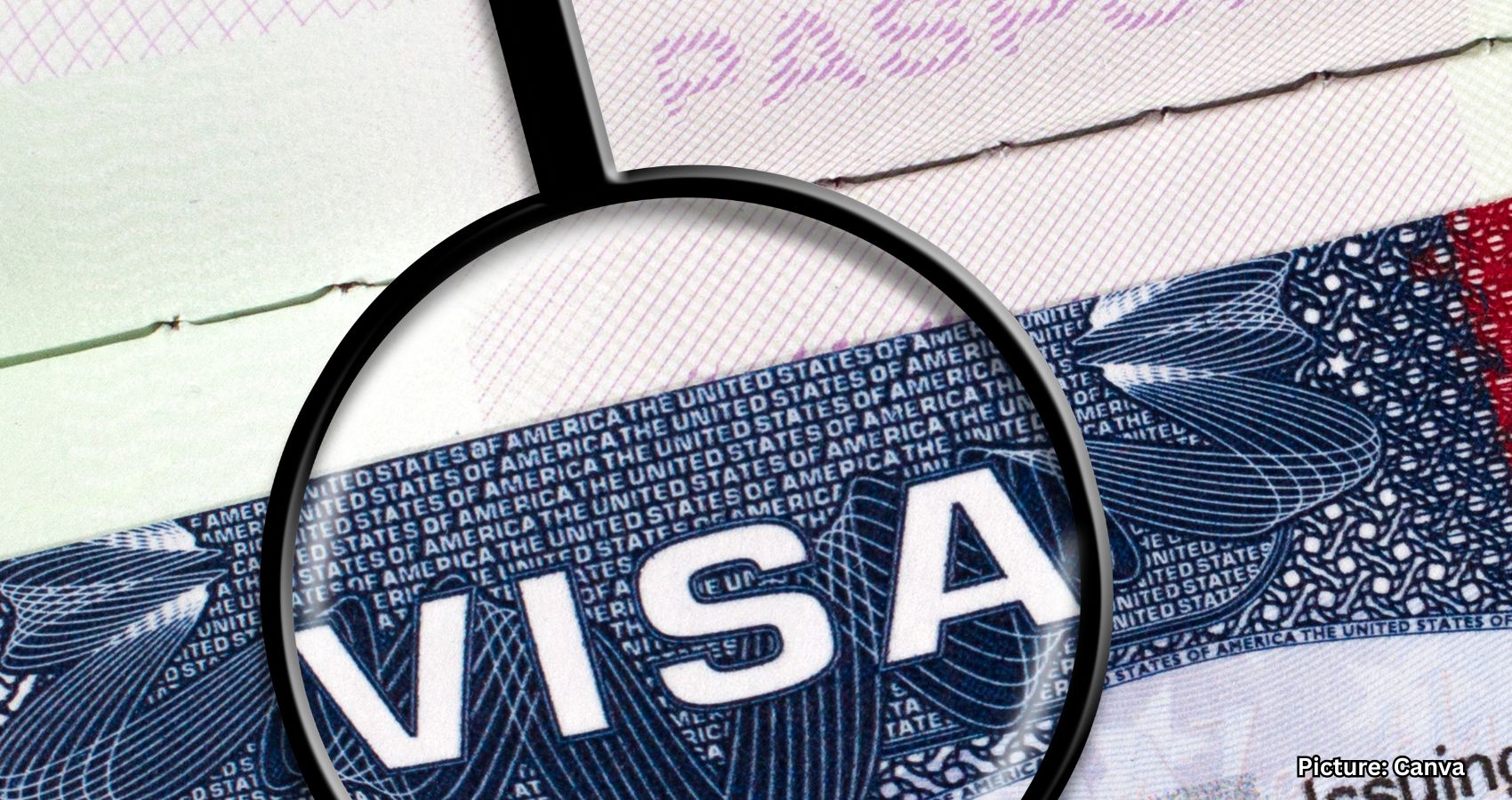
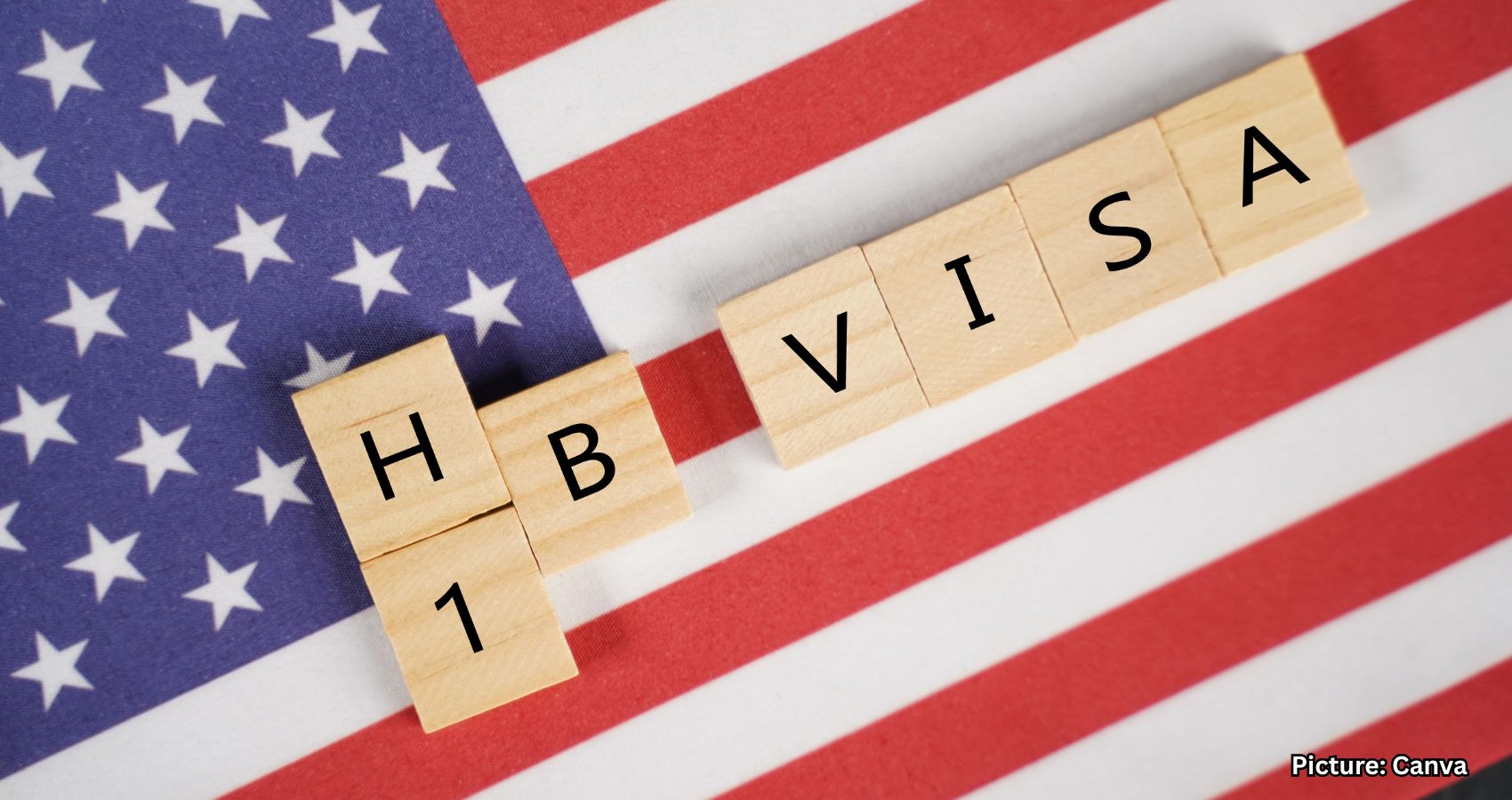
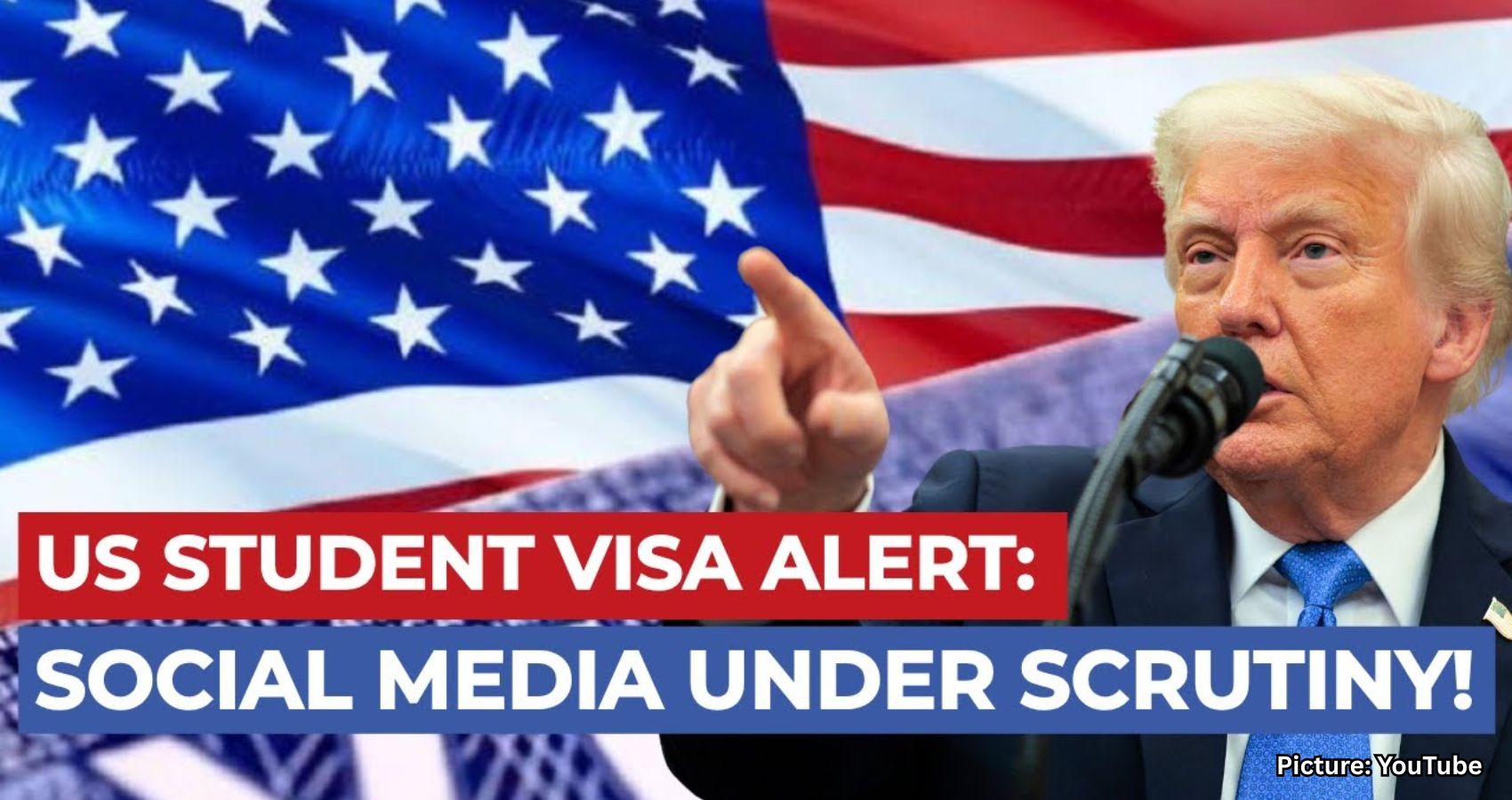

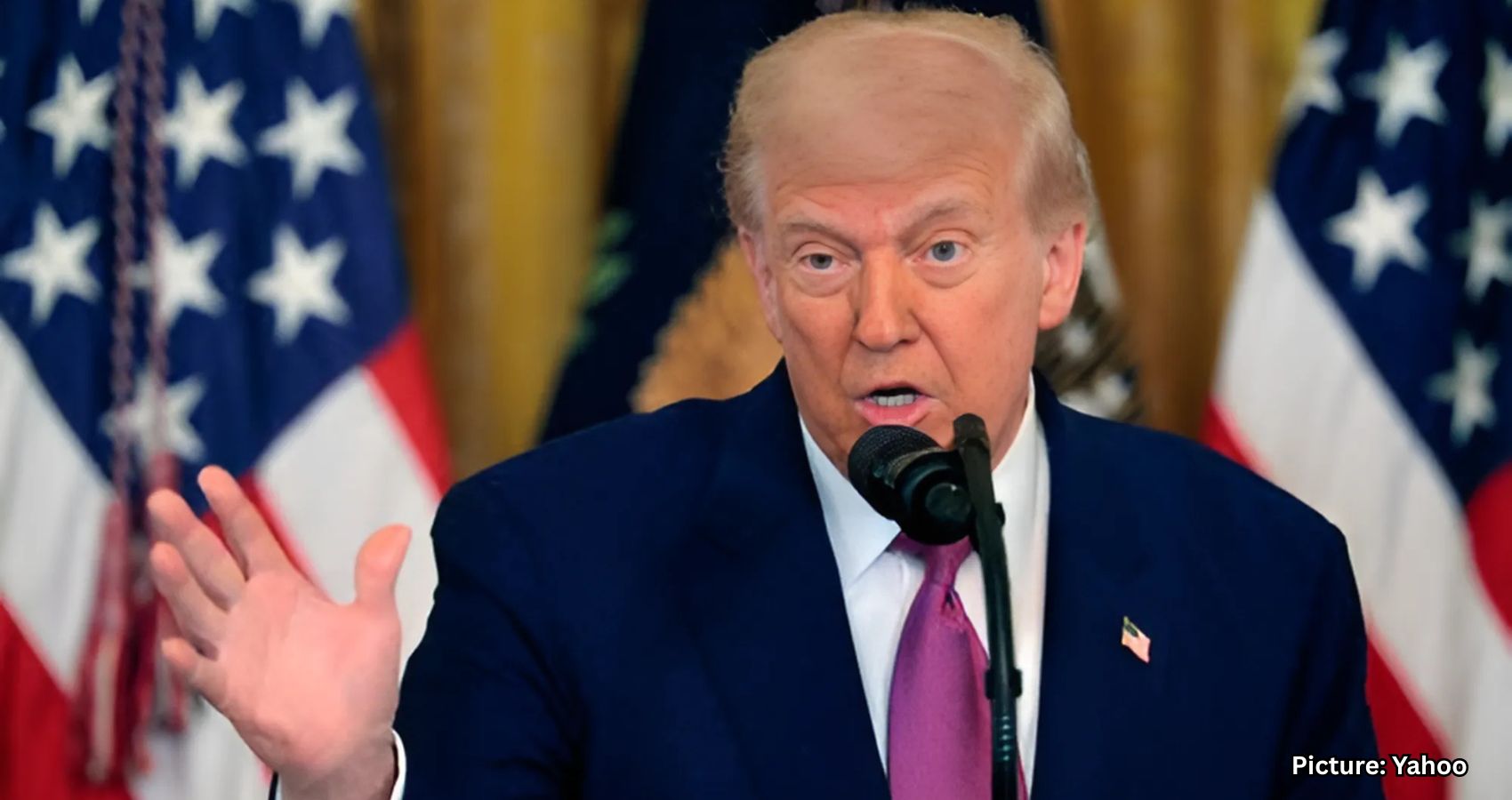
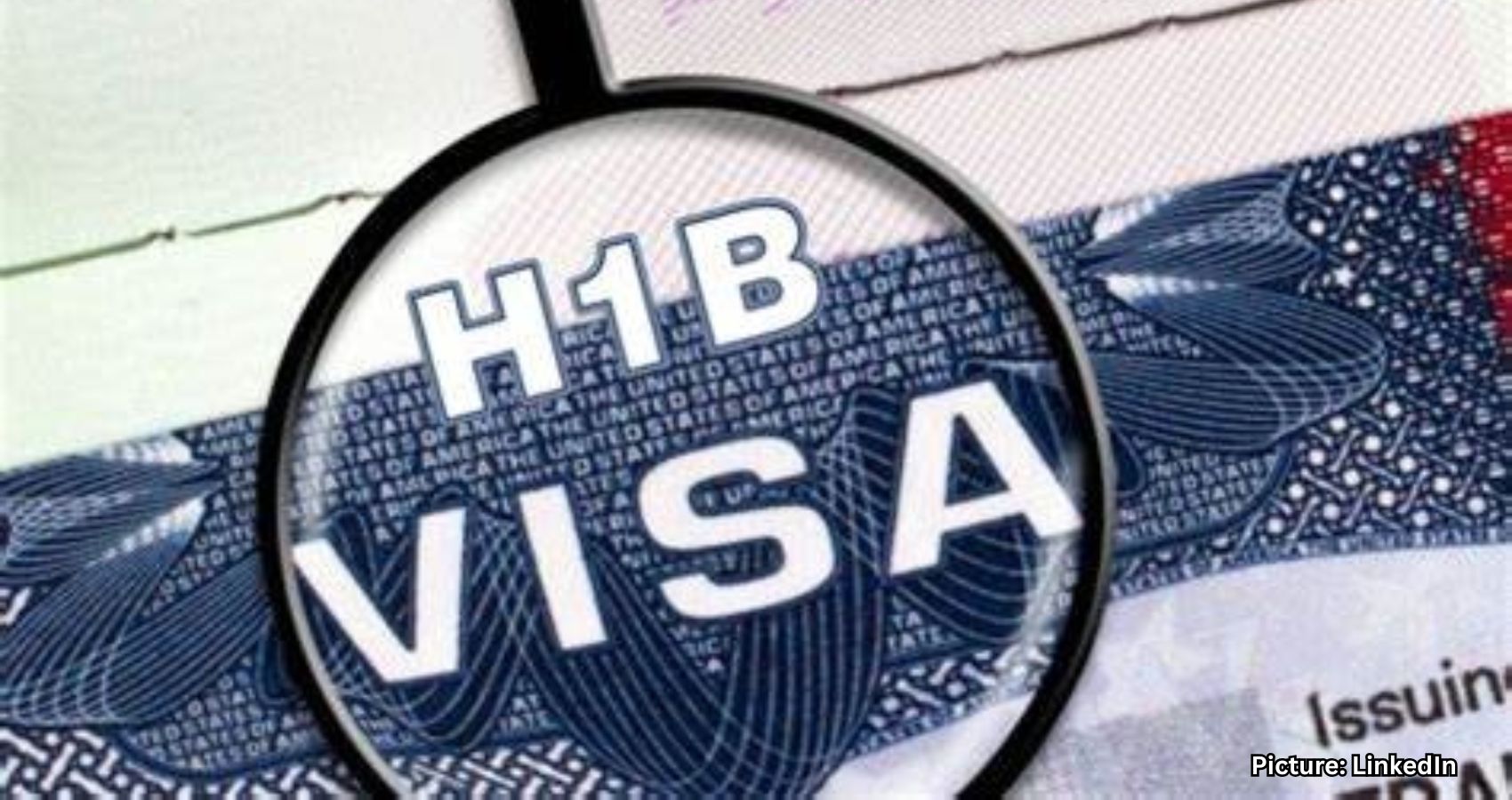
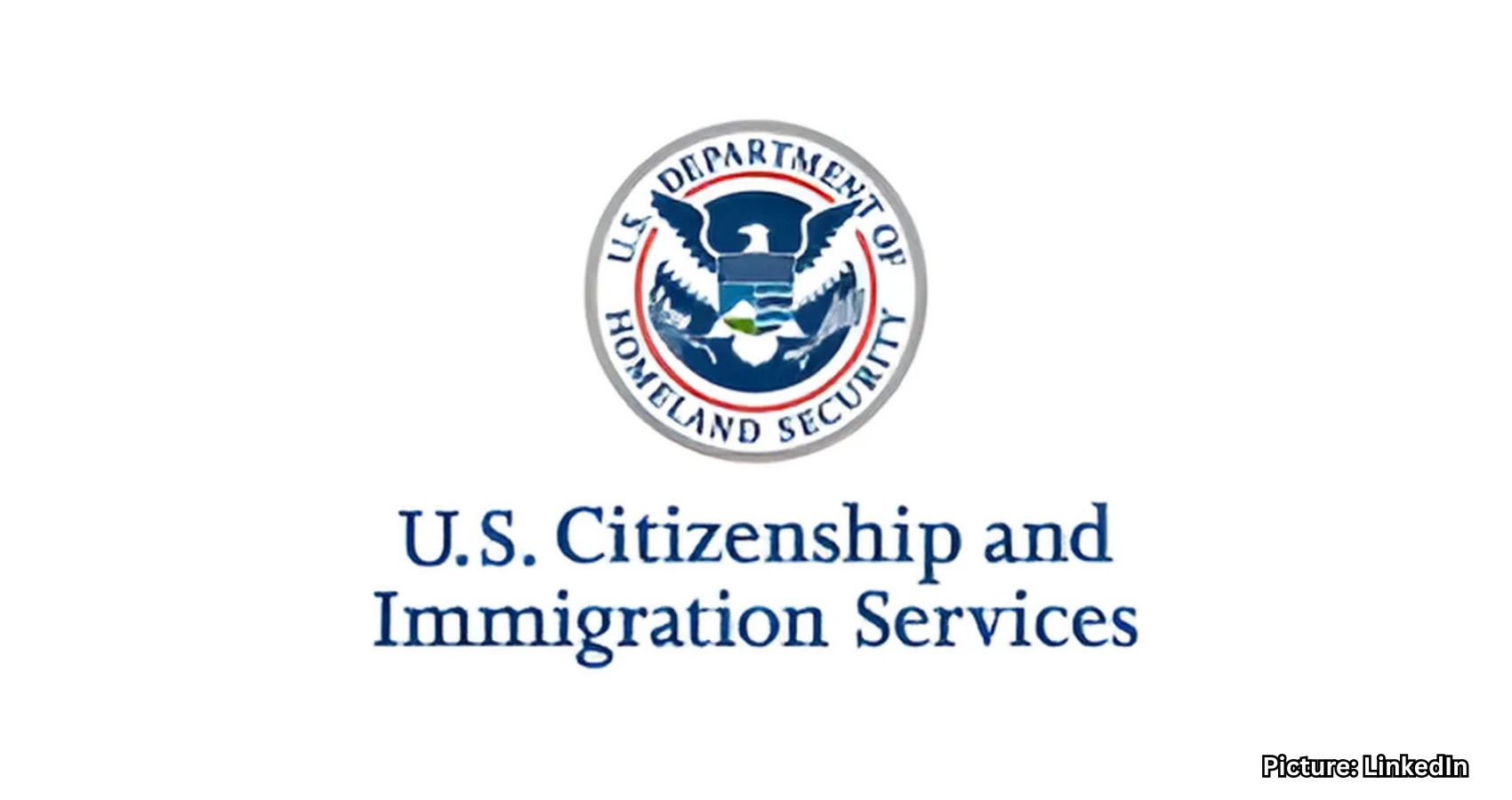
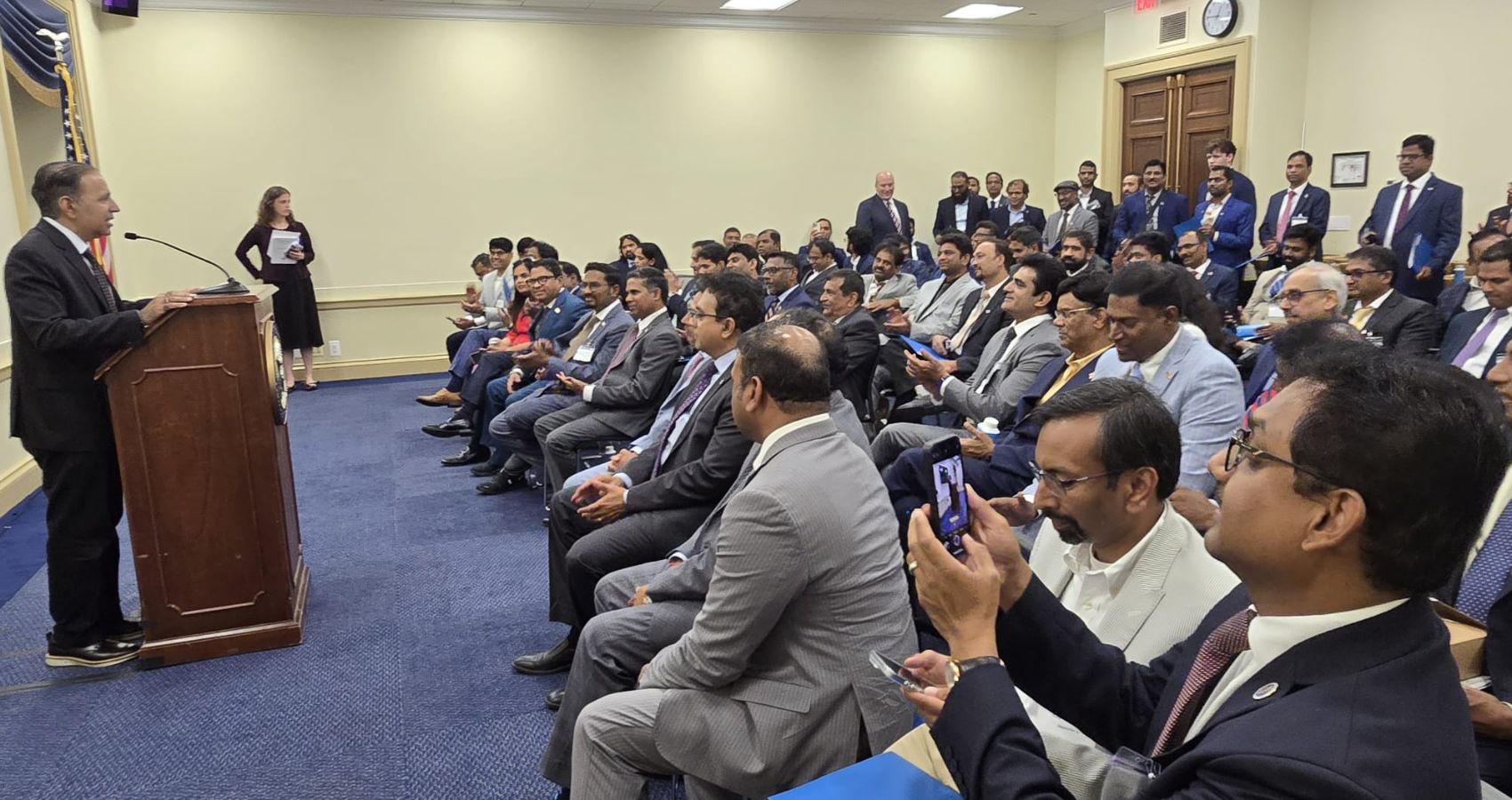
 ITServe Alliance leaders met with Rep. Jim Jordan, a Republican Congressman representing Ohio’s 4th District. The powerful Chairman of the House
ITServe Alliance leaders met with Rep. Jim Jordan, a Republican Congressman representing Ohio’s 4th District. The powerful Chairman of the House 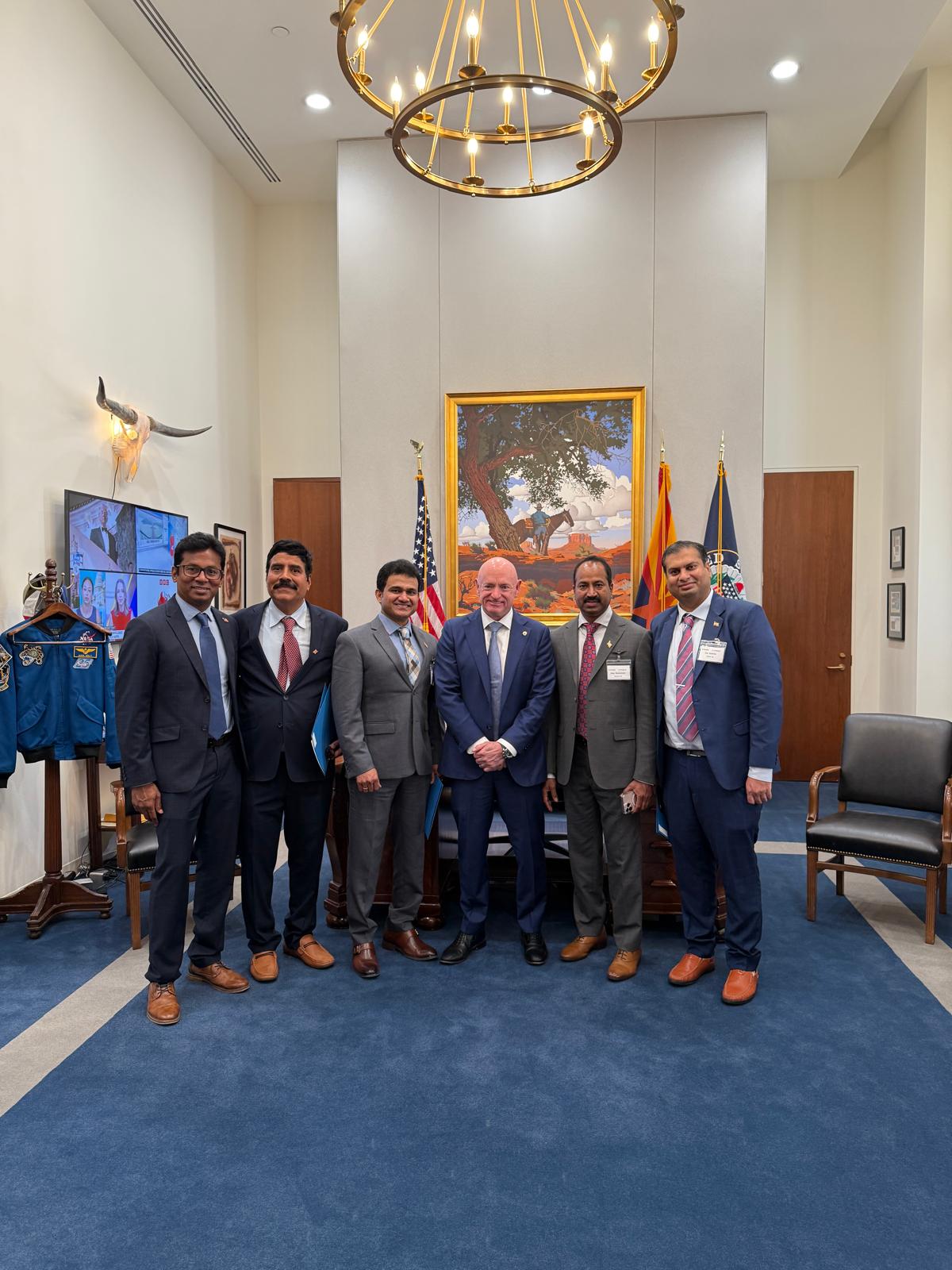
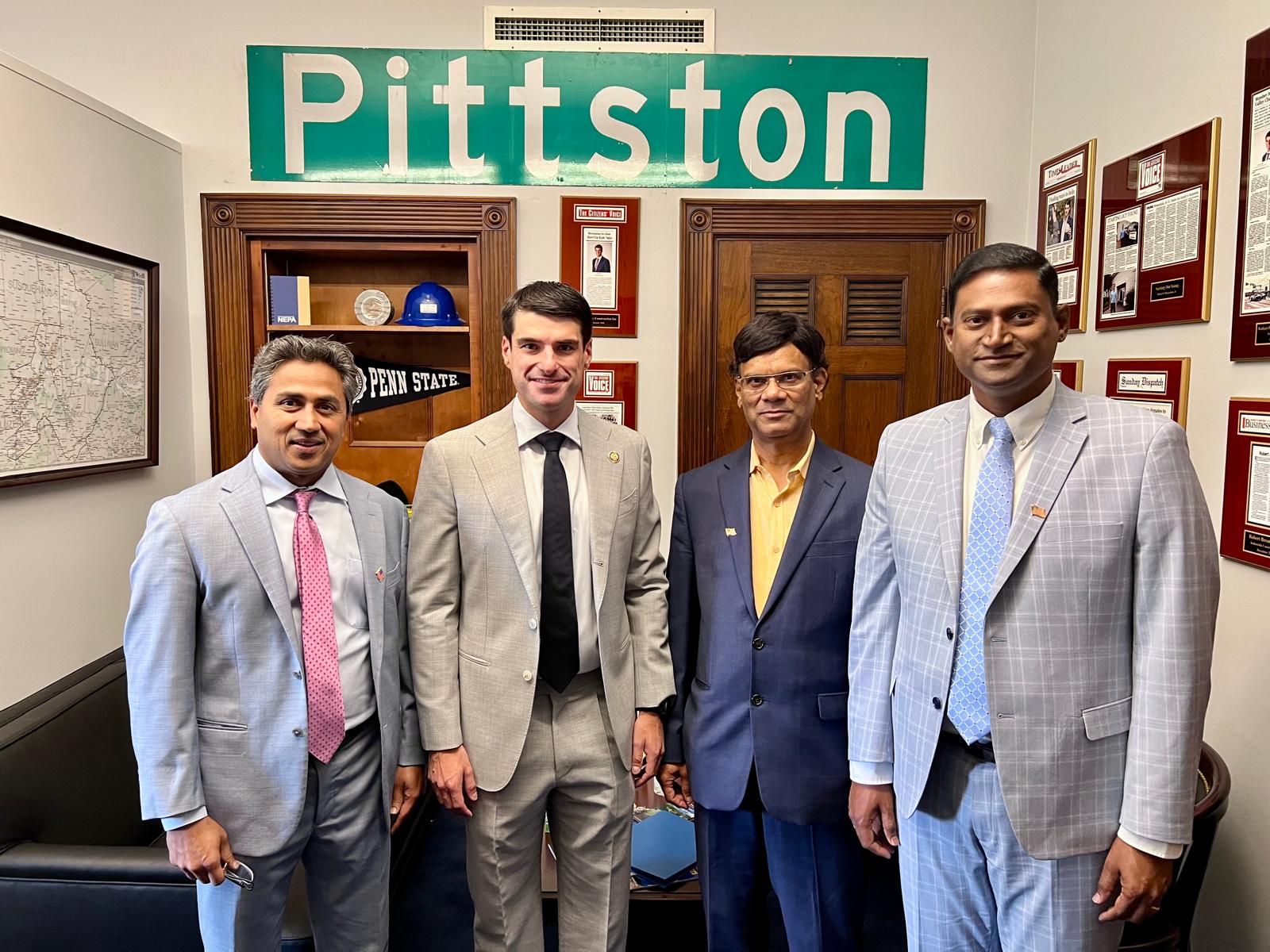 ITServe supports the HIRE ACT Bill (High Skilled Immigration Reform for Employment). Innovation, STEM education, and avoiding brain drain are the highlights of the Bill. Another area, where ITServe has focused is the STEM Program to promote the “American Ingenuity Account” to fund State-administered grants for STEM education and worker training. Enhancing the current H1B CAP limits – from 65,000 to 130,000 per year has been a major area where ITServe has placed its efforts in recent years.
ITServe supports the HIRE ACT Bill (High Skilled Immigration Reform for Employment). Innovation, STEM education, and avoiding brain drain are the highlights of the Bill. Another area, where ITServe has focused is the STEM Program to promote the “American Ingenuity Account” to fund State-administered grants for STEM education and worker training. Enhancing the current H1B CAP limits – from 65,000 to 130,000 per year has been a major area where ITServe has placed its efforts in recent years.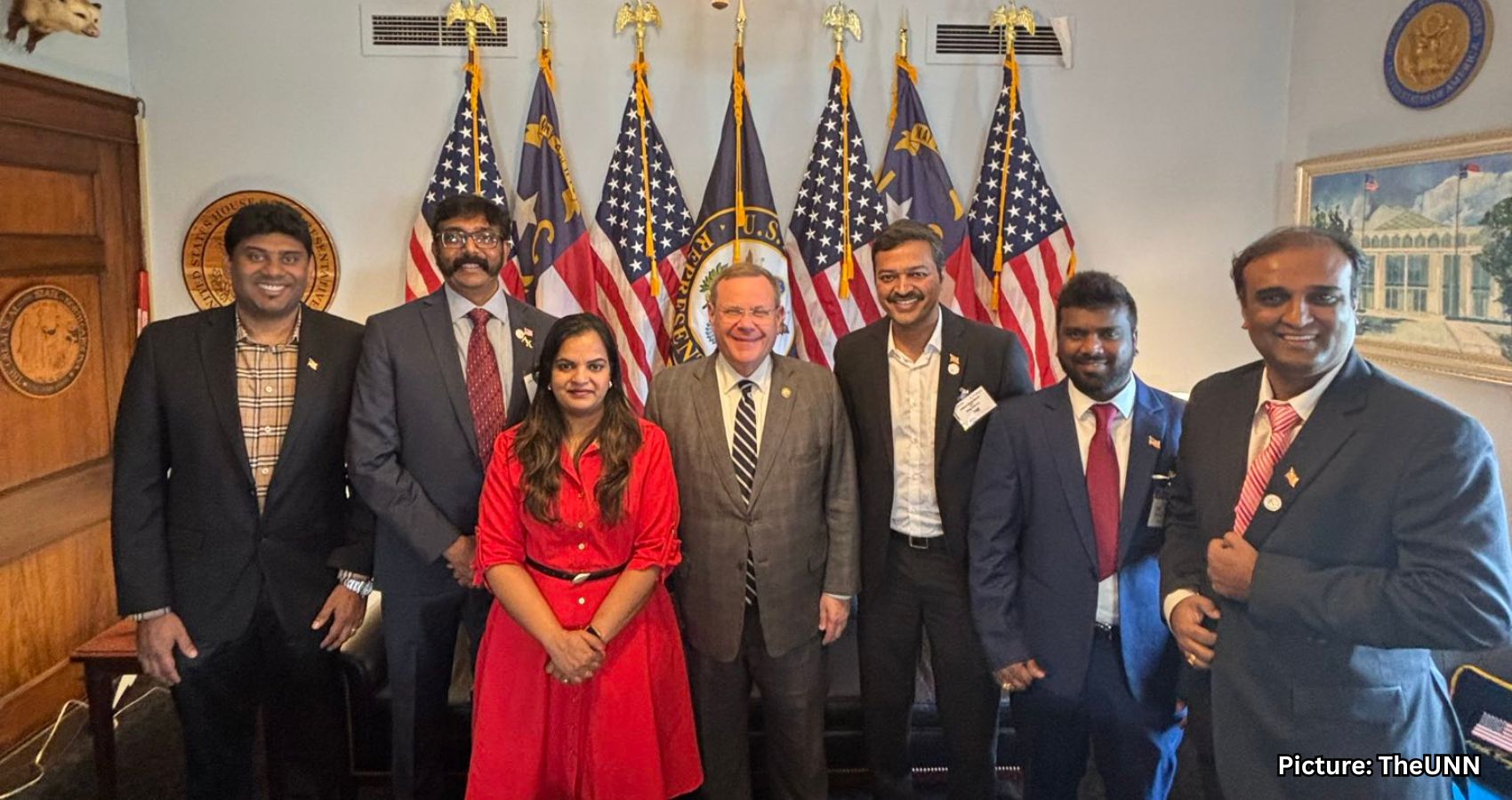 “The ITServe Alliance is consistently working to protect its members’ needs. To that end, ITServe Alliance, through its PAC teams, advocated on Capitol Hill and with the US Administration. Capitol Hill Day serves as a perfect platform to communicate our collective voice with key policymakers on important issues to our members,” added Amar Varada, ITServe Governing Board member.
“The ITServe Alliance is consistently working to protect its members’ needs. To that end, ITServe Alliance, through its PAC teams, advocated on Capitol Hill and with the US Administration. Capitol Hill Day serves as a perfect platform to communicate our collective voice with key policymakers on important issues to our members,” added Amar Varada, ITServe Governing Board member.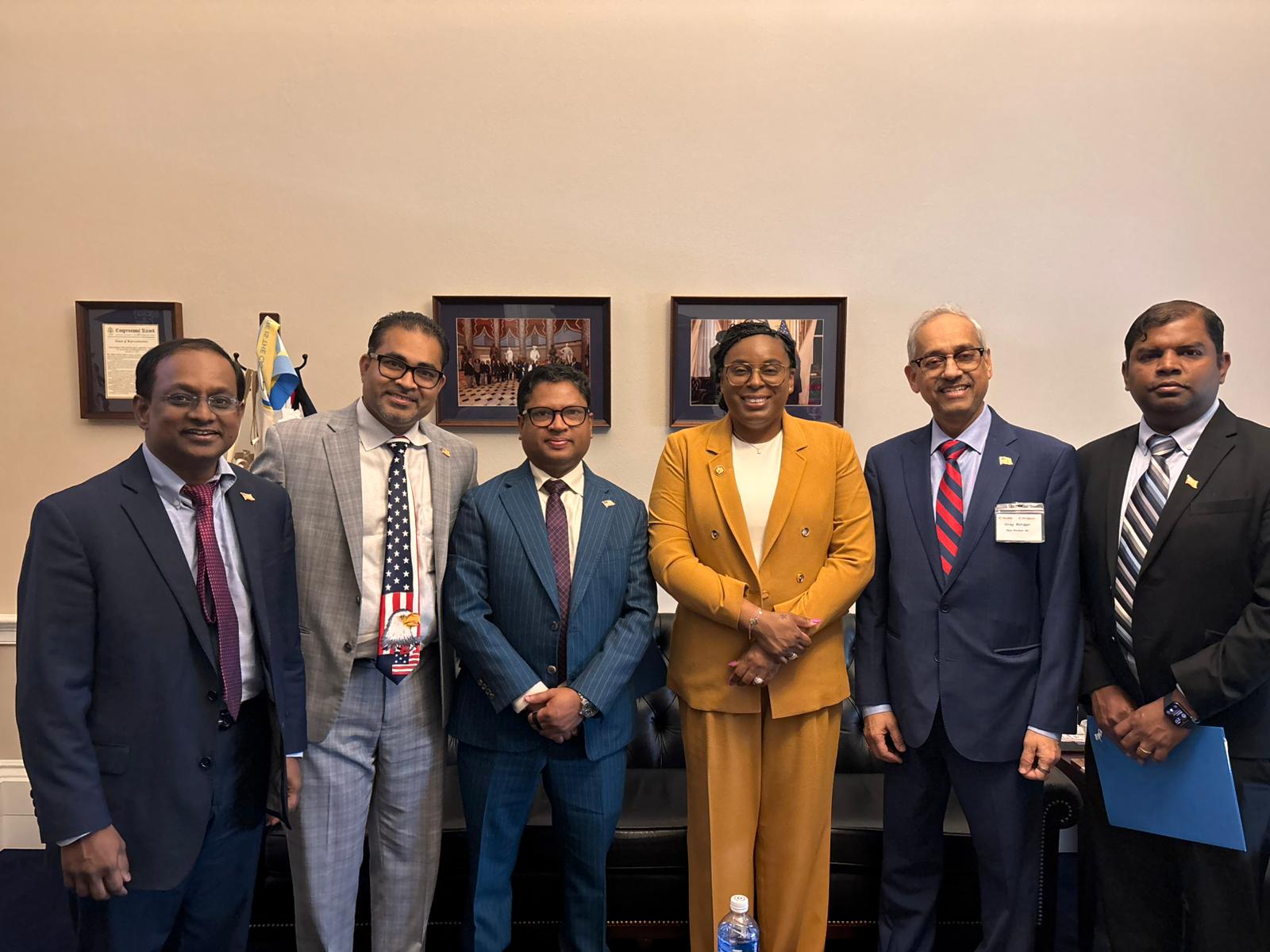
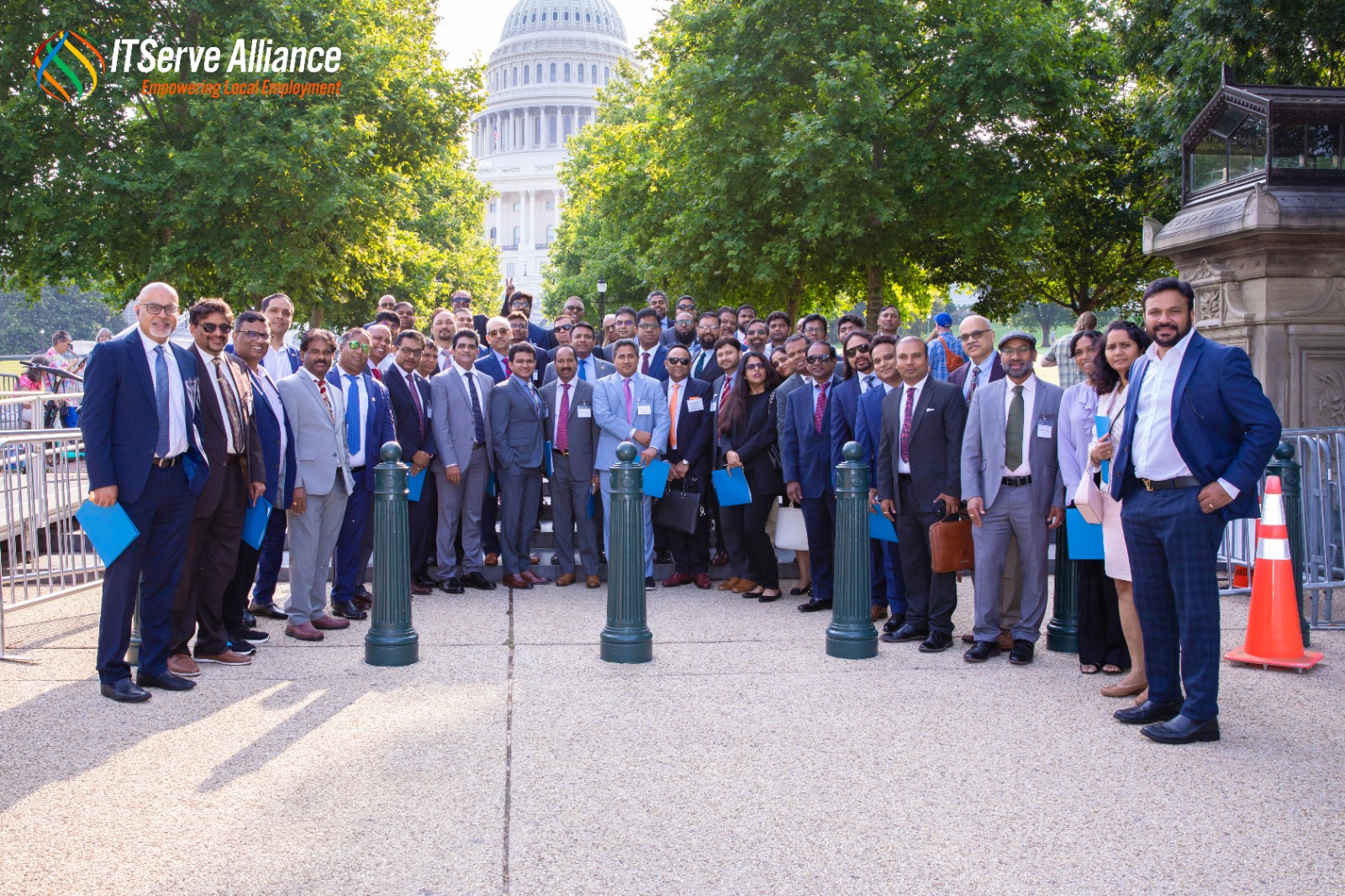 Rep. Krishnamoorthy lauded the contributions of ITServe members to the nation. He said, “I look at you today. You chose Team America. You come here and bless this country with your gifts, with your talents, with your energy, with your ideas, with your industry, with your ability to make it happen. And that’s what you did. You made your company, you hired people, you created jobs. And that’s what you’re trying to do over and over and over again. You’re trying to replicate that success.”
Rep. Krishnamoorthy lauded the contributions of ITServe members to the nation. He said, “I look at you today. You chose Team America. You come here and bless this country with your gifts, with your talents, with your energy, with your ideas, with your industry, with your ability to make it happen. And that’s what you did. You made your company, you hired people, you created jobs. And that’s what you’re trying to do over and over and over again. You’re trying to replicate that success.”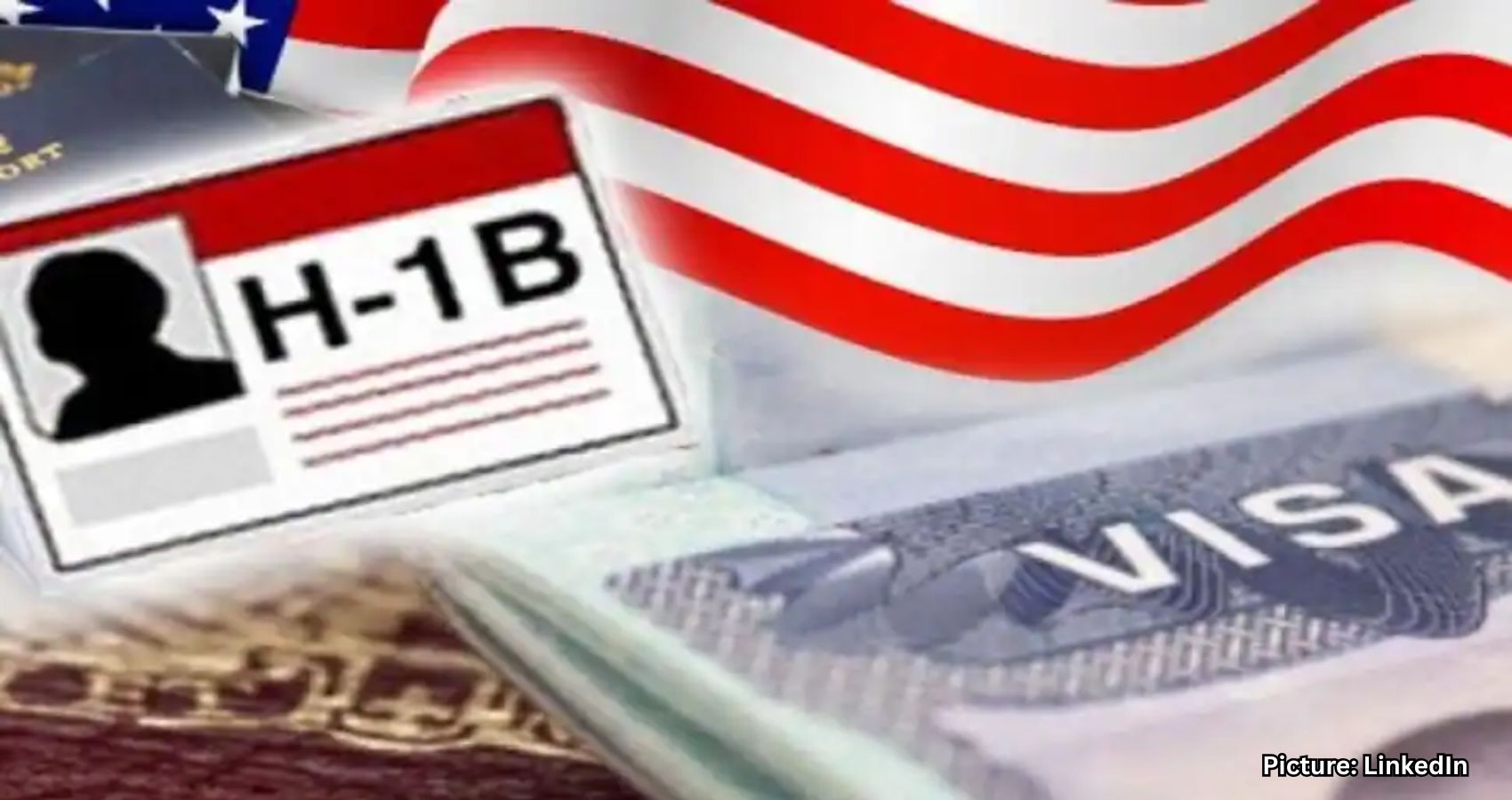
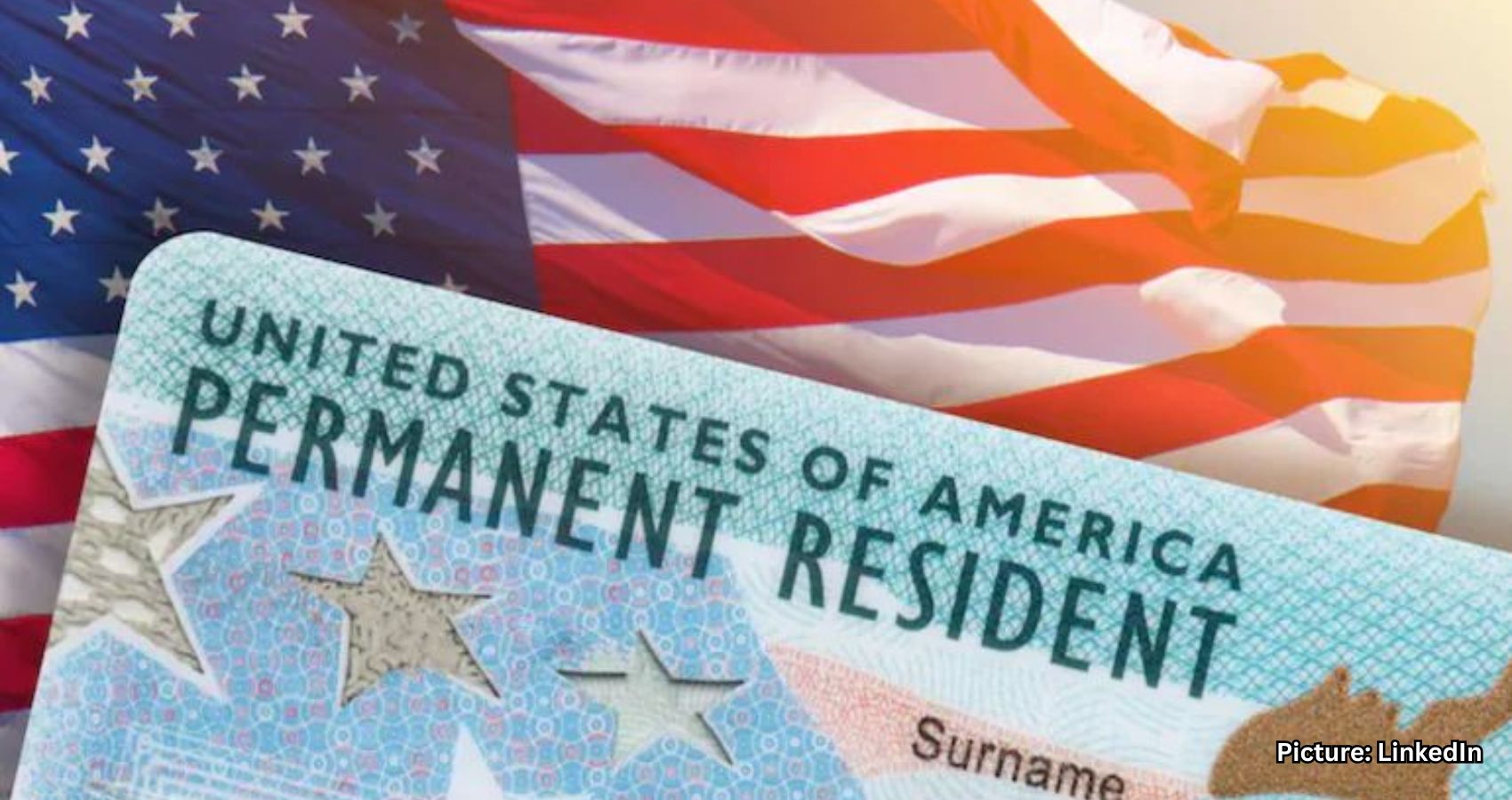

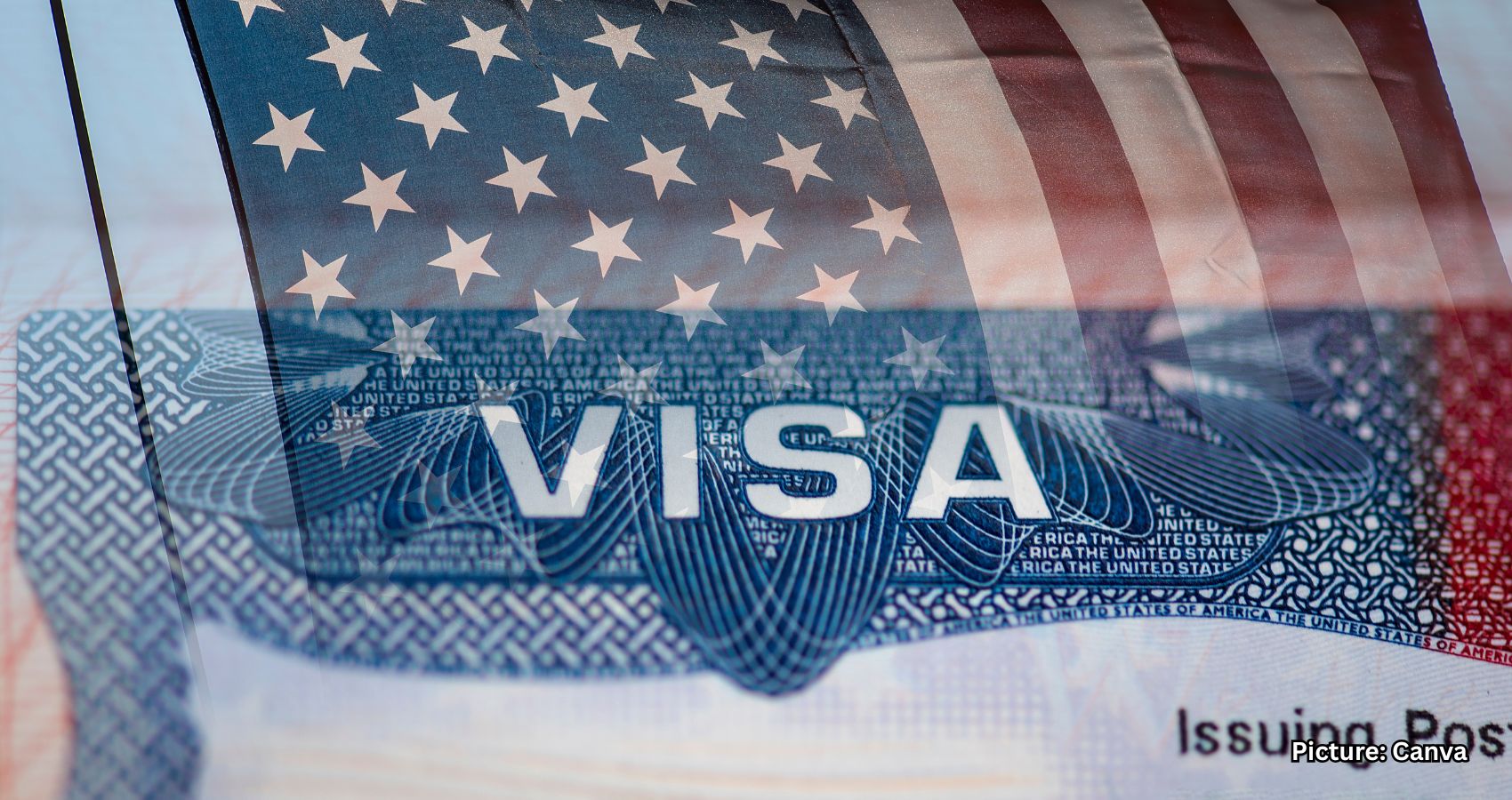

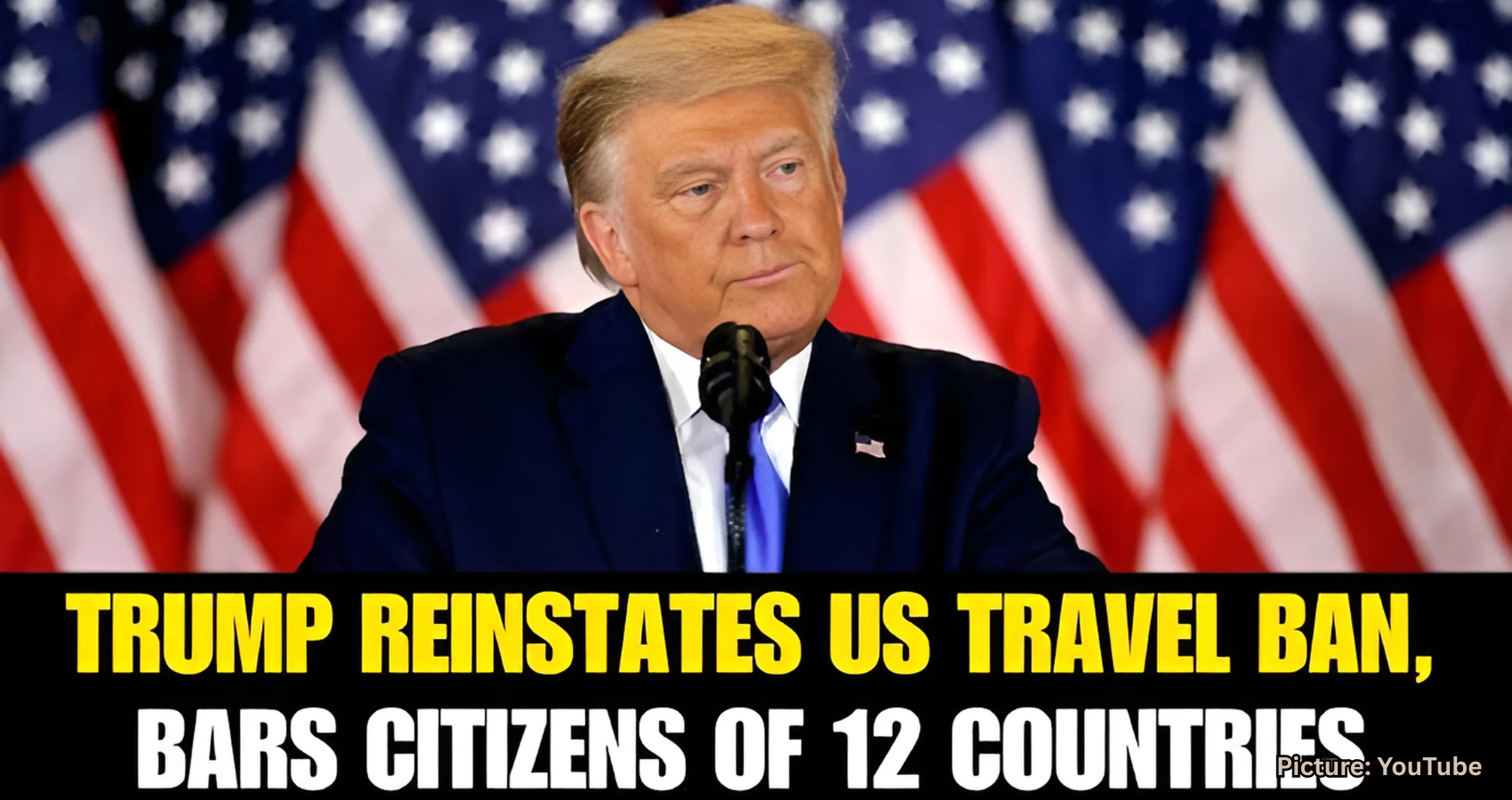
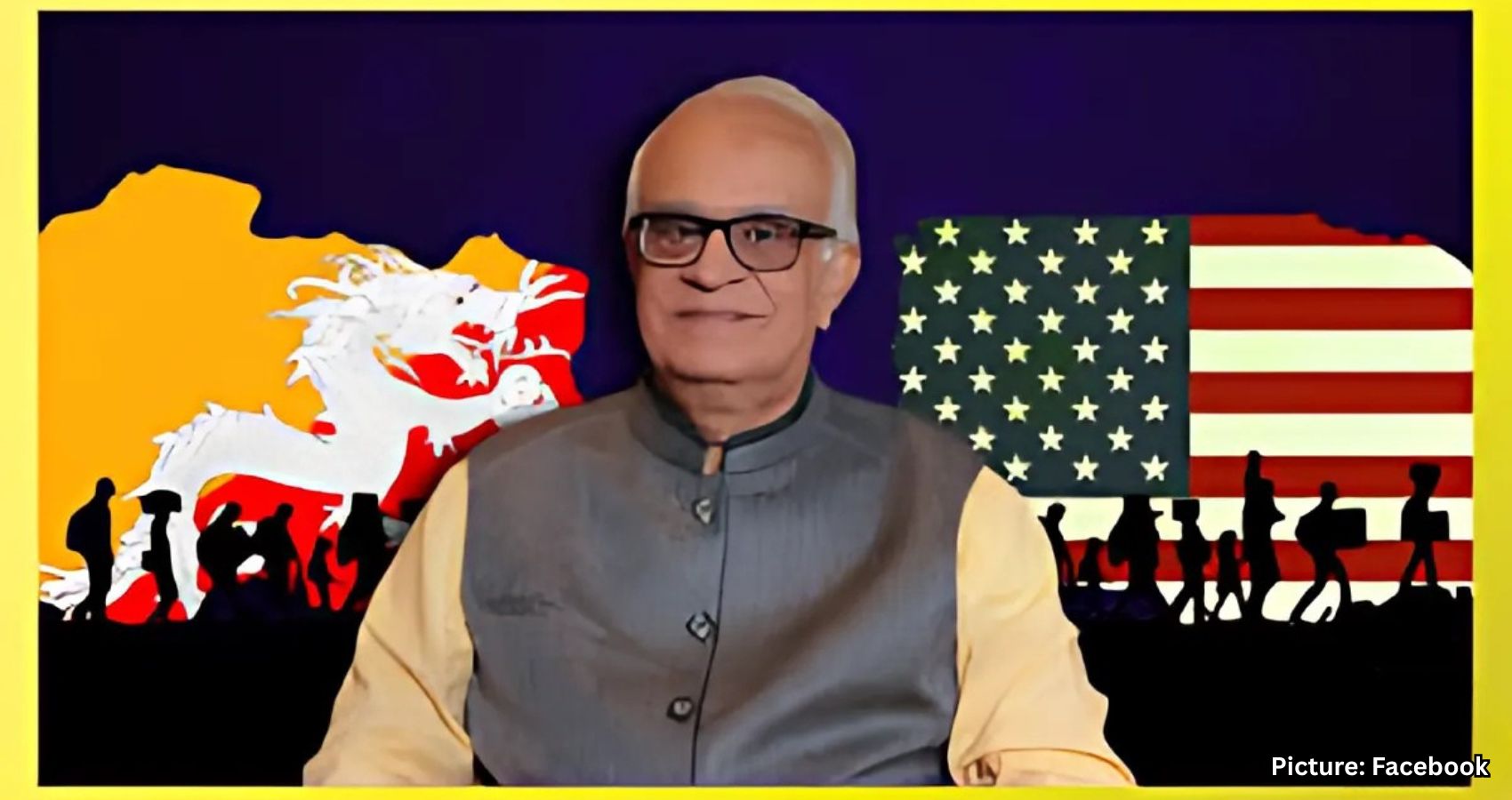


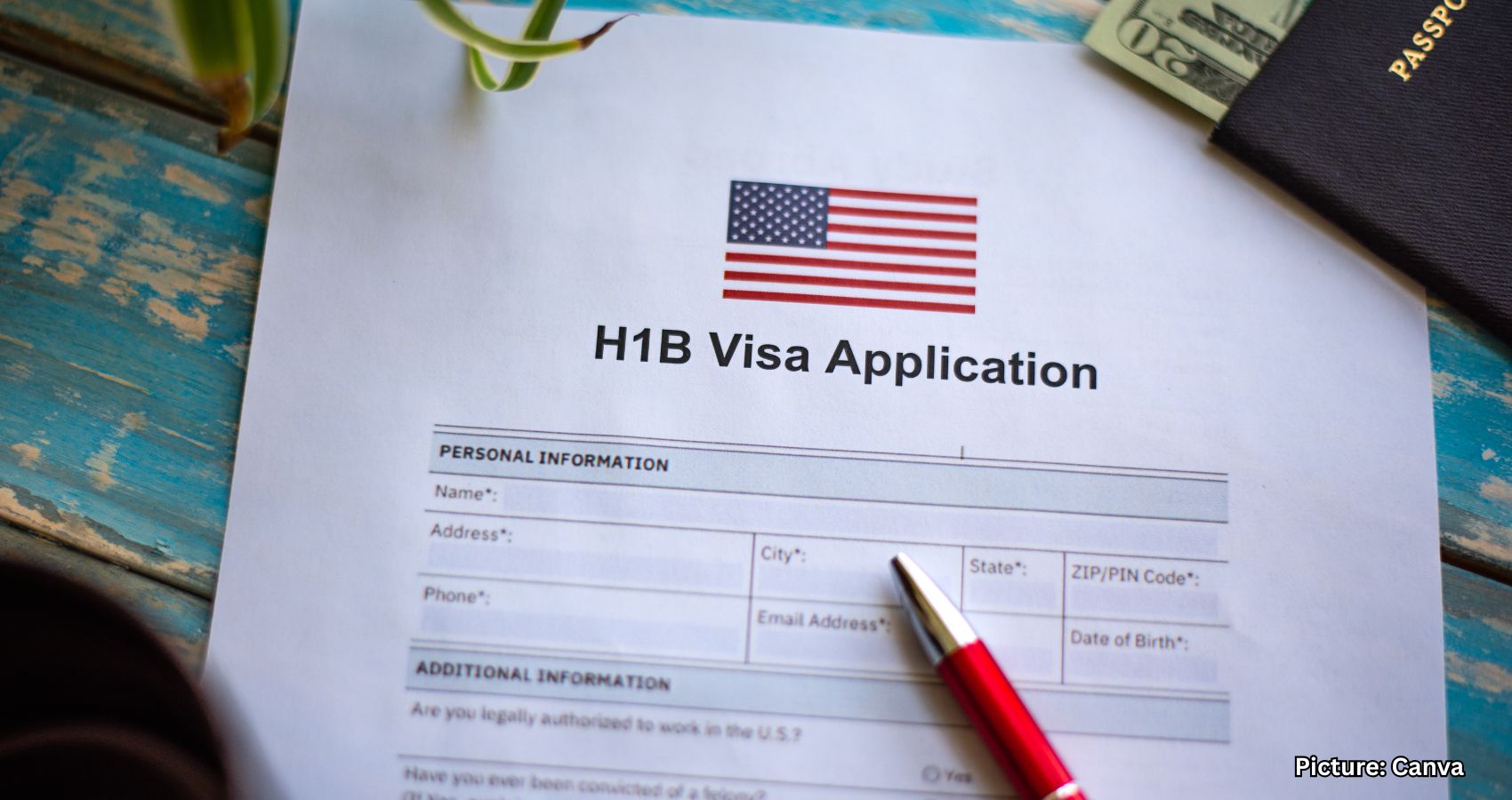
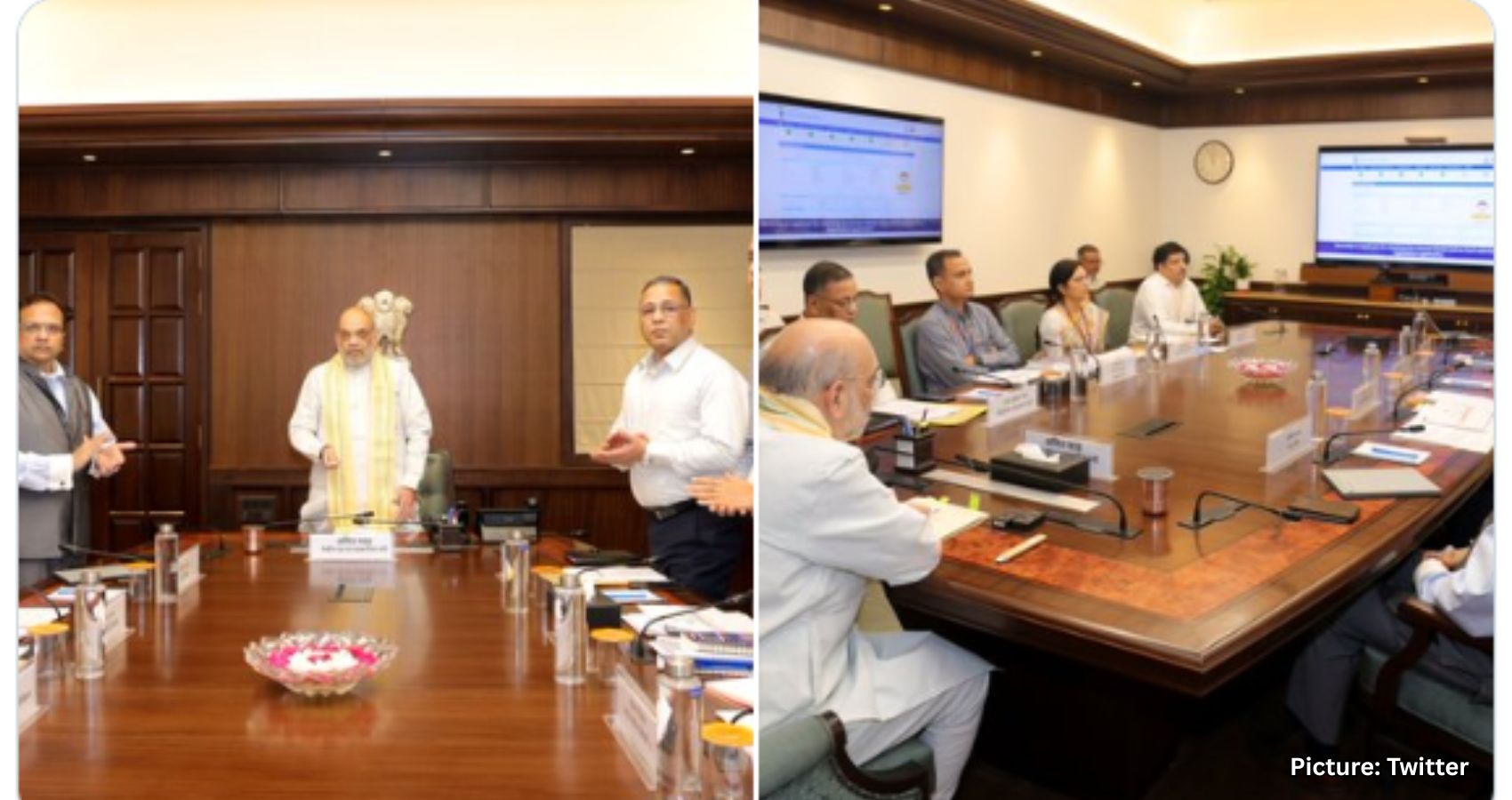
 “AAPI Legislative Day is a flagship annual event that is eagerly awaited to rekindle and renew our energy in bringing up the issues that we need to bring to the attention of national policy makers and leaders of the US Congress on Capitol Hill,” said Dr. Amit Chakrabarty, president-elect of AAPI. “It is a tradition of nearly three decades, which has brought many important transformations in National Healthcare policies that have helped Physicians of Indian Origin. Now, it is the need of the day to renew our friendship with new leadership under President Donald Trump and Vice President J D Vance and brief the Congressional leadership on issues that are important to us.”
“AAPI Legislative Day is a flagship annual event that is eagerly awaited to rekindle and renew our energy in bringing up the issues that we need to bring to the attention of national policy makers and leaders of the US Congress on Capitol Hill,” said Dr. Amit Chakrabarty, president-elect of AAPI. “It is a tradition of nearly three decades, which has brought many important transformations in National Healthcare policies that have helped Physicians of Indian Origin. Now, it is the need of the day to renew our friendship with new leadership under President Donald Trump and Vice President J D Vance and brief the Congressional leadership on issues that are important to us.”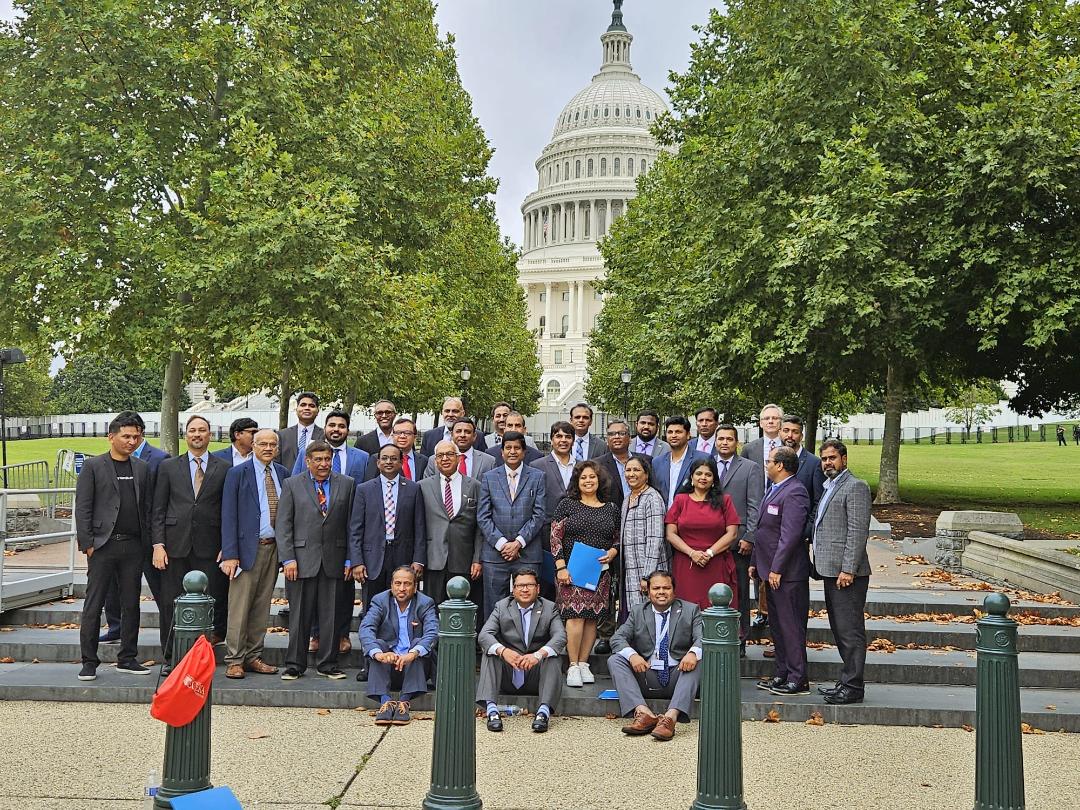 Anju Vallabhaneni, President of ITServe, while emphasizing the importance of Capitol Hill Day, said, “ITServe Alliance’s Capitol Hill Day will serve as a powerful platform in educating policymakers on the issues that are important to our members and the business community, ensuring our needs and views are reflected in policy debates and outcomes.”
Anju Vallabhaneni, President of ITServe, while emphasizing the importance of Capitol Hill Day, said, “ITServe Alliance’s Capitol Hill Day will serve as a powerful platform in educating policymakers on the issues that are important to our members and the business community, ensuring our needs and views are reflected in policy debates and outcomes.”